Isoquinolones as BTK inhibitors
Bosanac , et al. Feb
U.S. patent number 10,570,118 [Application Number 16/069,046] was granted by the patent office on 2020-02-25 for isoquinolones as btk inhibitors. This patent grant is currently assigned to Boehringer Ingelheim International GmbH. The grantee listed for this patent is Boehringer Ingelheim International GmbH. Invention is credited to Joerg Bentzien, Todd Bosanac, Michael Jason Burke, Darren Todd DiSalvo, Wang Mao, Fariba Soleymanzadeh, John A. Westbrook, Zhaoming Xiong.
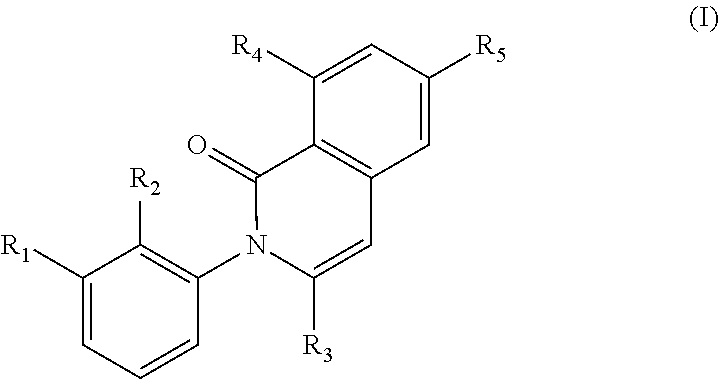
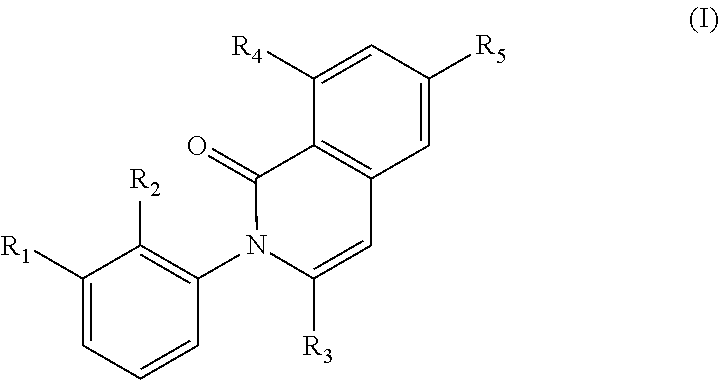

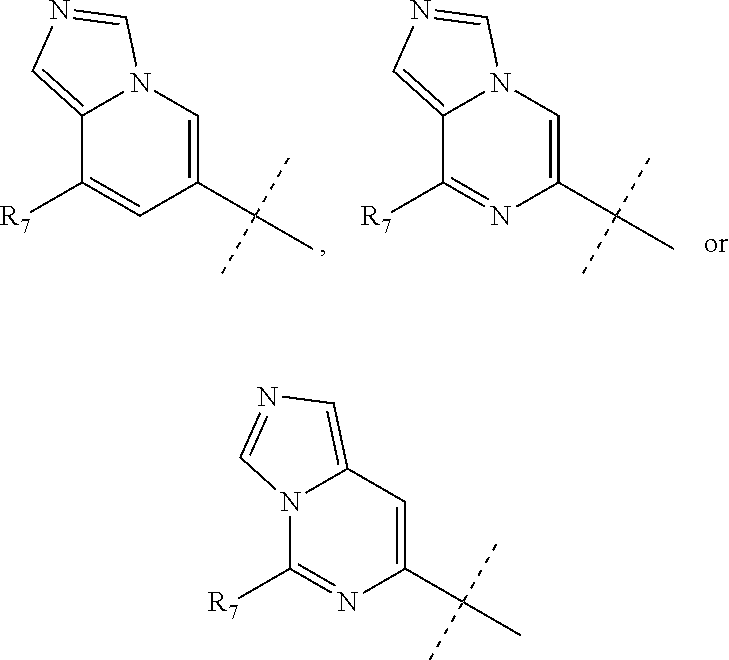
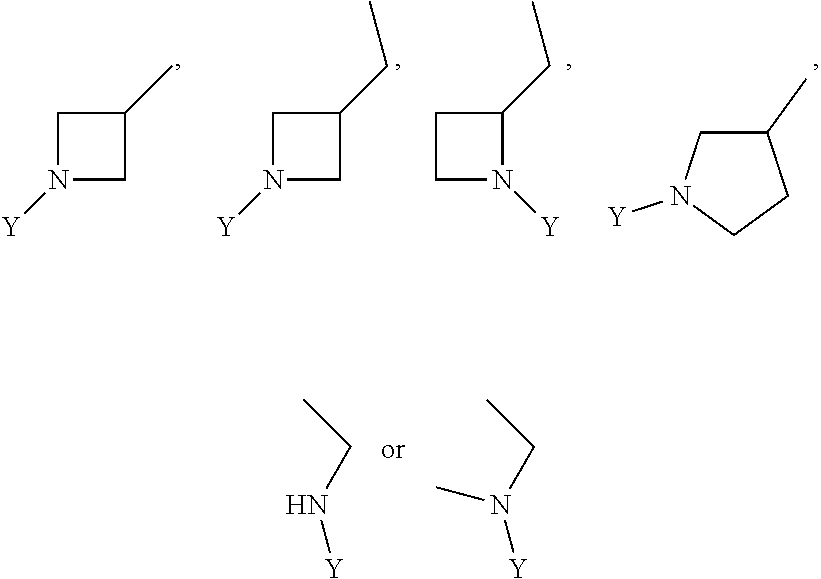
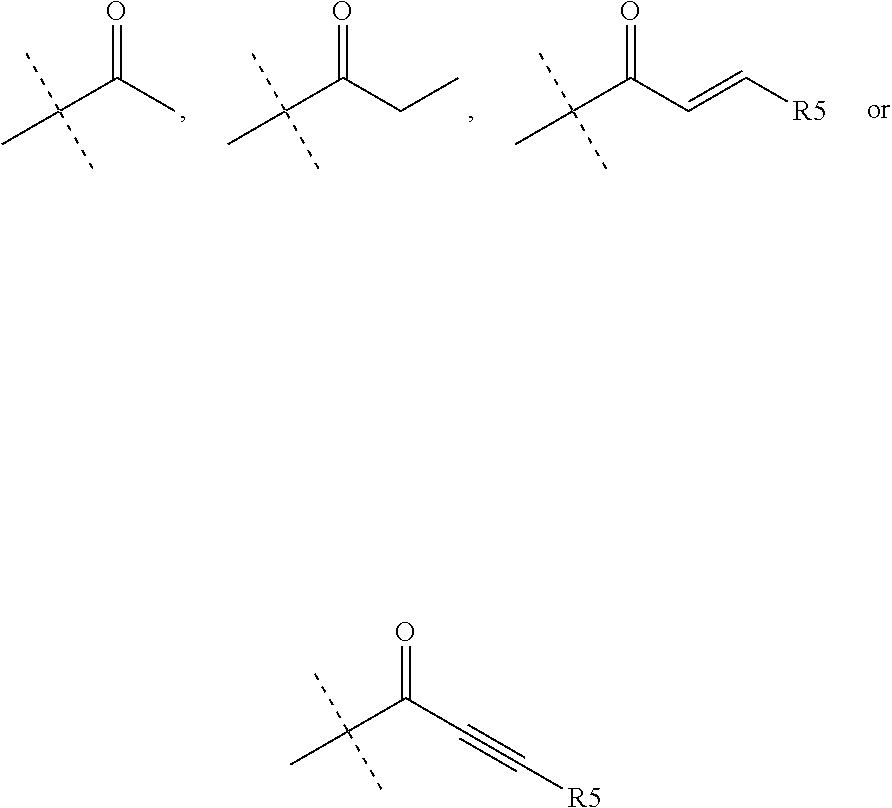
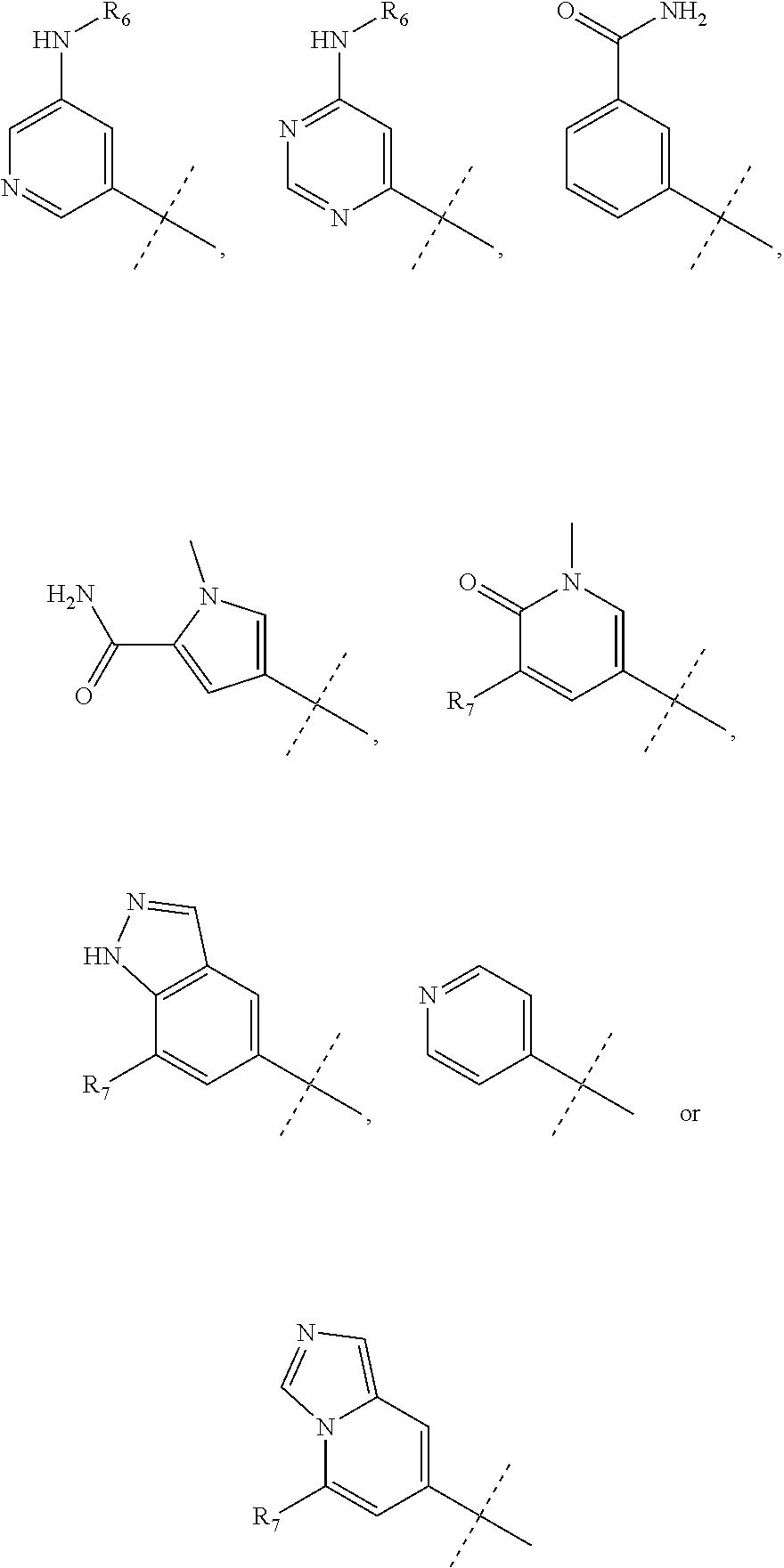
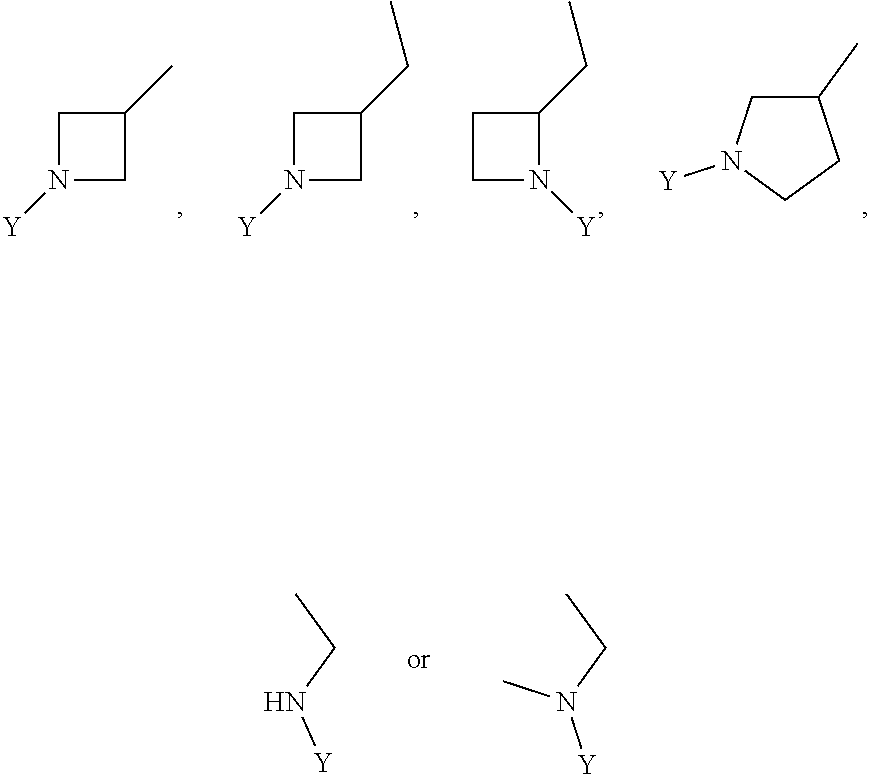
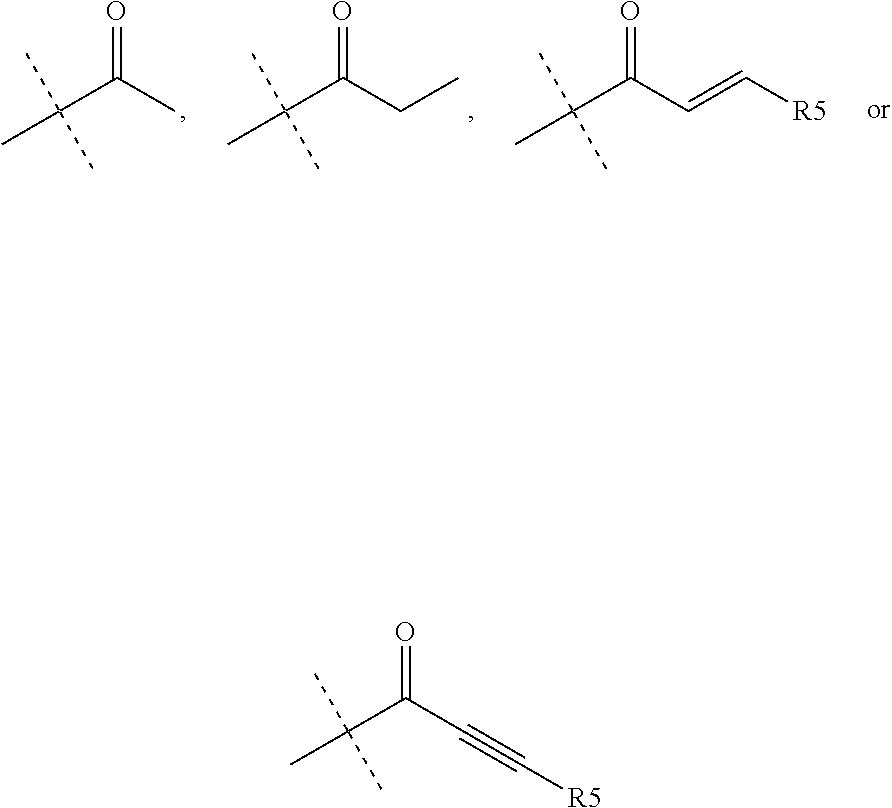
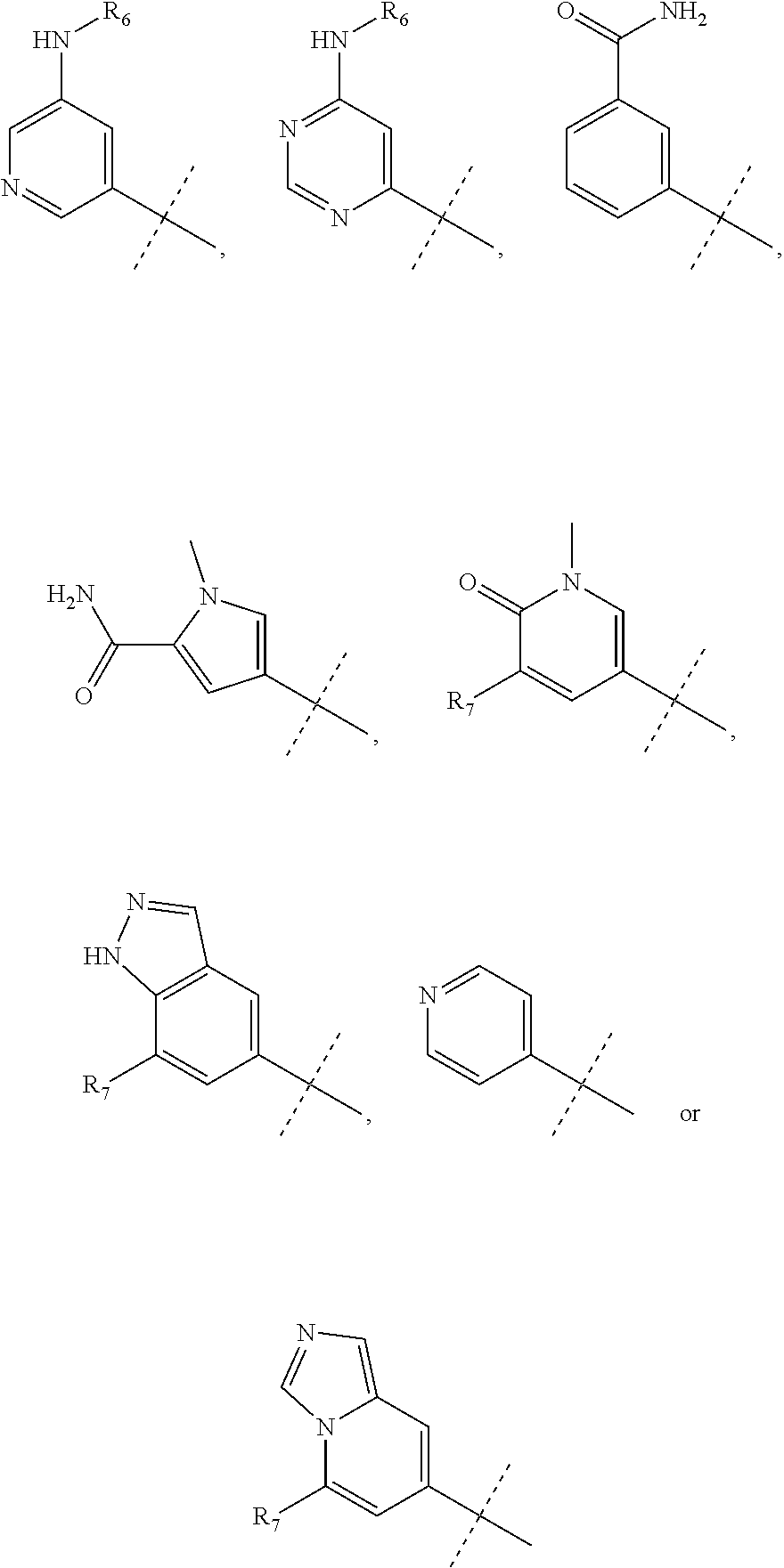
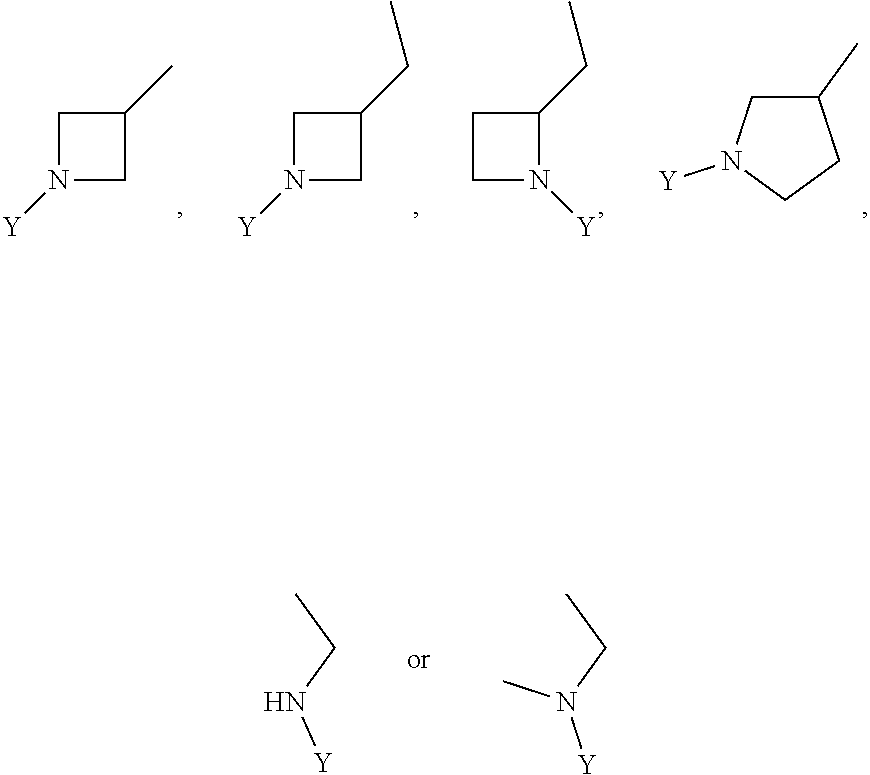
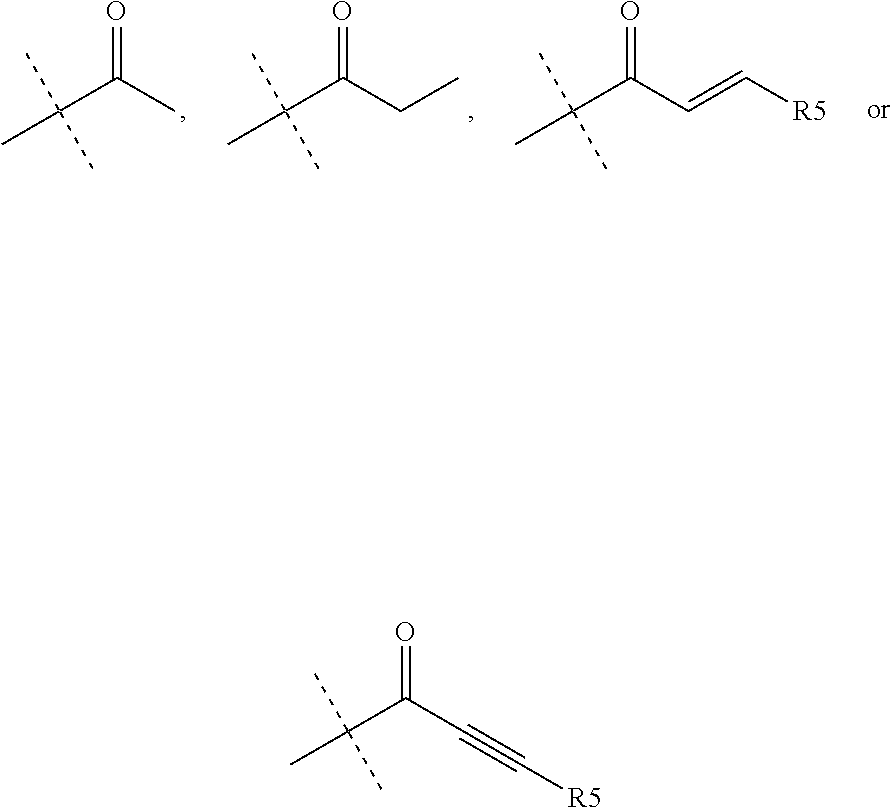
View All Diagrams
| United States Patent | 10,570,118 |
| Bosanac , et al. | February 25, 2020 |
Isoquinolones as BTK inhibitors
Abstract
The present invention encompasses compounds of the formula (I) wherein the groups R1, R2, R3, R4 and R5 are defined herein, which are suitable for the treatment of diseases related to Bruton's tyrosine kinase (BTK), and processes for making these compounds, pharmaceutical preparations containing these compounds, and their methods of use. ##STR00001##
| Inventors: | Bosanac; Todd (New Milford, CT), Bentzien; Joerg (White Plains, NY), Burke; Michael Jason (Newtown, CT), DiSalvo; Darren Todd (New Milford, CT), Mao; Wang (Milford, CT), Soleymanzadeh; Fariba (Danbury, CT), Westbrook; John A. (Woodbridge, CT), Xiong; Zhaoming (Ridgefield, CT) | ||||||||||
|---|---|---|---|---|---|---|---|---|---|---|---|
| Applicant: |
|
||||||||||
| Assignee: | Boehringer Ingelheim International
GmbH (Ingelheim am Rhein, DE) |
||||||||||
| Family ID: | 57907002 | ||||||||||
| Appl. No.: | 16/069,046 | ||||||||||
| Filed: | January 12, 2017 | ||||||||||
| PCT Filed: | January 12, 2017 | ||||||||||
| PCT No.: | PCT/US2017/013100 | ||||||||||
| 371(c)(1),(2),(4) Date: | July 10, 2018 | ||||||||||
| PCT Pub. No.: | WO2017/123695 | ||||||||||
| PCT Pub. Date: | July 20, 2017 |
Prior Publication Data
| Document Identifier | Publication Date | |
|---|---|---|
| US 20190023686 A1 | Jan 24, 2019 | |
Related U.S. Patent Documents
| Application Number | Filing Date | Patent Number | Issue Date | ||
|---|---|---|---|---|---|
| 62278085 | Jan 13, 2016 | ||||
| Current U.S. Class: | 1/1 |
| Current CPC Class: | C07D 401/10 (20130101); C07D 401/04 (20130101); A61P 19/00 (20180101); C07D 471/04 (20130101); C07D 401/06 (20130101); C07D 401/14 (20130101); A61P 37/00 (20180101) |
| Current International Class: | C07D 401/04 (20060101); C07D 471/04 (20060101); C07D 401/14 (20060101); C07D 487/04 (20060101); C07D 401/10 (20060101); A61K 31/4725 (20060101) |
References Cited [Referenced By]
U.S. Patent Documents
| 7560571 | July 2009 | Ronan et al. |
| 8377946 | February 2013 | Chen et al. |
| 8557803 | October 2013 | Yamamoto et al. |
| 9926299 | March 2018 | Han et al. |
| 9975882 | May 2018 | Bosanac et al. |
| 2004/0198986 | October 2004 | Adams et al. |
| 2008/0045542 | February 2008 | Ronan et al. |
| 2008/0076921 | March 2008 | Honigberg et al. |
| 2009/0012309 | January 2009 | Adams et al. |
| 2011/0003806 | January 2011 | Hirose et al. |
| 2014/0045813 | February 2014 | Bentzien et al. |
| 2016/0207906 | July 2016 | Kawahata et al. |
| 2016/0340339 | November 2016 | Bentzien et al. |
| 2784647 | Jul 2011 | CA | |||
| 2543375 | Jan 2013 | EP | |||
| 199740019 | Oct 1997 | WO | |||
| 2003015776 | Feb 2003 | WO | |||
| 2007117692 | Oct 2007 | WO | |||
| 2008039218 | Apr 2008 | WO | |||
| 2008121742 | Oct 2008 | WO | |||
| 2010012690 | Feb 2010 | WO | |||
| 2010055304 | May 2010 | WO | |||
| 2010090716 | Aug 2010 | WO | |||
| 2011082732 | Jul 2011 | WO | |||
| 2011152351 | Dec 2011 | WO | |||
| 2012021615 | Feb 2012 | WO | |||
| 2012156334 | Nov 2012 | WO | |||
| 2013113097 | Aug 2013 | WO | |||
| 2013157022 | Oct 2013 | WO | |||
| 2014025976 | Feb 2014 | WO | |||
| 2014040965 | Mar 2014 | WO | |||
| 2014068527 | May 2014 | WO | |||
| 2014082598 | Jun 2014 | WO | |||
| 2015033888 | Mar 2015 | WO | |||
Other References
|
Hartkamp et al. International Journal of Interferon, Cytokine and Mediator Research 2015:7 27-34. (Year: 2015). cited by examiner . Seiler et al. Expert Opinion on Investigational Drugs, 2017 vol. 26, No. 8, 909-915 (Year: 2017). cited by examiner . Abstract in English for WO 2011/082732, publication date Jul. 14, 2011. cited by applicant . Akinleye, A. et al., "Ibrutinib and novel BTK inhibitors in clinical develoopment." Journal of Hematology & Oncology, 2013, 6:59, pp. 1-9. cited by applicant . Chakravarty, S. et al., "Kinase inhibitors: A new tool for the treatment of rheumatoid arthritis." Clinical Immunology, 2013, vol. 148, pp. 66-78. cited by applicant . International Search Report and Written Opinion for PCT/US2013/054096 dated Sep. 30, 2013. cited by applicant . International Search Report and Written Opinion for PCT/US2014/026113, dated Jun. 2, 2014. cited by applicant . International Search Report and Written Opinion for PCT/US2014/026966, dated Jul. 22, 2014. cited by applicant . International Search Report and Written Opinion for PCT/US2015/012590 dated Mar. 25, 2015. cited by applicant . International Search Report for PCT/US2015/012590 dated Mar. 25, 2015. cited by applicant . International Search Report PCT/US2016/066799 dated Jul. 12, 2017. 4 pgs. cited by applicant . International Search Report PCT/US2017/013100 dated Mar. 2, 2017. cited by applicant . Summary of Pfizer Oral Presentation, "Targeted covalent reversible inhibitors for Bruton's Tyrosine Kinase." Presented by Suvit Thaisrivongs on Apr. 16, 2013. cited by applicant . Whang, J. et al., "Bruton's tyrosine kinase inhibitors for the treatment of rheumatoid arthritis." Drug Discovery Today, 2014, pp. 1-5. cited by applicant. |
Primary Examiner: Bernhardt; Emily A
Attorney, Agent or Firm: Royaee; Atabak R.
Claims
The invention claimed is:
1. A compound of the formula (I): ##STR00165## wherein R.sub.1 is chosen from ##STR00166## ##STR00167## wherein R.sub.6 is H or CH.sub.3 and; R.sub.7 is H, NH.sub.2, --NH--C.sub.1-4 alkyl or --NH--C.sub.3-4 cycloalkyl R.sub.2 is chosen from H, F, Cl, CH.sub.3, or CH.sub.2OH; R.sub.3 is chosen from; ##STR00168## wherein Y is CN, ##STR00169## R.sub.4 is chosen from H, F, Cl or OMe each R.sub.5 is independently chosen from H, C.sub.1-4 alkyl, or C.sub.3-4 cycloalkyl; each group defined above for R.sub.1-R.sub.5 is, where possible, partially or fully halogentated.
2. The compound of the formula (I) according to claim 1, wherein R.sub.1 is chosen from ##STR00170## wherein R.sub.6 is H or CH.sub.3 and; R.sub.7 is H, NH.sub.2, --NH--C.sub.1-4 alkyl or --NH--C.sub.3-4 cycloalkyl R.sub.2 is chosen from H, F, Cl, CH.sub.3, or CH.sub.2OH; R.sub.3 is chosen from; ##STR00171## wherein Y is CN, ##STR00172## R.sub.4 is chosen from H, F, Cl or OMe each R.sub.5 is independently chosen from H, C.sub.1-4 alkyl, or C.sub.3-4 cycloalkyl; each group defined above for R.sub.1-R.sub.5 is, where possible, partially or fully halogentated.
3. The compound of the formula (I) according to claim 1, wherein R.sub.1 is chosen from ##STR00173## wherein R.sub.6 is H or CH.sub.3 and; R.sub.7 is H or NH.sub.2 R.sub.2 is chosen from H, F, Cl, CH.sub.3 or CH.sub.2OH; R.sub.3 is chosen from; ##STR00174## Wherein Y is CN, ##STR00175## R.sub.4 is chosen from H, F, Cl or OMe each R.sub.5 is independently chosen from H, C.sub.1-4 alkyl, or C.sub.3-4 cycloalkyl; each group defined above for R.sub.1-R.sub.5 is, where possible, partially or fully halogentated.
4. The compound of the formula (I) according to claim 1, wherein R.sub.1 is chosen from ##STR00176## wherein R.sub.6 is H or CH.sub.3 and; R.sub.2 is CH.sub.2OH; R.sub.3 is chosen from; ##STR00177## wherein Y is ##STR00178## R.sub.4 is chosen from H or F each R.sub.5 is independently chosen from H, C.sub.1-4 alkyl, or C.sub.3-4 cycloalkyl; each group defined above for R.sub.1-R.sub.5 is, where possible, partially or fully halogentated.
5. A compound chosen from any of the compounds shown in the following table: ##STR00179## ##STR00180## ##STR00181## ##STR00182## ##STR00183## ##STR00184## ##STR00185## ##STR00186## ##STR00187## ##STR00188## ##STR00189## ##STR00190##
6. A pharmaceutical composition comprising a therapeutically effective amount of a compound according to claim 1.
7. A compound of the formula (I): ##STR00191## wherein R.sub.1 is chosen from ##STR00192## ##STR00193## wherein R.sub.6 is H or CH.sub.3 and; R.sub.7 is H, NH.sub.2, --NH--C.sub.1-4 alkyl or --NH--C.sub.3-4 cycloalkyl R.sub.2 is chosen from H, F, Cl, CH.sub.3, or CH.sub.2OH; R.sub.3 is chosen from; ##STR00194## wherein Y is CN, ##STR00195## R.sub.4 is chosen from H, F, Cl or OMe each R.sub.5 is independently chosen from H, C.sub.1-4 alkyl, or C.sub.3-4 cycloalkyl; each group defined above for R.sub.1-R.sub.5 is, where possible, partially or fully halogentated; or a pharmaceutically acceptable salt thereof.
8. The compound of the formula (I) according to claim 7, wherein R.sub.1 is chosen from ##STR00196## wherein R.sub.6 is H or CH.sub.3 and; R.sub.7 is H, NH.sub.2, --NH--C.sub.1-4 alkyl or --NH--C.sub.3-4 cycloalkyl, or --NH-Heterocycle R.sub.2 is chosen from H, F, Cl, CH.sub.3, or CH.sub.2OH; R.sub.3 is chosen from; ##STR00197## wherein Y is CN, ##STR00198## R.sub.4 is chosen from H, F, Cl or OMe each R.sub.5 is independently chosen from H, C.sub.1-4 alkyl, or C.sub.3-4 cycloalkyl; each group defined above for R.sub.1-R.sub.5 is, where possible, partially or fully halogentated; or a pharmaceutically acceptable salt thereof.
9. The compound of the formula (I) according to claim 7, wherein R.sub.1 is chosen from ##STR00199## wherein R.sub.6 is H or CH.sub.3 and; R.sub.7 is H or NH.sub.2 R.sub.2 is chosen from H, F, Cl, CH.sub.3 or CH.sub.2OH; R.sub.3 is chosen from; ##STR00200## Wherein Y is CN, ##STR00201## R.sub.4 is chosen from H, F, Cl or OMe each R.sub.5 is independently chosen from H, C.sub.1-4 alkyl, or C.sub.3-4 cycloalkyl; each group defined above for R.sub.1-R.sub.5 is, where possible, partially or fully halogentated; or a pharmaceutically acceptable salt thereof.
10. The compound of the formula (I) according to claim 7, wherein R.sub.1 is chosen from ##STR00202## wherein R.sub.6 is H or CH.sub.3 and; R.sub.2 is CH.sub.2OH; R.sub.3 is chosen from; ##STR00203## wherein Y is ##STR00204## R.sub.4 is chosen from H or F each R.sub.5 is independently chosen from H, C.sub.1-4 alkyl, or C.sub.3-4 cycloalkyl; each group defined above for R.sub.1-R.sub.5 is, where possible, partially or fully halogentated; or a pharmaceutically acceptable salt thereof.
11. A compound chosen from any of the compounds shown in the following table: ##STR00205## ##STR00206## ##STR00207## ##STR00208## ##STR00209## ##STR00210## ##STR00211## ##STR00212## ##STR00213## ##STR00214## ##STR00215## or a pharmaceutically acceptable salt thereof.
12. A pharmaceutical composition comprising a therapeutically effective amount of a compound according to claim 7 or a pharmaceutically acceptable salt thereof.
Description
BACKGROUND OF THE INVENTION
1. Technical Field
The present invention relates to novel compounds which inhibit BTK and their use as medicaments.
2. Background Information
Members of the protein kinase family of human enzymes play important regulatory roles in a multitude of distinct signal transduction processes due to their post-translational modification of specific proteins via the addition of a phosphate group (Hunter, Cell 1987, 50, 823-829). Bruton's tyrosine kinase (BTK) is a member of the Tec family of tyrosine kinases and plays a critical role in B cell development, activation and antibody production.
The contribution of BTK to B cell biology is exemplified in the X-linked agammaglobulinemia (XLA) immunodeficiency in humans (reviewed in Lindvall, Immunol. Rev. 2005, 203, 200-215) that display attenuated calcium signaling upon B cell receptor (BCR) engagement, lack mature B cells in the periphery due to block between pro- and pre-B cell stage and have lower levels of circulating antibodies than normal healthy subjects. The outcome of recent clinical trials with B cell depleting anti-CD20 molecules in diseases such as rheumatoid arthritis (RA) and multiple sclerosis (MS) support the hypothesis that B cells offer an important intervention node for controlling autoimmune disorders (Townsend, Immunol. Rev. 2010, 237, 264-283). As such, attenuation of B cell activation and proliferation via inhibition of BTK may offer similar therapeutic benefit and is consistent with the demonstrated resistance of BTK-deficient mice to collagen induced arthritis (Jansson, Clin. Exp. Immunol. 1993, 94, 459-465) and experimental autoimmune encephalitis (Svensson, Eur. J. Immunol. 2002, 32, 1939-1946 and Mangla, Blood 2004, 104, 1191-1197). Similarly, the clinical efficacy observed with a neutralizing antibody to the B cell stimulating factor BlyS supports a role for B cells in the pathophysiology of systemic lupus erythematosus (SLE) (La Cava, Expert Opin. Biol. Ther. 2010, 10, 1555-1561). Given the necessity for BTK for the production of autoantibodies, including anti-DNA antibodies, in murine models of SLE (Steinberg, J. Clin. Invest. 1982, 70, 587-597; Golding, J. Immunol. 1983, 130, 1043-1046; Scribner, J. Immunol. 1987, 138, 3611-3617; Seldin, J. Exp. Med. 1987, 166, 1585-1590; Takeshita, Int. Immunol. 1998, 10, 435-4444; Whyburn, J. Immunol. 2003, 171, 1850-1858), BTK inhibitors may offer therapeutic benefit to SLE patients.
Within myeloid cells, BTK signal transduction is necessary for the stimulated release of inflammatory cytokines such as TNF.alpha. from stimulated monocytes (Horwood, J. Exp. Med. 2003, 197, 1603-1611) and for optimal actin cytoskeletal organization and lacunar bone resorption in isolated osteoclasts (Danks, J. Bone Miner. Res. 2010, 26, 182-192). Bone marrow derived mast cells lacking BTK exhibit impaired activation-induced degranulation and cytokine release. Given the role of BTK in signal transduction processes across multiple cell types implicated in the pathogenesis of autoimmune and allergic disorders, inhibition of BTK activity may provide clinical benefit in diseases such as RA, MS, SLE, lupus nephritis, Sjogren's disease, vasculitis, asthma and allergic disorders.
Currently, various BTK inhibitors are known in the art. However, there still remains a need for additional novel compounds that are highly selective for BTK inhibition.
SUMMARY OF THE INVENTION
The invention comprises a novel class of isoquinolone compounds and methods for making and using the same. These compounds are useful for the treatment of autoimmune and allergic disorders in that they exhibit good inhibitory effect upon BTK.
In a first generic embodiment, there is provided a compound of the formula (I)
##STR00002##
wherein R.sub.1 is chosen from
##STR00003## ##STR00004##
wherein R.sub.6 is H or CH.sub.3 and;
R.sub.7 is H, NH.sub.2, --NH--C.sub.1-4 alkyl or --NH--C.sub.3-4 cycloalkyl, or --NH-Heterocycle
R.sub.2 is chosen from H, F, Cl, CH.sub.3, or CH.sub.2OH;
R.sub.3 is chosen from;
##STR00005##
wherein Y is CN,
##STR00006##
R.sub.4 is chosen from H, F, Cl or OMe
each R.sub.5 is independently chosen from H, C.sub.1-4 alkyl, or C.sub.3-4 cycloalkyl;
each group defined above for R.sub.1-R.sub.5 is, where possible, partially or fully halogentated; or a pharmaceutically acceptable salt or hydrate thereof.
In a further embodiment, there is provided a compound of the formula (I) according to the embodiment herein-above and in which:
R.sub.1 is chosen from
##STR00007##
wherein R.sub.6 is H or CH.sub.3 and;
R.sub.7 is H, NH.sub.2, --NH--C.sub.1-4 alkyl or --NH--C.sub.3-4 cycloalkyl, or --NH-Heterocycle
R.sub.2 is chosen from H, F, Cl, CH.sub.3, or CH.sub.2OH;
R.sub.3 is chosen from;
##STR00008##
wherein Y is CN,
##STR00009##
R.sub.4 is chosen from H, F, Cl or OMe
each R.sub.5 is independently chosen from H, C.sub.1-4 alkyl, or C.sub.3-4 cycloalkyl;
each group defined above for R.sub.1-R.sub.5 is, where possible, partially or fully halogentated; or a pharmaceutically acceptable salt or hydrate thereof.
In a further embodiment, there is provided a compound of the formula (I) according to the embodiment herein-above and in which:
R.sub.1 is chosen from
##STR00010##
wherein R.sub.6 is H or CH.sub.3 and;
R.sub.7 is H or NH.sub.2
R.sub.2 is chosen from H, F, Cl, CH.sub.3 or CH.sub.2OH;
R.sub.3 is chosen from;
##STR00011##
wherein Y is CN,
##STR00012##
R.sub.4 is chosen from H, F, Cl or OMe
each R.sub.5 is independently chosen from H, C.sub.1-4 alkyl, or C.sub.3-4 cycloalkyl;
each group defined above for R.sub.1-R.sub.5 is, where possible, partially or fully halogentated; or a pharmaceutically acceptable salt or hydrate thereof.
In a further embodiment, there is provided a compound of the formula (I) according to the embodiment herein-above and in which:
R.sub.1 is chosen from
##STR00013##
wherein R.sub.6 is H or CH.sub.3 and;
R.sub.2 is CH.sub.2OH;
R.sub.3 is chosen from;
##STR00014##
wherein Y is
##STR00015##
R.sub.4 is chosen from H or F
each R.sub.5 is independently chosen from H, C.sub.1-4 alkyl, or C.sub.3-4 cycloalkyl;
each group defined above for R.sub.1-R.sub.5 is, where possible, partially or fully halogentated; or a pharmaceutically acceptable salt or hydrate thereof.
In a further embodiment, there is provided a compound of the formula (I) according to the embodiment herein-above, such as that shown in the following Table, which are made in view of the general schemes, examples and methods described herein.
TABLE-US-00001 ##STR00016## ##STR00017## ##STR00018## ##STR00019## ##STR00020## ##STR00021## ##STR00022## ##STR00023## ##STR00024## ##STR00025## ##STR00026## ##STR00027## ##STR00028## ##STR00029## ##STR00030## ##STR00031## ##STR00032## ##STR00033## ##STR00034## ##STR00035## ##STR00036## ##STR00037## ##STR00038## ##STR00039## ##STR00040## ##STR00041## ##STR00042## ##STR00043## ##STR00044## ##STR00045## ##STR00046## ##STR00047## ##STR00048## ##STR00049## ##STR00050## ##STR00051## ##STR00052## ##STR00053## ##STR00054## ##STR00055## ##STR00056##
or the pharmaceutically acceptable salts thereof.
In a second generic embodiment, there is provided a pharmaceutical composition comprising a therapeutically effective amount of a compound according to the first generic embodiment or any of its related embodiments or a pharmaceutically acceptable salt or hydrate thereof.
In a third generic embodiment, there is provided a method of treating a disease chosen from rheumatoid arthritis, systemic lupus erythromatosis, lupus nephritis, Sjogren's disease, vasculitis, scleroderma, asthma, allergic rhinitis, allergic eczema, B cell lymphoma, multiple sclerosis, juvenile rheumatoid arthritis, juvenile idiopathic arthritis, inflammatory bowel disease, graft versus host disease, psoriatic arthritis, ankylosing spondylitis or uveitis in a patient, comprising administering to the patient a therapeutically effective amount of a compound according to the first generic embodiment or any of its related embodiments or a pharmaceutically acceptable salt or hydrate thereof.
DETAILED DESCRIPTION OF THE INVENTION
In a first generic embodiment, there is provided a compound of the formula (I)
##STR00057##
wherein R.sub.1 is chosen from
##STR00058## ##STR00059##
wherein R.sub.6 is H or CH.sub.3 and;
R.sub.7 is H, NH.sub.2, --NH--C.sub.1-4 alkyl or --NH--C.sub.3-4 cycloalkyl, or --NH-Heterocycle
R.sub.2 is chosen from H, F, Cl, CH.sub.3, or CH.sub.2OH;
R.sub.3 is chosen from;
##STR00060##
wherein Y is CN,
##STR00061##
R.sub.4 is chosen from H, F, Cl or OMe
each R.sub.5 is independently chosen from H, C.sub.1-4 alkyl, or C.sub.3-4 cycloalkyl;
each group defined above for R.sub.1-R.sub.5 is, where possible, partially or fully halogentated; or a pharmaceutically acceptable salt or hydrate thereof.
In a further embodiment, there is provided a compound of the formula (I) according to the embodiment herein-above and in which:
R.sub.1 is chosen from
##STR00062##
wherein R.sub.6 is H or CH.sub.3 and;
R.sub.7 is H, NH.sub.2, --NH--C.sub.1-4 alkyl or --NH--C.sub.3-4 cycloalkyl, or --NH-Heterocycle
R.sub.2 is chosen from H, F, Cl, CH.sub.3, or CH.sub.2OH;
R.sub.3 is chosen from;
##STR00063##
wherein Y is CN,
##STR00064##
R.sub.4 is chosen from H, F, Cl or OMe
each R.sub.5 is independently chosen from H, C.sub.1-4 alkyl, or C.sub.3-4 cycloalkyl;
each group defined above for R.sub.1-R.sub.5 is, where possible, partially or fully halogentated; or a pharmaceutically acceptable salt or hydrate thereof.
The invention provides made compounds in Table I which are made in view of the general schemes, examples and methods described herein.
TABLE-US-00002 Table of compounds and Biological activity BTK IC.sub.50 HPLC RT Example Structure (nM) Method (min) m/z 1 ##STR00065## 0.7 A 1.91 492.2 (M - H) 2 ##STR00066## 4.0 B 0.8 537.3 (M + H) 3 ##STR00067## 1.9 A 2.1 486.0 (M - H) 4 ##STR00068## 5.0 A 1.89 489.3 (M - H) 5 ##STR00069## 5.2 A 1.66 518.3 (M - H) 6 ##STR00070## 3.9 A 1.82 535.2 (M - H) 7 ##STR00071## 0.7 A 1.54 523.3 (M + H) 8 ##STR00072## 11 B 0.84 549.3 (M + H) 9 ##STR00073## 2.6 A 1.74 492.2 (M - H) 10 ##STR00074## 3.1 A 1.84 515.2 (M - H) 11 ##STR00075## 1.9 A 1.47 521.0 (M - H) 12 ##STR00076## 3.3 B 0.97 463.2 (M - H) 13 ##STR00077## 2.4 B 0.78, 0.82 537.3 (M + H) 14 ##STR00078## 19 A 0.57 508.2 (M + H) 15 ##STR00079## 4.2 A 1.02 507.3 (M + H) 16 ##STR00080## 20 A 1.55, 1.66 537.3 (M + H) 17 ##STR00081## 0.9 A 0.94 491.9 (M - H) 18 ##STR00082## 59 B 0.78 511.2 (M + H) 19 ##STR00083## 64 A 1.93 533.3 (M - H) 20 ##STR00084## 8.9 A 0.95 497.2 (M + H) 21 ##STR00085## 0.48 A 0.89 492.2 (M - H) 22 ##STR00086## 37 A 0.93, 1.02 492.0 (M + H) 23 ##STR00087## 120 B 0.51 481.2 (M + H) 24 ##STR00088## 140 B 0.77 511.2 (M + H) 25 ##STR00089## 160 A 1.05 531.0 (M + H) 26 ##STR00090## 230 B 0.83 537.2 (M + H) 27 ##STR00091## 310 A 1.12 531.4 (M + H) 28 ##STR00092## 310 A 1.67 533.2 (M - H) 29 ##STR00093## 440 B 0.56 521.0 (M + H) 30 ##STR00094## 450 A 1.96 527.2 (M - H) 31 ##STR00095## 480 A 1.63, 1.71 506.2 (M - H) 32 ##STR00096## 490 B 0.76 482.2 (M + H) 33 ##STR00097## 510 B 0.54 521.2 (M + H) 34 ##STR00098## 530 B 0.81 523.2 (M + H) 35 ##STR00099## 530 B 0.56 519.2 (M + H) 36 ##STR00100## 580 B 0.78 508.2 (M + H) 37 ##STR00101## 620 B 0.71, 0.74 525.3 (M + H) 38 ##STR00102## 250 A 1.71 567.3 (M + H) 39 ##STR00103## 110 B 0.84, 0.87 549.2 (M + H) 40 ##STR00104## 0.42 B 0.77 541.1 (M + H) 41 ##STR00105## 0.71 A 1.85 555.3 (M + H) 42 ##STR00106## 560 B 0.8 523.2 (M + H) 43 ##STR00107## 0.56 B 0.8 523.2 (M + H) * Compounds 42 and 43 are atropisomers of Example 7
or the pharmaceutically acceptable salts thereof.
The present invention further relates to metabolites, and prodrugs of compounds of the formula (I).
The present invention further relates to a pharmaceutically acceptable salt of a compound of the formula (I) with inorganic or organic acids or bases.
In another aspect the invention relates to compounds of formula (I)--or the pharmaceutically acceptable salts thereof--as medicaments.
In another aspect the invention relates to compounds of formula (I)--or the pharmaceutically acceptable salts thereof--for use in a method for treatment of a patient.
In another aspect the invention relates to compounds of formula (I)--or the pharmaceutically acceptable salts thereof--for use in the treatment of autoimmune diseases and allergic disorders.
In another aspect the invention relates to the use of compounds of formula (I)--or the pharmaceutically acceptable salts thereof--for preparing a pharmaceutical composition for the treatment of autoimmune diseases and allergic disorders.
In another aspect the invention relates to a method for the treatment of autoimmune diseases and allergic disorders comprising administering a therapeutically effective amount of a compound of formula (I)--or one of the pharmaceutically acceptable salts thereof--to a patient.
In another aspect the invention relates to a pharmaceutical preparation containing as active substance one or more compounds of formula (I)--or the pharmaceutically acceptable salts thereof--optionally in combination with conventional excipients and/or carriers.
Definitions
Terms that are not specifically defined here have the meanings that are apparent to the skilled man in the light of the overall disclosure and the context as a whole.
As used herein, the following definitions apply, unless stated otherwise:
The use of the prefix C.sub.x-y, wherein x and y each represent a natural number, indicates that the chain or ring structure or combination of chain and ring structure as a whole, specified and mentioned in direct association, may consist of a maximum of y and a minimum of x carbon atoms.
Alkyl denotes monovalent, saturated hydrocarbon chains, which may be present in both straight-chain (unbranched) and branched form. If an alkyl is substituted, the substitution may take place independently of one another, by mono- or polysubstitution in each case, on all the hydrogen-carrying carbon atoms.
For example, the term "C.sub.1-4 alkyl" includes for example H.sub.3C--, H.sub.3C--CH.sub.2--, H.sub.3C--CH.sub.2--CH.sub.2--, H.sub.3C--CH(CH.sub.3)--, H.sub.3C--CH.sub.2--CH.sub.2--CH.sub.2--, H.sub.3C--CH.sub.2--CH(CH.sub.3)--, H.sub.3C--CH(CH.sub.3)--CH.sub.2--, H.sub.3C--C(CH.sub.3).sub.2--.
Further examples of alkyl are methyl (Me; --CH.sub.3), ethyl (Et; --CH.sub.2CH.sub.3), 1-propyl (n-propyl; n-Pr; --CH.sub.2CH.sub.2CH.sub.3), 2-propyl (i-Pr; iso-propyl; --CH(CH.sub.3).sub.2), 1-butyl (n-butyl; n-Bu; --CH.sub.2CH.sub.2CH.sub.2CH.sub.3), 2-methyl-1-propyl (iso-butyl; i-Bu; --CH.sub.2CH(CH.sub.3).sub.2), 2-butyl (sec-butyl; sec-Bu; --CH(CH.sub.3)CH.sub.2CH.sub.3), 2-methyl-2-propyl (tert-butyl; t-Bu; --C(CH.sub.3).sub.3), etc.
By the terms propyl, butyl, etc. without any further definition are meant saturated hydrocarbon groups with the corresponding number of carbon atoms, wherein all isomeric forms are included.
An alkyl group when halogenated will become a haloalkyl group. Haloalkyl is derived from an alkyl by replacing one or more hydrogen atoms of the hydrocarbon chain independently of one another by halogen atoms, which may be identical or different. If a haloalkyl is to be further substituted, the substitutions may take place independently of one another, in the form of mono- or polysubstitutions in each case, on all the hydrogen-carrying carbon atoms.
Examples of haloalkyl (haloalkenyl, haloalkynyl) are --CF.sub.3, --CHF.sub.2, --CH.sub.2F, --CF.sub.2CF.sub.3, --CHFCF.sub.3, --CH.sub.2CF.sub.3, --CF.sub.2CH.sub.3, --CHFCH.sub.3, --CF.sub.2CF.sub.2CF.sub.3, --CF.sub.2CH.sub.2CH.sub.3, --CHFCH.sub.2CH.sub.3, --CHFCH.sub.2CF.sub.3 etc.
Halogen relates to fluorine, chlorine, bromine and/or iodine atoms.
All cyclic and acyclic systems defined in this section hereinabove shall be understood to be optionally partially or fully halogenated where possible and unless otherwise indicated.
Stereochemistry/solvates/hydrates: Unless specifically indicated, throughout the specification and appended claims, a given chemical formula or name shall encompass tautomers and all stereo, optical and geometrical isomers (e.g. enantiomers, diastereomers, E/Z isomers, atropisomers, etc.) and racemates thereof as well as mixtures in different proportions of the separate enantiomers, mixtures of diastereomers, mixtures of atropisomers, or mixtures of any of the foregoing forms where such isomers and enantiomers exist, as well as salts, including pharmaceutically acceptable salts thereof. The compounds and salts of the invention can exist in unsolvated as well as solvated forms with pharmaceutically acceptable solvents such as water, ethanol and the like. In general, the solvated forms such as hydrates are considered equivalent to the unsolvated forms for the purposes of the invention.
Examples of atropisomers of compounds from the instant invention are:
##STR00108##
Compounds of the invention also include their isotopically-labelled forms. An isotopically-labelled form of an active agent of a combination of the present invention is identical to said active agent but for the fact that one or more atoms of said active agent have been replaced by an atom or atoms having an atomic mass or mass number different from the atomic mass or mass number of said atom which is usually found in nature. Examples of isotopes which are readily available commercially and which can be incorporated into an active agent of a combination of the present invention in accordance with well established procedures, include isotopes of hydrogen, carbon, nitrogen, oxygen, phosphorous, fluorine and chlorine, e.g., .sup.2H, .sup.3H, .sup.13C, .sup.14C, .sup.15N, .sup.18O, .sup.17O, .sup.31P, .sup.32P, .sup.35S, .sup.18F, and .sup.36Cl, respectively. An active agent of a combination of the present invention, a prodrug thereof, or a pharmaceutically acceptable salt of either which contains one or more of the above-mentioned isotopes and/or other isotopes of other atoms is contemplated to be within the scope of the present invention.
Salts: The phrase "pharmaceutically acceptable" is employed herein to refer to those compounds, materials, compositions, and/or dosage forms which are, within the scope of sound medical judgement, suitable for use in contact with the tissues of human beings and animals without excessive toxicity, irritation, allergic response, or other problem or complication, and commensurate with a reasonable benefit/risk ratio.
As used herein "pharmaceutically acceptable salts" refers to derivatives of the disclosed compounds wherein the parent compound is modified by making acid or base salts thereof. Examples of pharmaceutically acceptable salts include, but are not limited to, mineral or organic acid salts of basic residues such as amines; alkali or organic salts of acidic residues such as carboxylic acids; and the like.
For example, such salts include acetates, ascorbates, benzenesulphonates, benzoates, besylates, bicarbonates, bitartrates, bromides/hydrobromides, Ca-edetates/edetates, camsylates, carbonates, chlorides/hydrochlorides, citrates, edisylates, ethane disulphonates, estolates esylates, fumarates, gluceptates, gluconates, glutamates, glycolates, glycollylarsnilates, hexylresorcinates, hydrabamines, hydroxymaleates, hydroxynaphthoates, iodides, isothionates, lactates, lactobionates, malates, maleates, mandelates, methanesulphonates, mesylates, methylbromides, methylnitrates, methylsulphates, mucates, napsylates, nitrates, oxalates, pamoates, pantothenates, phenyl acetates, phosphates/diphosphates, polygalacturonates, propionates, salicylates, stearates, subacetates, succinates, sulphamides, sulphates, tannates, tartrates, teoclates, toluenesulphonates, triethiodides, ammonium, benzathines, chloroprocaines, cholines, diethanolamines, ethylenediamines, meglumines and procaines.
Further pharmaceutically acceptable salts can be formed with cations from metals like aluminium, calcium, lithium, magnesium, potassium, sodium, zinc and the like (also see Pharmaceutical salts, Birge, S. M. et al., J. Pharm. Sci., (1977), 66, 1-19).
The pharmaceutically acceptable salts of the present invention can be synthesised from the parent compound which contains a basic or acidic moiety by conventional chemical methods. Generally, such salts can be prepared by reacting the free acid or base form of these compounds with a sufficient amount of the appropriate base or acid in water or in an organic diluent like ether, ethyl acetate, ethanol, isopropanol, or acetonitrile, or a mixture thereof.
Salts of other acids than those mentioned above which for example are useful for purifying or isolating the compounds of the present invention (e.g. trifluoroacetates), also comprise a part of the invention.
Some abbreviated notations and their structure correspondences are listed below:
In a representation such as for example
##STR00109## the solid line means that the ring system may be attached to the molecule via the carbon atom 1, 2 or 3, and is thus equivalent to the following representation
##STR00110##
By a therapeutically effective amount for the purposes of this invention is meant a quantity of substance that is capable of obviating symptoms of illness or alleviating these symptoms, or which prolong the survival of a treated patient.
TABLE-US-00003 List of abbreviations Ac Acetyl ACN Acetonitrile aq Aqueous ATP adenosine triphosphate Bn Benzyl Bu Butyl Boc tert-butyloxycarbonyl cat Catalyst conc concentrated d day(s) TLC thin layer chromatography DIEA N,N-diisopropylethylamine DMAP 4-N,N-dimethylaminopyridine DMA N,N-dimethylacetamide DME 1,2-dimethoxyethane DMF N,N-dimethylformamide DMSO Dimethylsulphoxide dppf 1.1'-bis(diphenylphosphino)ferrocene EDC 1-Ethyl-3-(3-dimethylaminopropyl)carbodiimide ESI electron spray ionization Et Ethyl Et.sub.2O diethyl ether EtOAc ethyl acetate EtOH Ethanol h hour(s) HATU O-(7-azabenzotriazol-1-yl)-N,N,N',N'-tetramethyl-uronium hexafluorophosphate Hep Heptane HPLC high performance liquid chromatography i Iso LC liquid chromatography LiHMDS lithium bis(trimethylsilyl)amide sln. Solution mCPBA 3-Chloroperoxbenzoic acid Me Methyl MeOH Methanol min Minutes MPLC medium pressure liquid chromatography MS mass spectrometry NBS N-bromo-succinimide NIS N-iodo-succinimide NMM N-methylmorpholine NMP N-methylpyrrolidone NP normal phase n.a. not available PBS phosphate-buffered saline Ph Phenyl Pr Propyl Pyr Pyridine rac Racemic Rf (R.sub.f) retention factor RP reversed phase RT Retention time (HPLC) rt ambient temperature TBAF tetrabutylammonium fluoride TBDMS tert-butyldimethylsilyl TBME tert-butylmethylether TBTU O-(benzotriazol-1-yl)-N,N,N',N'-tetramethyl-uronium tetrafluoroborate tBu tert-butyl TEA Triethylamine temp. Temperature tert Tertiary Tf Triflate TFA trifluoroacetic acid THF Tetrahydrofuran TMP 2,2,6,6-tetramethylpiperidine TMS Trimethylsilyl TRIS tris(hydroxymethyl)-aminomethane Ts p-Tosyl TsOH p-toluenesulphonic acid UV Ultraviolet
Features and advantages of the present invention will become apparent from the following detailed examples which illustrate the fundamentals of the invention by way of example without restricting its scope:
Preparation of the Compounds According to the Invention
General Synthetic Methods
Optimum reaction conditions and reaction times may vary depending on the particular reactants used. Unless otherwise specified, solvents, temperatures, pressures and other reaction conditions may be readily selected by one of ordinary skill in the art. Specific procedures are provided in the Synthetic Examples section. Intermediates and products may be purified by chromatography on silica gel, recrystallization and/or reverse phase HPLC (RHPLC). Discrete enantiomers may be obtained by resolution of racemic products using chiral HPLC. RHPLC purification methods used anywhere from 0-100% acetonitrile in water containing 0.1% formic acid or 0.1% TFA and used one of the following columns:
a) Waters Sunfire OBD C18 5 .mu.m 30.times.150 mm column.
b) Waters XBridge OBD C18 5 .mu.m 30.times.150 mm column.
c) Waters ODB C8 5 .mu.m 19.times.150 mm column.
d) Waters Atlantis ODB C18 5 .mu.m 19.times.50 mm column
e) Waters Atlantis T3 OBD 5 .mu.m 30.times.100 mm column.
f) Phenomenex Gemini Axia C18 5 .mu.m 30.times.100 mm column.
HPLC Methods:
Analytical LC/MS Analysis Method A:
ESI +/- ion mode 80-1000 Da
Column: CSH C18 2.1.times.50 mm, 1.7 um particle diameter
Gradient:
TABLE-US-00004 95% Water/5% ACN ACN Flow Time (min) (0.05% formic acid) (0.05% formic acid) (ml/min) 0 90 10 0.8 4.45 0 100 0.8 4.58 0 100 0.8
Analytical LC/MS Analysis Method B:
ESI +/- ion mode 80-1000 Da
Column: CSH C18 2.1.times.50 mm, 1.7 um particle diameter
Gradient:
TABLE-US-00005 95% Water/5% ACN ACN Flow Time (min) (0.05% formic acid %) (0.05% formic acid) (ml/min) 0 90 10 0.8 1.19 0 100 0.8 1.70 0 100 0.8
The compounds according to the invention are prepared by the methods of synthesis described hereinafter in which the substituents of the general formulae have the meanings given hereinbefore. These methods are intended as an illustration of the invention without restricting its subject matter and the scope of the compounds claimed to these examples. Where the preparation of starting compounds is not described, they are commercially obtainable or may be prepared analogously to known compounds or methods described herein. Substances described in the literature are prepared according to the published methods of synthesis.
Compounds of formula I may be prepared as shown in Scheme Ia and Ib below.
##STR00111##
In scheme Ia, carboxylix acid A and aniline B are coupled together using standard amide coupling conditions to give amide C. Treatment of amide C with base followed by Weinreb amide D give isoquinoline E. Isoquinoline E and boronic acid or boronic ester F are subjected to a palladium catalysed cross-cupling reaction followed by a deprotetion of protecting groups and a final amide coupling to afford the compound of general formula (I).
SYNTHETIC EXAMPLES
Method 1
Synthesis of Intermediate I-1
##STR00112##
A solution of R-1 (50 g, 250 mmol) and HATU (104 g, 270 mmol) in CH.sub.2Cl.sub.2 (8000 mL) is treated with TEA (135 mL, 1000 mmol). The mixture is stirred for 16 h then washed with saturated aqueous ammonium chloride and filtered through a phase separator. The organics are collected and volatiles are removed in vacuo to afford a crude residue that is purified by flash chromatography (SiO.sub.2, 12% EtOAc in heptane to 100% EtOAc) to afford I-1 (46 g, 76%) m/z 245.1 [M+H].
The following intermediates are prepared in similar fashion from the corresponding carboxylic acids:
TABLE-US-00006 Structure Intermediate m/z ##STR00113## I-2 259.1 [M + H] ##STR00114## I-3 259.1 [M + H] ##STR00115## I-4 259 [M + H] ##STR00116## I-5 233.1 [M + H]
Method 2
Synthesis of Intermediate I-6
##STR00117##
To a solution of R-2 (19 g, 82 mol) in CH.sub.2Cl.sub.2 (200 mL) is added imidazole (11.1 g, 164 mol) and TBSCl (18.5 g, 123 mmol). The mixture is stirred at ambient temperature for 1 h then filtered. The filtrate is collected and volatiles removed n vacuo. The residue is diluted with EtAOc and washed with water, 1N aq HCl and brine then dried over Na.sub.2SO.sub.4, filtered, and concentrated. The residue is purified by flash chromatography (SiO.sub.2, heptane to 15% EtOAc in heptane) to give I-6 (28 g, 99%) m/z 346.0 [M+H].
Method 3
Synthesis of Intermediate I-7
##STR00118##
To R-4 (3.5 g, 20 mmol) is added thionyl chloride (20 mL). The mixture is heated at 70.degree. C. for 2 h then thionyl chloride is removed in vacuo. The resulting acid chloride is dissolved in Pyr (16 mL) and treated with I-6 (7.5 g, 24 mmol) and stirred for 1 h at ambient temperature. The mixture is then acidified with 1N aq HCl, extracted with EtOAc, washed with saturated aq NaHCO.sub.3, brine, dried with Na.sub.2SO.sub.4, filtered and concentrated. The residue is purified by flash chromatography (SiO.sub.2, heptane to 50% EtOAc in heptane) to give I-7 (8 g, 85%).
Method 4
Synthesis of Intermediate I-8
##STR00119##
A solution of TMP (27 mL, 158 mmol) in THF (600 mL) is cooled to -20.degree. C. and treated with a 2.7M n-BuLi solution in heptane (53 mL). The mixture is stirred for 10 min then a solution of I-7 (15 g, 31.6 mmol) in THF (80 mL) is added dropwise. The mixture is stirred at -20.degree. C. for 30 min then treated with a solution of I-1 (15.5 g, 63 mmol) in THF (50 mL). The mixture is allowed to warm to ambient temperature and stirred for 1 h. The mixture is treated with saturated aq NH.sub.4Cl, extracted with EtOAc, washed with brine, dried over Na.sub.2SO.sub.4, filtered and concentrated. The residue is dissolved in acetic acid (200 mL) and heated at 85.degree. C. for 1 h then concentrated in vacuo to afford a residue that is purified by flash chromatography (SiO.sub.2, Hep to 20% EtOAc in Hep) to afford I-8 (9.0 g, 45%) m/z 641.2 [M+H].
The following intermediates are prepared in similar fashion from I-2 to I-5:
TABLE-US-00007 Structure Intermediate m/z ##STR00120## I-9 655.3 [M + H] ##STR00121## I-10 655.3 [M + H] ##STR00122## I-11 655.3 [M + H] ##STR00123## I-12 629.1 [M + H]
Method 5
Synthesis of Intermediate I-14
##STR00124##
To a solution of I-8 (9.0 g, 14 mmol), R-5 (5.3 g, 21 mmol), tricyclohexylphosphine (1.2 g, 4.2 mmol), and potassium carbonate (3.9 g, 28 mmol) in DME (120 mL) and water (30 mL) is added palladium acetate (0.44 g, 2.0 mmol). The mixture is heated at 100.degree. C. for 1.5 h then cooled to ambient temperature and triturated with water (100 mL). The solid is filtered, rinsed with water (10 mL), collected and dried then purified by flash chromatography (SiO.sub.2, EtOAc) to give I-13 (5.5 g, 57%) m/z 683.6 [M+H].
A solution of I-13 (5.5 g) in TFA (10 mL) is stirred for 1 h at ambient temperature. The volatiles are removed in vacuo, dissolved in CH.sub.2Cl.sub.2 (100 mL) and treated with 1M aqueous NaOH (20 mL). The mixture is stirred for 1 h then layers are separated. The aqueous is extracted with 10% MeOH in CH.sub.2Cl.sub.2 and all organics are combined and concentrated in vacuo to afford I-14 (4.1 g, 79%) m/z 565.3 [M+H].
The following intermediates are prepared in similar fashion from the corresponding boronic ester or boronic acid listed in the table:
TABLE-US-00008 Reagent Structure Intermediate m/z ##STR00125## ##STR00126## I-15 439.1 [M + H] ##STR00127## ##STR00128## I-16 469.3 [M + H] ##STR00129## ##STR00130## I-17 463.2 [M + H] ##STR00131## ##STR00132## I-18 466.2 [M + H] ##STR00133## ##STR00134## I-19 453.3 [M + H]
Method 6
Synthesis of Intermediate I-21
##STR00135##
A vial is charged with I-8 (1.00 g, 1.56 mmol), bis(pinacolato)diboron (1.19 g, 4.69 mmol), palladium acetate (18 mg, 0.08 mmol), tricyclohexylphosphine (26 mg, 0.09 mmol) and potassium acetate (0.61 g, 6.25 mmol) then suspended in dioxane (15 mL). The mixture is heated at 100.degree. C. for 4 h then cooled to ambient temperature and concentrated in vacuo. The residue is portioned between EtOAc and water, organics washed with water and brine, dried over sodium sulfate, filtered and concentrated. The residue is purified by flash chromatography (SiO.sub.2, Hep to EtOAc) to give I-20 (1.0 g, 93%) m/z 687.4 [M+H].
A mixture of I-20 (1.10 g, 1.12 mmol), R-11 (195 mg, 1.12 mmol), palladium acetate (76 mg, 0.34 mmol), tricyclohexylphosphine (189 mg, 0.67 mmol), and potassium carbonate (465 mg, 3.36 mmol) in DME (12 mL) and water (3 mL) is heated at 100.degree. C. for 4 h then cooled to ambient temperature and concentrated in vacuo. The residue is portioned between EtOAc and water, washed with brine, dried over sodium sulfate, filtered and concentrated. The residue is purified by flash chromatography (SiO.sub.2, 0-8% MeOH in CH.sub.2Cl.sub.2) to give a residue that is dissolved in TFA (4 mL) and stirred for 3 h. The mixture is concentrated, dissolved in CH.sub.2Cl.sub.2, washed with 1M aqueous NaOH then organics are separated, collected, and concentrated in vacuo to afford I-21 (400 mg, 81%) m/z 440.2 [M+H].
The following intermediates were made in similar fashion from the corresponding intermediates:
TABLE-US-00009 Bromo Intermediate Structure Intermediate m/z I-9 ##STR00136## I-22 454.2
Method 7
Synthesis of Intermediate I-25
##STR00137##
To a solution of I-9 (0.50 g, 0.77 mmol), R-5 (0.29 g, 1.1 mmol), tricyclohexylphosphine (43 mg, 0.15 mmol), and potassium carbonate (0.21 g, 1.5 mmol) in DME (8 mL) and water (2 mL) is added palladium acetate (17 mg, 0.08 mmol). The mixture is heated at 100.degree. C. for 1 h then cooled to ambient temperature and triturated with water (100 mL). The solid is filtered, rinsed with water (10 mL), collected and dried then purified by flash chromatography (SiO.sub.2, EtOAc) to give I-23 (280 mg, 53%) m/z 697.4 [M+H] and I-24 (185 mg, 42%) m/z 583.3 [M+H].
The isolated mixture of both I-23 (280 mg) and I-24 (185 mg) is dissolved in TFA (2 mL) and stirred for 3 h at ambient temperature then concentrated in vacuo. The residue is dissolved in CH.sub.2Cl.sub.2, washed with 1M aqueous NaOH, organics collected and concentrated to afford I-25 (266 mg, 84%) m/z 483.2 [M+H].
The following intermediates are prepared in similar fashion from the corresponding intermediates:
TABLE-US-00010 Bromo Intermediate Structure Intermediate m/z I-10 ##STR00138## I-26 454.2 I-11 ##STR00139## I-27 483.4 I-12 ##STR00140## I-28 457.2
Method 8
Synthesis of Intermediate I-30
##STR00141##
To a solution of I-11 (460 mg, 0.70 mmol), R-7 (264 mg, 1.1 mmol), tricyclohexylphosphine (120 mg, 0.42 mmol), and potassium carbonate (292 mg, 2.1 mmol) in dioxane (8 mL) and water (2 mL) is added palladium acetate (47 mg, 0.21 mmol). The mixture is heated at 100.degree. C. for 1 h then cooled to ambient temperature and triturated with water (100 mL). The solid is filtered, rinsed with water (10 mL), collected and dried then purified by flash chromatography (SiO.sub.2, 12-100% EtOAc in Hep) to give I-29 (330 mg, 67%) m/z 697.4 [M+H].
I-29 (330 mg) is dissolved in TFA (2 mL) and stirred for 3 h at ambient temperature then concentrated in vacuo. The residue is dissolved in CH.sub.2Cl.sub.2, washed with 1M aqueous NaOH, organics collected and concentrated to afford I-30 (230 mg) m/z 483.2 [M+H].
The following intermediates are prepared in similar fashion from the corresponding boronic ester or boronic acid listed in the table:
TABLE-US-00011 Reagent Structure Intermediate m/z ##STR00142## ##STR00143## I-31 438.0 [M + H] ##STR00144## ##STR00145## I-32 469.3 [M + H]
Method 9
Synthesis of Intermediate I-34
##STR00146##
To a solution of I-12 (800 mg, 1.3 mmol), R-6 (330 mg, 1.5 mmol), tricyclohexylphosphine (71 mg, 0.26 mmol), and potassium carbonate (350 mg, 2.5 mmol) in DME (8 mL) and water (2 mL) is added palladium acetate (29 mg, 0.13 mmol). The mixture is heated at 100.degree. C. for 1 h then cooled to ambient temperature and triturated with water (15 mL). The solid is filtered, rinsed with water (10 mL), collected and dried then purified by flash chromatography (SiO.sub.2, EtOAc) to give I-23 (280 mg, 53%) m/z 697.4 [M+H] and I-33 (260 mg, 39%) m/z 527.3 [M+H].
I-33 (260 mg) is dissolved in CH.sub.2Cl.sub.2 (10 mL) and treated with a 4.0M solution of HCl in dioxane (5 mL). The mixture is stirred for 1 h at ambient temperature then concentrated in vacuo to afford I-34 (230 mg, 99%) m/z 427.2 [M+H].
The following intermediates are prepared in similar fashion from the corresponding boronic ester or acid:
TABLE-US-00012 Reagent Structure Intermediate m/z R-7 ##STR00147## I-35 457.2 R-9 ##STR00148## I-36 454.2
Method 10
Synthesis of Intermediate I-39
##STR00149##
To a solution of I-9 (800 mg, 1.2 mmol), R-10 (430 mg, 1.8 mmol), tricyclohexylphosphine (100 mg, 0.37 mmol), and potassium carbonate (340 mg, 2.5 mmol) in DME (8 mL) and water (2 mL) is added palladium acetate (38 mg, 0.17 mmol). The mixture is heated at 100.degree. C. for 1 h then cooled to ambient temperature and triturated with water (15 mL). The solid is filtered, rinsed with water (10 mL), collected and dried then purified by flash chromatography (SiO.sub.2, EtOAc) to give I-37 (350 mg, 42%) m/z 681.4 [M+H] and I-38 (200 mg, 29%) m/z 567.3 [M+H].
The isolated mixture of both I-37 (280 mg) and I-38 (185 mg) is dissolved in TFA (5 mL) and stirred for 3 h at ambient temperature then concentrated in vacuo. The residue is dissolved in CH.sub.2Cl.sub.2, washed with 1M aqueous NaOH, organics collected and concentrated to afford I-39 (130 mg, 35%) m/z 467.2 [M+H].
The following intermediates are prepared in similar fashion from the corresponding boronic ester:
TABLE-US-00013 Reagent Structure Intermediate m/z R-13 ##STR00150## I-40 477.3
Method 11
Synthesis of Intermediate I-42
##STR00151##
To a solution of R-15 (10 g, 43 mmol) in MeOH (200 mL) is added acetyl chloride (30 mL). The solution is stirred at ambient temperature for 1 day then treated with acetyl chloride (15 mL) and stirred at 55.degree. C. for 2 days. The volatiles are removed in vacuo then residue is dissolved in EtOAc, washed with saturated aqueous sodium bicarbonate to give I-41 (10 g, 99%) nik 249.5 [M+H].
Ester I-41 (10 g, 40 mmol), c-PrBPin (10.2 g, 61 mmol), palladium acetate (1.4 g, 6.1 mmol), tricyclohexylphosphine (1.7 g, 6.1 mmol) and potassium carbonate (17 g, 121 mmol) in DME (400 mL) and water (100 mL) is heated at 120.degree. C. for 16 h. The mixture is cooled to ambient temperature, diluted with EtOAc, washed with brine, dried over sodium sulfate, filtered and concentrated. The residue is purified by flash chromatography (SiO.sub.2, Hep to 50% EtOAc in Hep) to give a residue that is dissolved in MeOH (100 mL) and treated with 2M aqueous NaOH (55 mL). The mixture is heated at 80.degree. C. for 1 h then organics are removed in vacuo and treated with 1M aqueous HCl. The solid is filtered, washed with water, collected and dried to give I-42 (5.2 g, 66%) nik 195.0 [M+H]
Method 12
Synthesis of I-44
##STR00152##
Acid I-42 (775 mg, 3.99 mmol) is dissolved in CH.sub.2Cl.sub.2 (10 mL) and treated with DMF (0.1 mL) then cooled to 0.degree. C. and oxalyl chloride (0.41 mL, 4.79 mmol) is added. The mixture is stirred for 2 h then volatiles are removed in vacuo. The residue is dissolved in CH.sub.2Cl.sub.2 (10 mL) and treated with I-6 (1.26 g, 3.99 mmol) and DIEA (2.1 mL). The mixture is stirred for 14 h then volatiles are removed in vacuo, diluted with EtOAc, washed with water and brine, dried over sodium sulfate, filtered and concentrated. The residue is purified by flash chromatography (SiO.sub.2, 0-50% EtOAc in Hep) to give I-43 (1.50 g, 76%) m/z 494.2 [M+H].
Method 13
Synthesis of I-45
##STR00153##
A solution of TMP (0.66 mL, 3.9 mmol) in THF (3 mL) is cooled to -15.degree. C. and treated with a 2.5M n-BuLi solution in heptane (1.25 mL). The mixture is stirred for 10 min then a solution of I-44 (640 mg, 1.3 mmol) in THF (3 mL) is added dropwise. The mixture is stirred at -20.degree. C. for 30 min then treated with a solution of I-1 (635 mg, 2.6 mmol) in THF (4 mL). The mixture is allowed to warm to ambient temperature and stirred for 1 h. The mixture is treated with saturated aq NH.sub.4Cl, extracted with EtOAc, washed with brine, dried over Na.sub.2SO.sub.4, filtered and concentrated. The residue is dissolved in acetic acid (15 mL) and heated at 85.degree. C. for 3 h then concentrated in vacuo, diluted with EtOAc, washed with aqueous saturated bicarbonate, dried over sodium sulfate, filtered and concentrated to afford a residue that is purified by flash chromatography (SiO.sub.2, Hep to 70% EtOAc in Hep) to afford I-45 (440 mg, 52%) m/z 659.3 [M+H].
The following intermediates are prepared in similar fashion from I-2:
TABLE-US-00014 Inter- Structure mediate m/z ##STR00154## I-46 657.3 [M + H]
Method 14
Synthesis of I-47
##STR00155##
Acid R-4 (7.5 g, 43 mmol) is dissolved in CH.sub.2Cl.sub.2 (200 mL) and treated with DMF (1.0 mL) then cooled to 0.degree. C. and oxalyl chloride (4.3 mL, 51 mmol) is added. The mixture is stirred for 2 h then volatiles are removed in vacuo. The residue is dissolved in CH.sub.2Cl.sub.2 (100 mL) and treated with R-16 (8.8 g, 43 mmol) and TEA (17 mL). The mixture is stirred for 14 h then volatiles are removed in vacuo, diluted with EtOAc, washed with water and brine, dried over sodium sulfate, filtered and concentrated. The residue is purified by flash chromatography (SiO.sub.2, 6% EtOAc in Hep) to give I-47 (8.4 g, 54%) m/z 366.1 [M+H].
Method 15
Synthesis of I-48
##STR00156##
A solution of TMP (4.7 mL, 27 mmol) in THF (70 mL) is cooled to -20.degree. C. and treated with a 2.7M n-BuLi solution in heptane (9.1 mL). The mixture is stirred for 10 min then a solution of I-47 (2.0 g, 5.5 mmol) in THF (10 mL) is added dropwise. The mixture is stirred at -20.degree. C. for 30 min then treated with a solution of I-1 (2.7 g, 11 mmol) in THF (10 mL). The mixture is allowed to warm to ambient temperature and stirred for 1 h. The mixture is treated with saturated aq NH.sub.4Cl, extracted with EtOAc, washed with brine, dried over Na.sub.2SO.sub.4, filtered and concentrated. The residue is dissolved in acetic acid (50 mL) and heated at 85.degree. C. for 3 h then concentrated in vacuo, diluted with EtOAc, washed with aqueous saturated bicarbonate, dried over sodium sulfate, filtered and concentrated to afford a residue that is purified by flash chromatography (SiO.sub.2, Hep to 20% EtOAc in Hep) to afford I-48 (0.95 g, 33%) m/z 531.1 [M+H].
Method 16
Synthesis of I-51
##STR00157##
To a solution of I-45 (120 mg, 0.18 mmol), R-5 (68 mg, 0.27 mmol), tricyclohexylphosphine (15 mg, 0.055 mmol), and potassium carbonate (50 mg, 0.37 mmol) in DME (5 mL) and water (2 mL) is added palladium acetate (6 mg, 0.026 mmol). The mixture is heated at 100.degree. C. for 1.5 h then cooled to ambient temperature and triturated with water (10 mL). The solid is filtered, rinsed with water (10 mL), collected and dried then purified by flash chromatography (SiO.sub.2, EtOAc) to give I-49 (52 mg, 41%) m/z 701.4 [M+H] and I-50 (18 mg, 17%) m/z 587.2 [M+H].
A solution of I-49 (52 mg) and I-50 (18 mg) in TFA (5 mL) is stirred for 1 h at ambient temperature. The volatiles are removed in vacuo, dissolved in EtOAc (15 mL) and treated with potassium carbonate (100 mg) in water (10 mL). The mixture is stirred overnight then layers are separated. The aqueous is extracted with EtOAc and all organics are combined and concentrated in vacuo to afford I-51 (48 mg, 99%) m/z 487.1 [M+H].
The following intermediate are prepared in similar fashion from the corresponding bromo intermediate:
TABLE-US-00015 Bromo Intermediate Structure Intermediate m/z I-46 ##STR00158## I-52 501.3 [M + H]
Method 17
Synthesis of I-54
##STR00159##
To a solution of I-48 (450 mg, 0.85 mmol), R-6 (374 mg, 1.7 mmol), tricyclohexylphosphine (48 mg, 0.17 mmol), and potassium carbonate (350 mg, 2.5 mmol) in DME (12 mL) and water (3 mL) is added palladium acetate (19 mg, 0.085 mmol). The mixture is heated at 100.degree. C. for 1.5 h then volatiles are removed in vacuo. The residue is extracted with EtOAc, washed with water, brine, dried over sodium sulfate, filtered and concentrated. The residue is purified by flash chromatography (SiO.sub.2, 0-5% MeOH in CH.sub.2Cl.sub.2) to give I-53 (140 mg, 30%) m/z 543.3 [M+H].
A solution of I-53 (140 mg) in CH.sub.2Cl.sub.2 (1 mL) is treated with TFA (2 mL) and is stirred for 1 h at ambient temperature. The volatiles are removed in vacuo and residue is extracted with CH.sub.2Cl.sub.2, washed with 1M aqueous NaOH, dried over sodium sulfate, filtered and concentrated in vacuo to afford I-54 (100 mg, 88%) m/z 443.01 [M+H].
Method 18
Synthesis of Example 1
##STR00160##
To a solution of I-14 (75 mg, 0.16 mmol) in CH.sub.2Cl.sub.2 (2 mL) is added DIEA (0.9 mL, 0.48 mmol) and CNBr (0.5 mL, 0.15 mmol). The mixture is stirred for 2 h then directly purified by RHPLC to afford Example 1 (18 mg, 23%).
The following compounds are prepared in similar fashion from the corresponding amine intermediates
TABLE-US-00016 Example Amine Intermediate 3 I-17 4 I-18 9 I-16 12 I-21 31 I-30 32 I-35
Method 19
Synthesis of Example 7
##STR00161##
A solution of I-14 (4.5 g, 7.7 mmol) in CH.sub.2Cl.sub.2 (30 mL) is treated with DIEA (2.7 mL, 15 mmol) followed by acryloyl chloride (0.53 mL, 6.5 mmol). The mixture is stirred for 0.5 h then diluted with EtOAc (100 mL), washed with saturated aqueous ammonium chloride, brine, dried over sodium sulfate, filtered and concentrated. The residue is purified by flash chromatography (SiO.sub.2, 0-5% MeOH in EtOAc) to give a residue that is triturated with EtOAc to give a solid that is filtered, collected, and dried to afford Example 7 (2.6 g, 66%).
The following compounds are prepared in similar fashion from the corresponding amine intermediates
TABLE-US-00017 Example Amine Intermediate 2 I-25 5 I-18 6 I-26 10 I-17 11 I-16 13 I-27 14 I-22 15 I-19 16 I-30 17 I-15 18 I-28 20 I-54 21 I-21 22 I-31 23 I-34 24 I-35 25 I-32 26 I-14 27 I-40 29 I-19 33 I-39 36 I-36 37 I-33
Method 20
Synthesis of Example 19
##STR00162##
To a solution of 1-25 (75 mg, 0.16 mmol), butynoic acid (12 mg, 0.14 mmol), and EDCI (46 mg, 0.24 mmol) in DMF (1 mL) is added DIEA (110 .mu.L). The mixture is stirred at ambient temperature for 2 h then purified by RHPLC to give Example 19 (14 mg, 16%).
The following compounds are prepared in similar fashion from the corresponding amine intermediates
TABLE-US-00018 Example Amine Intermediate 8 I-25 28 I-16 30 I-17 34 I-28 35 I-19 39 I-26
Method 21
Synthesis of Example 40
##STR00163##
A solution of I-51 (40 mg, 0.082 mmol) in CH.sub.2Cl.sub.2 (2 mL) is treated with DIEA (30 .mu.L, 0.16 mmol) followed by acryloyl chloride (6 .mu.L, 0.070 mmol). The mixture is stirred for 0.5 h then diluted with EtOAc (10 mL), washed with saturated aqueous ammonium chloride, brine, dried over sodium sulfate, filtered and concentrated. The residue is purified by flash chromatography (SiO.sub.2, 0-5% MeOH in EtOAc) to afford Example 40 (24 mg, 54%).
The following compounds are prepared in similar fashion from the corresponding amine intermediates
TABLE-US-00019 Example Amine Intermediate 38 I-52 41 I-52
Method 22
Resolution of Example 7 to Provide Examples 42 and 43
##STR00164##
Example 7 (100 mg, 190 mmol) is separated on ChromegaChiral CCS (ES Indutries, 5 micron, 250.times.30 mm, gradient: 35% MeOH (4 mM ammonia):acetonitrile in supercritical carbon dioxide for 15 min at 80 g/min, temperature 40.degree. C., pressure 140 bar) to give 39 mg of Example 42 (retention time 10.0 min) and 41 mg of Example 43 (retention time 13.1 min).
Description of Biological Properties
BTK v. EGFR Inhibition Assay
BTK Lanthscreen.RTM. Eu Kinase Binding assay:
A Lanthscreen.RTM. Eu Kinase Binding assay (Life Technologies) was performed to quantitate the ability of test compounds to bind to BTK. The assay is based on the binding and displacement of Alexa Fluor647-labeled Kinase Tracer #236 to the ATP-binding site of human full length His-tagged BTK (Life Technologies cat # PV3587) with TR-FRET detection using a europium-labeled anti-His antibody. The assay was assembled in 384-well low volume NBS black plates (Corning) where 2 nM BTK and test compound in DMSO at varying concentrations were pre-incubated for 30 min at 28.degree. C. in assay buffer consisting of 50 mM HEPES, pH 7.4, 10 mM MgCl.sub.2, 1 mM EGTA. 100 .mu.M Na.sub.3VO.sub.4 and 0.01% Brij 35. Then, 2 nM of Eu-anti His antibody and 30 nM Kinase Tracer were added and incubated for 60 mM at 28.degree. C. Following incubation, TR-FRET signal was read on an Envision plate reader (Excitation: 340 nm; Emissions: 615 and 665 nm). The 665: 615 nm emission ratio was calculated and converted to POC compared to control and blank wells.
Inhibition of IL-6 Production in B Cells Co-Stimulated with ODN 2006 and Anti-hIgD
Primary CD19+ B cells (AllCells # PB010F) are thawed and plated in RPMI containing 10% HI FBS in a 384-well tissue cultured plate at 20,000 cells/well. The cells are treated with test compound (0.5% DMSO final concentration) and incubated for 1 hour at 37.degree. C., 5% CO2. Cells are then stimulated with 5 .mu.g/mL Goat F(ab')2 anti-human IgD (SouthernBiotech #2032) and 2 uM ODN 2006 (InvivoGen # till-2006) and incubated for 18-24 hours at 37.degree. C., 5% CO.sub.2. IL-6 in the supernatant is measured using Meso Scale Discovery kit # K211AKB-6.
Inhibition of EGFR Autophosphorylation in A431 Human Epithelial Cells Stimulated with Epithelial Growth Factor
A431 cells (ATCC # CRL-1555 FZ) are thawed and plated in DMEM containing 10% FBS in a 384-well tissue culture treated plate at 15,000 cells/well. After incubating for 24 hours at 37.degree. C., 5% CO.sub.2, the cells are treated with test compound (1% DMSO final concentration) and incubated for 16 hours at 37.degree. C., 5% CO.sub.2. EGF (Millipore, 01-107) is added at a final concentration of 60 ng/mL and incubated for 10 minutes. The medium is removed, the cells are lysed, and phospho EGFR is measured (Meso Scale Diagnostics, N31CB-1).
Preferred compounds of the present invention, which can be used for the treatment of autoimmune disorders, exhibited a highly selective BTK inhibition over other related kinases such as EGFR. The compounds described herein show a range of selectivity against EGFR as measured in cellular assays (BTK activity measured by IL-6 production in primary CD19.sup.+ cells; EGFR activity measured by EGFR phosphorylation in A431 cells). See Table II.
TABLE-US-00020 TABLE II Example B-cell IL-6 IC.sub.50 (nM) A431 p-EGFR IC.sub.50 (nM) 1 4.3 4700 2 36 >10000 5 100 >10000 6 16 4500 7 5.6 >10000 8 96 >10000 11 21 >10000 12 28 4500 13 12 >10000 14 85 >10000 15 8.8 >10000 16 92 >10000 17 3.7 >10000 18 160 >10000 20 37 3200 21 1.9 >10000 40 4.6 >10000 43 3.6 >10000
Therapeutic Use
On the basis of their biological properties the compounds of formula (I) according to the invention, or their tautomers, racemates, enantiomers, diastereomers, mixtures thereof and the salts of all the above-mentioned forms are suitable for treating autoimmune and allergic disorders in that they exhibit good inhibitory effect upon BTK.
Such diseases include for example: rheumatoid arthritis, systemic lupus erythromatosis, lupus nephritis, Sjogren's disease, vasculitis, scleroderma, asthma, allergic rhinitis, allergic eczema, B cell lymphoma, multiple sclerosis, juvenile rheumatoid arthritis, juvenile idiopathic arthritis, inflammatory bowel disease, graft versus host disease, psoriatic arthritis, ankylosing spondylitis and uveitis.
The compounds of formula (I) may be used on their own or in combination with at least one other active substance according to the invention, and/or optionally also in combination with at least one other pharmacologically active substance. The other pharmacologically active substance may be an immunomodulatory agent, anti-inflammatory agent, or a chemotherapeutic agent. Examples of such agents include but are not limited to cyclophosphamide, mycophenolate (MMF), hydroxychloroquine, glucocorticoids, corticosteroids, immunosuppressants, NSAIDs, non-specific and COX-2 specific cyclooxygenase enzyme inhibitors, tumour necrosis factor receptor (TNF) receptors antagonists and methotrexate.
Suitable preparations include for example tablets, capsules, suppositories, solutions--particularly solutions for injection (s.c., i.v., i.m.) and infusion--elixirs, emulsions or dispersible powders. The content of the pharmaceutically active compound(s) should be in the range from 0.1 to 90 wt.-%, preferably 0.5 to 50 wt.-% of the composition as a whole, i.e. in amounts which are sufficient to achieve the dosage range specified below. The doses specified may, if necessary, be given several times a day.
Suitable tablets may be obtained, for example, by mixing the active substance(s) with known excipients, for example inert diluents such as calcium carbonate, calcium phosphate or lactose, disintegrants such as corn starch or alginic acid, binders such as starch or gelatine, lubricants such as magnesium stearate or talc and/or agents for delaying release, such as carboxymethyl cellulose, cellulose acetate phthalate, or polyvinyl acetate. The tablets may also comprise several layers.
Coated tablets may be prepared accordingly by coating cores produced analogously to the tablets with substances normally used for tablet coatings, for example collidone or shellac, gum arabic, talc, titanium dioxide or sugar. To achieve delayed release or prevent incompatibilities the core may also consist of a number of layers. Similarly the tablet coating may consist of a number of layers to achieve delayed release, possibly using the excipients mentioned above for the tablets.
Syrups or elixirs containing the active substances or combinations thereof according to the invention may additionally contain a sweetener such as saccharine, cyclamate, glycerol or sugar and a flavour enhancer, e.g. a flavouring such as vanillin or orange extract. They may also contain suspension adjuvants or thickeners such as sodium carboxymethyl cellulose, wetting agents such as, for example, condensation products of fatty alcohols with ethylene oxide, or preservatives such as p-hydroxybenzoates.
Solutions for injection and infusion are prepared in the usual way, e.g. with the addition of isotonic agents, preservatives such as p-hydroxybenzoates, or stabilisers such as alkali metal salts of ethylenediamine tetraacetic acid, optionally using emulsifiers and/or dispersants, whilst if water is used as the diluent, for example, organic solvents may optionally be used as solvating agents or dissolving aids, and transferred into injection vials or ampoules or infusion bottles.
Capsules containing one or more active substances or combinations of active substances may for example be prepared by mixing the active substances with inert carriers such as lactose or sorbitol and packing them into gelatine capsules.
Suitable suppositories may be made for example by mixing with carriers provided for this purpose such as neutral fats or polyethyleneglycol or the derivatives thereof.
Excipients which may be used include, for example, water, pharmaceutically acceptable organic solvents such as paraffins (e.g. petroleum fractions), vegetable oils (e.g. groundnut or sesame oil), mono- or polyfunctional alcohols (e.g. ethanol or glycerol), carriers such as e.g. natural mineral powders (e.g. kaolins, clays, talc, chalk), synthetic mineral powders (e.g. highly dispersed silicic acid and silicates), sugars (e.g. cane sugar, lactose and glucose), emulsifiers (e.g. lignin, spent sulphite liquors, methylcellulose, starch and polyvinylpyrrolidone) and lubricants (e.g. magnesium stearate, talc, stearic acid and sodium lauryl sulphate).
The preparations are administered by the usual methods, preferably by oral or transdermal route, most preferably by oral route. For oral administration the tablets may of course contain, apart from the above-mentioned carriers, additives such as sodium citrate, calcium carbonate and dicalcium phosphate together with various additives such as starch, preferably potato starch, gelatine and the like. Moreover, lubricants such as magnesium stearate, sodium lauryl sulphate and talc may be used at the same time for the tabletting process. In the case of aqueous suspensions the active substances may be combined with various flavour enhancers or colourings in addition to the excipients mentioned above.
For parenteral use, solutions of the active substances with suitable liquid carriers may be used.
The dosage for intravenous use is from 1-1000 mg per hour, preferably between 5 and 500 mg per hour.
However, it may sometimes be necessary to depart from the amounts specified, depending on the body weight, the route of administration, the individual response to the drug, the nature of its formulation and the time or interval over which the drug is administered. Thus, in some cases it may be sufficient to use less than the minimum dose given above, whereas in other cases the upper limit may have to be exceeded. When administering large amounts it may be advisable to divide them up into a number of smaller doses spread over the day.
All patent and non-patent documents or literature cited in this application are herein incorporated by reference in their entirety.
* * * * *
C00001

C00002

C00003

C00004

C00005

C00006

C00007

C00008

C00009

C00010

C00011

C00012

C00013
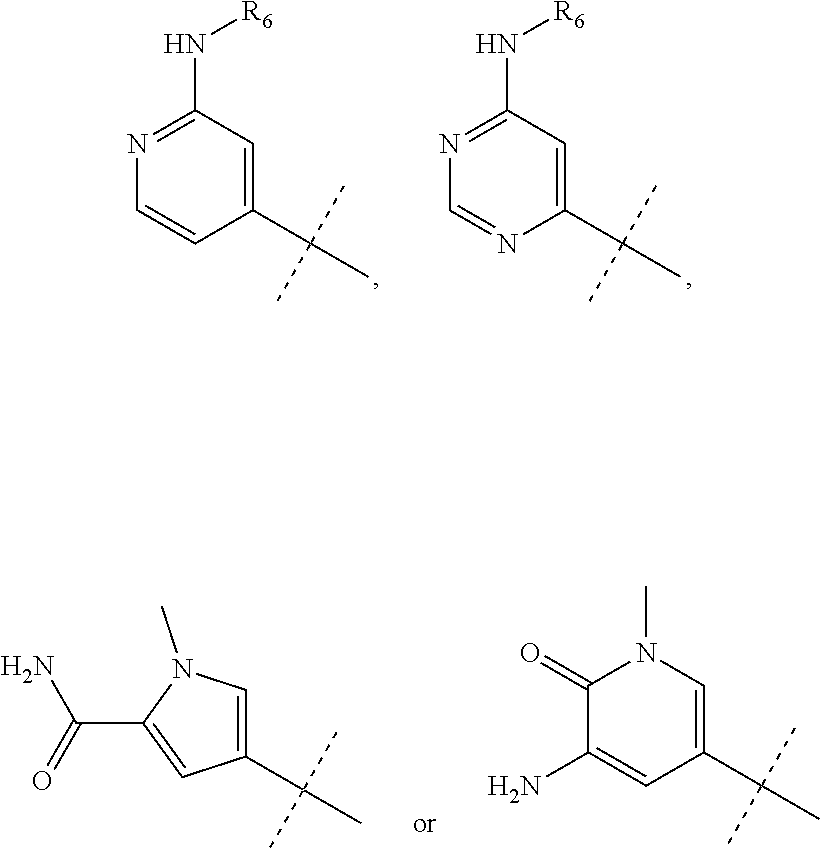
C00014

C00015
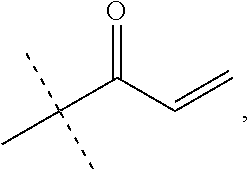
C00016

C00017
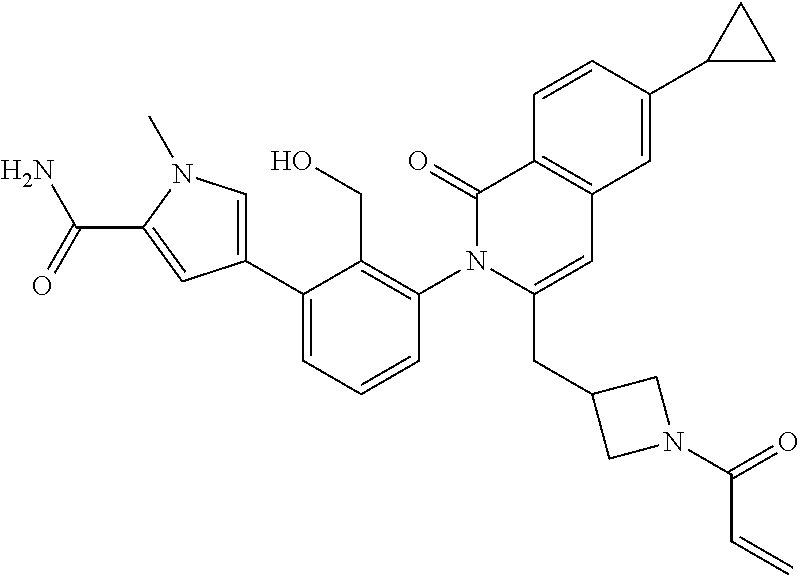
C00018
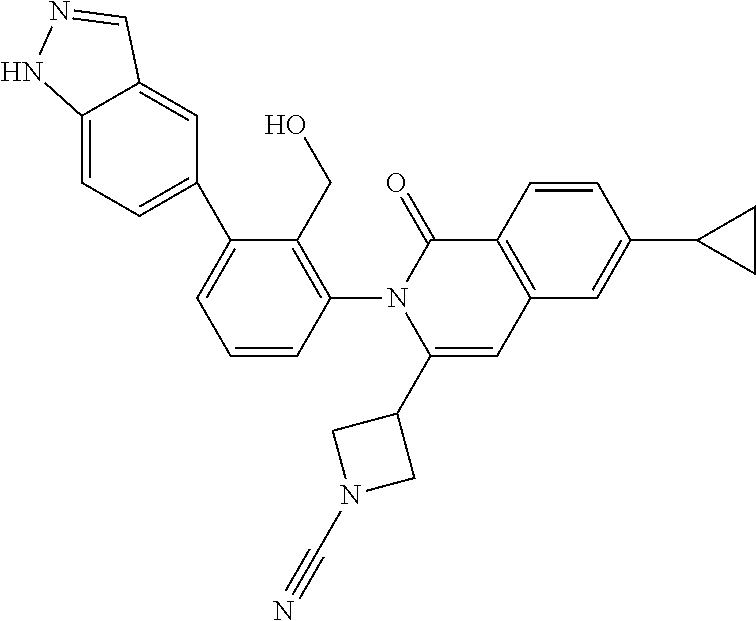
C00019
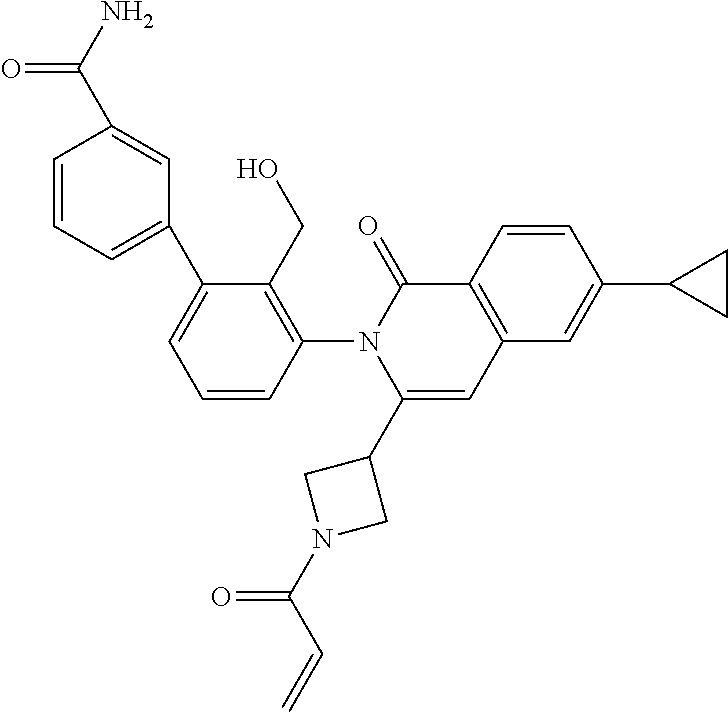
C00020
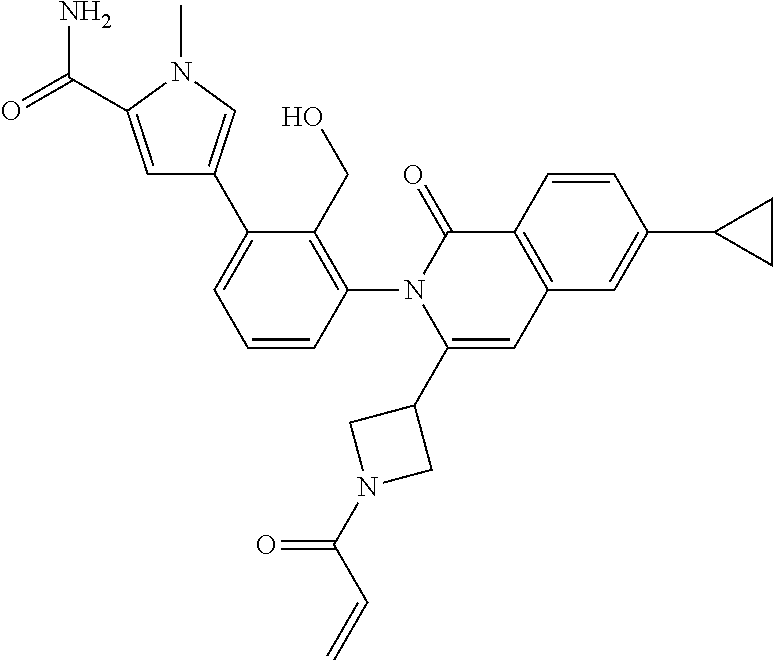
C00021
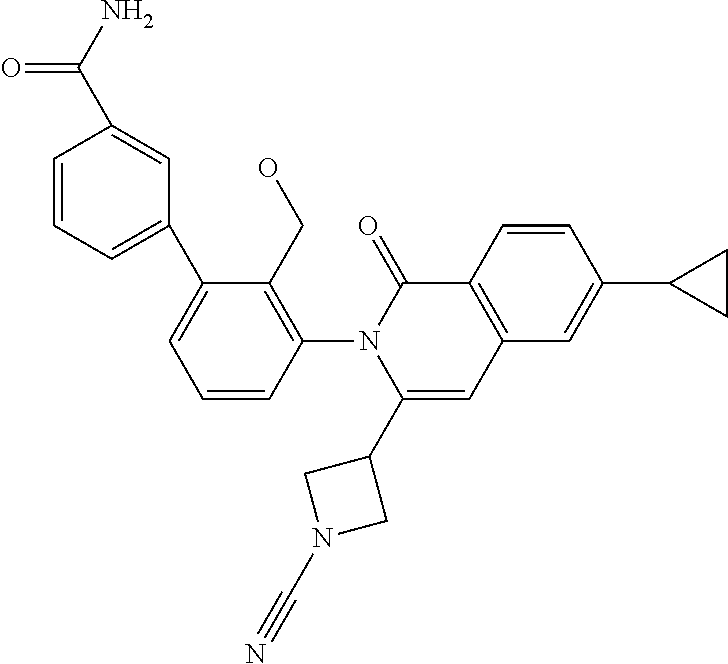
C00022
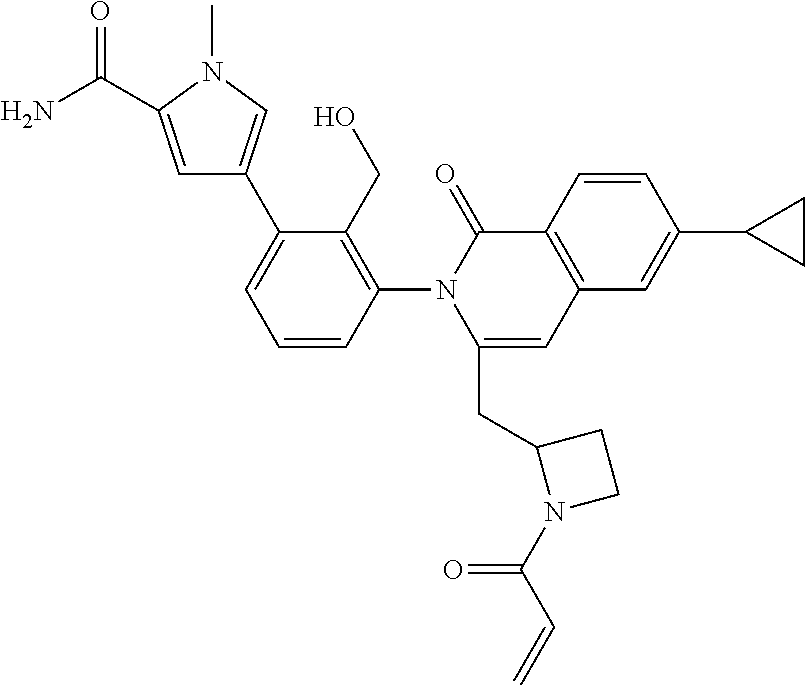
C00023
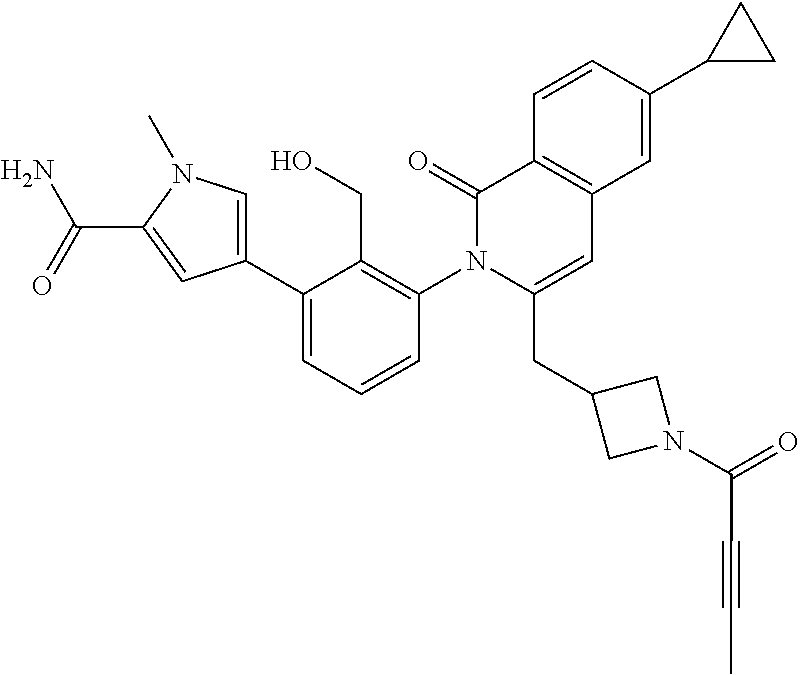
C00024
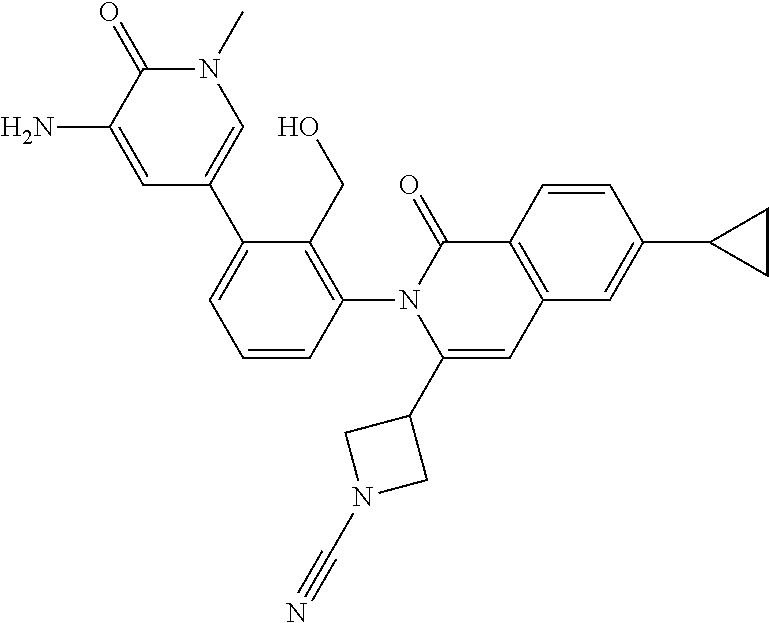
C00025
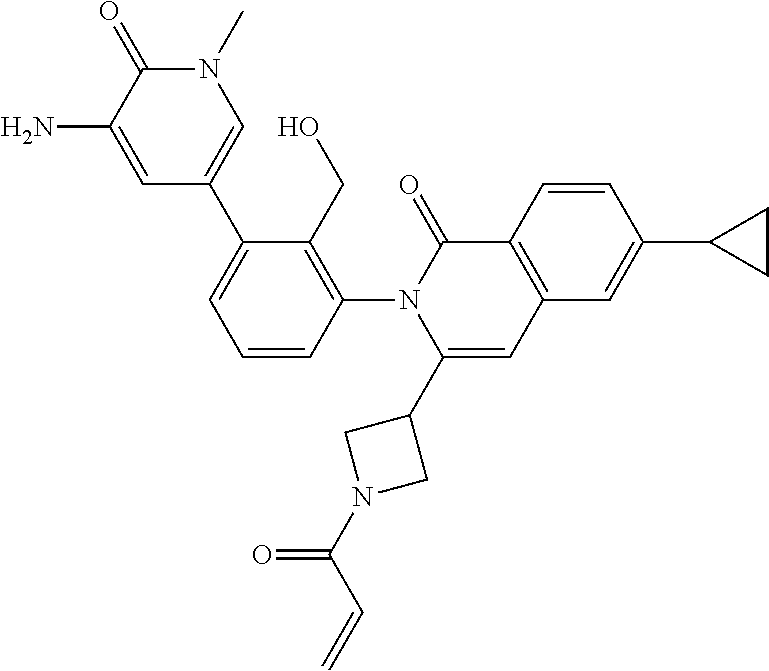
C00026
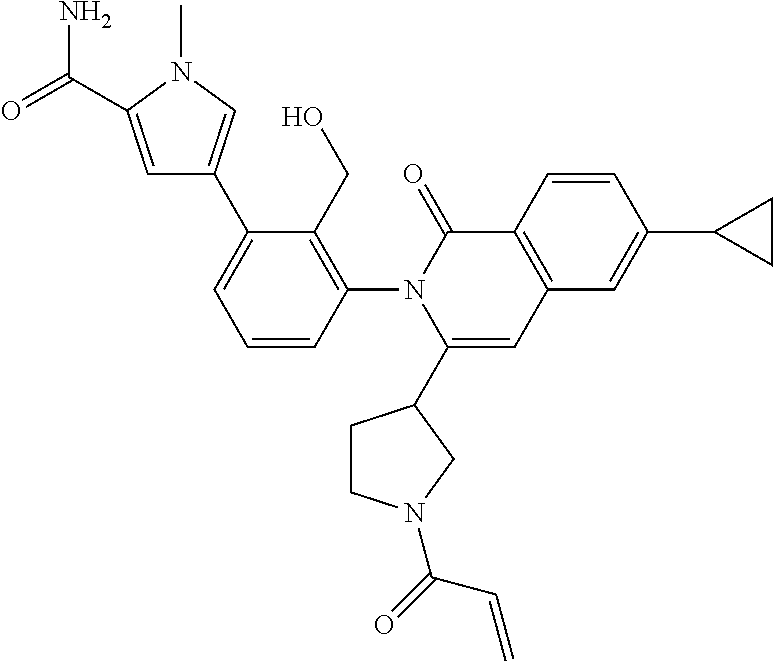
C00027
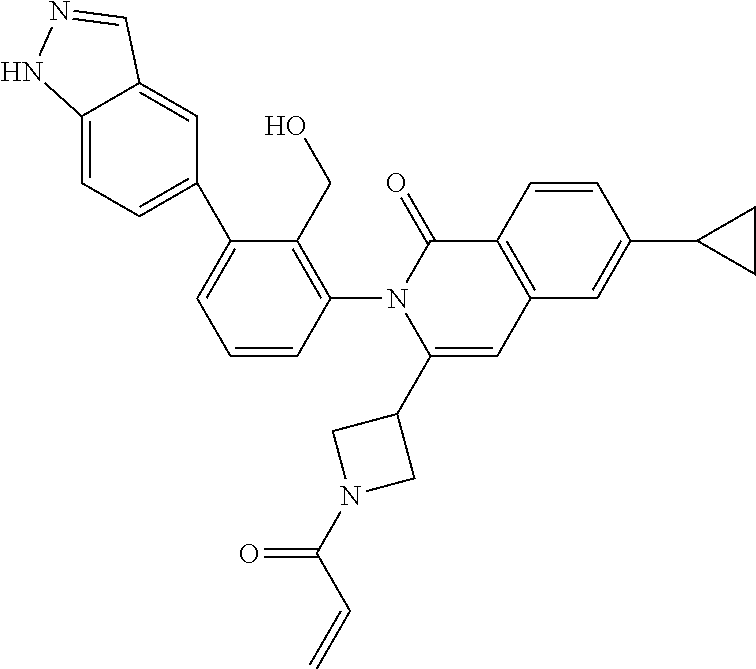
C00028
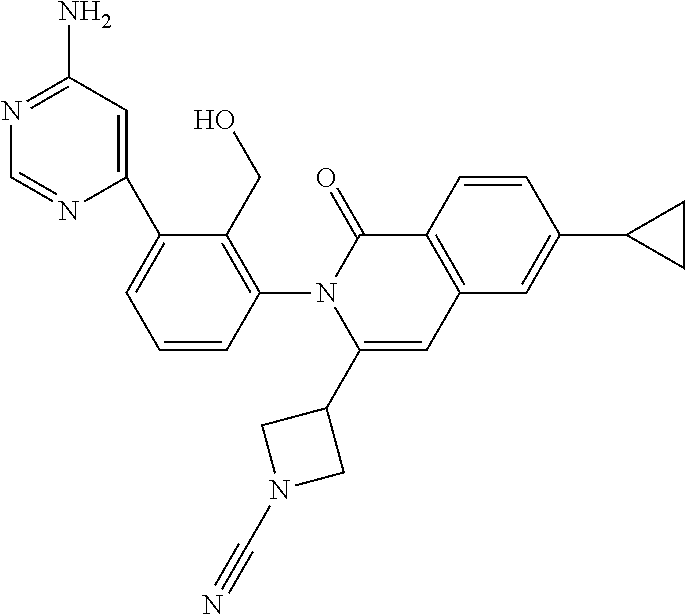
C00029

C00030
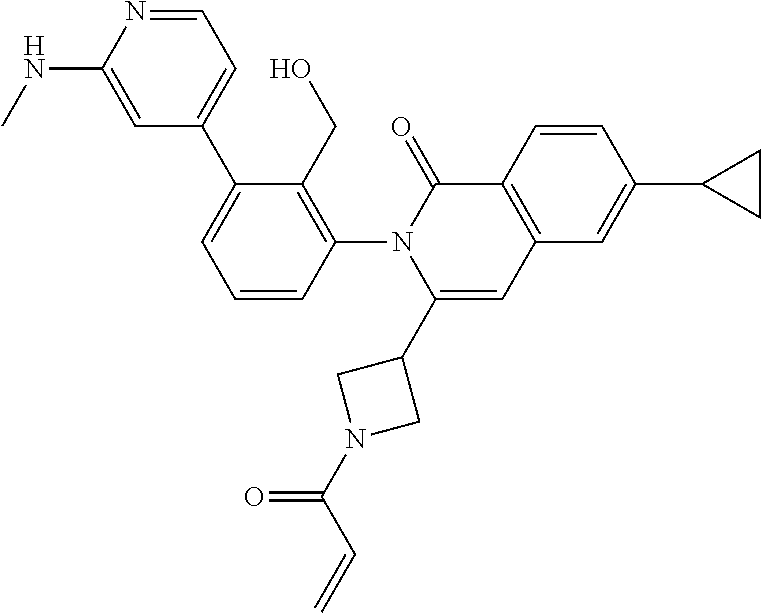
C00031
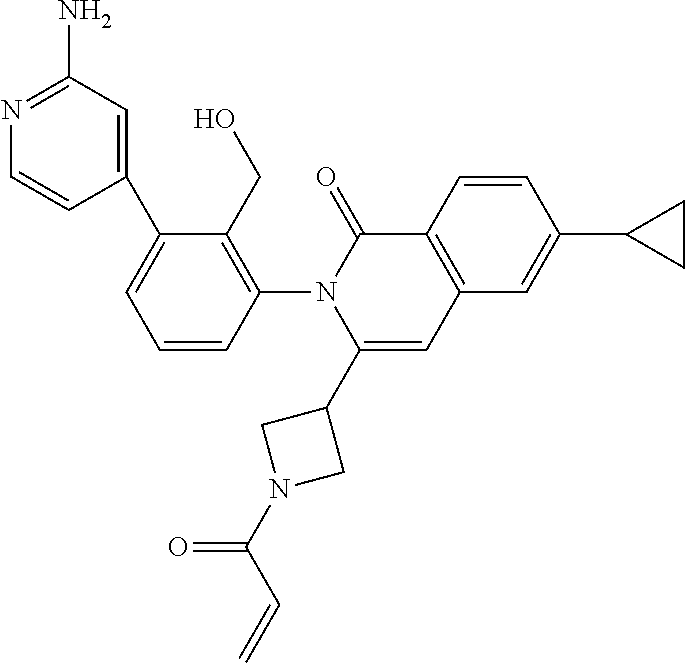
C00032
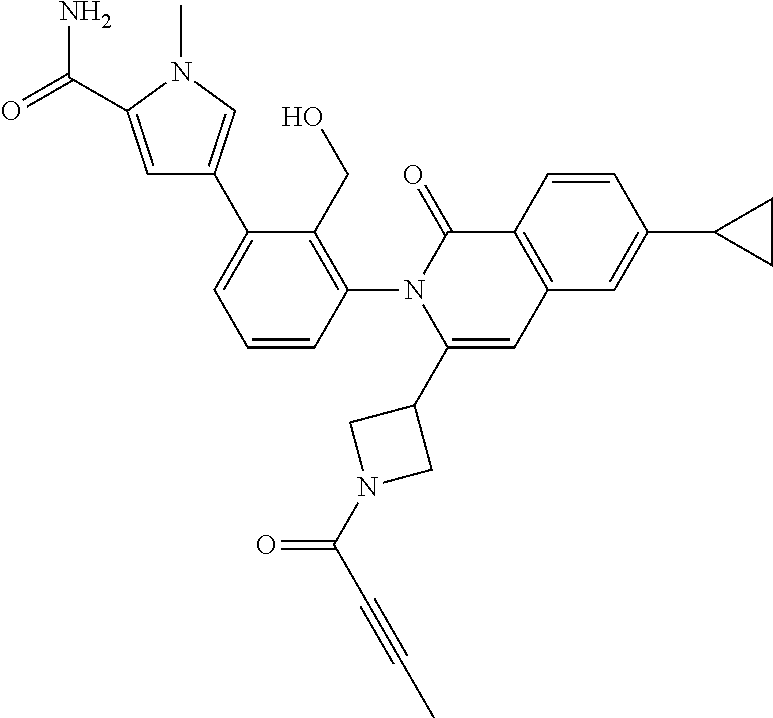
C00033
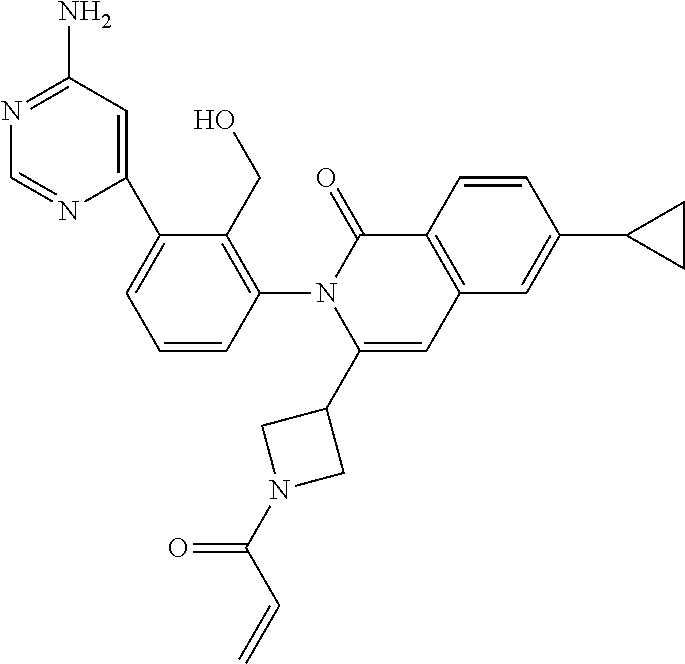
C00034
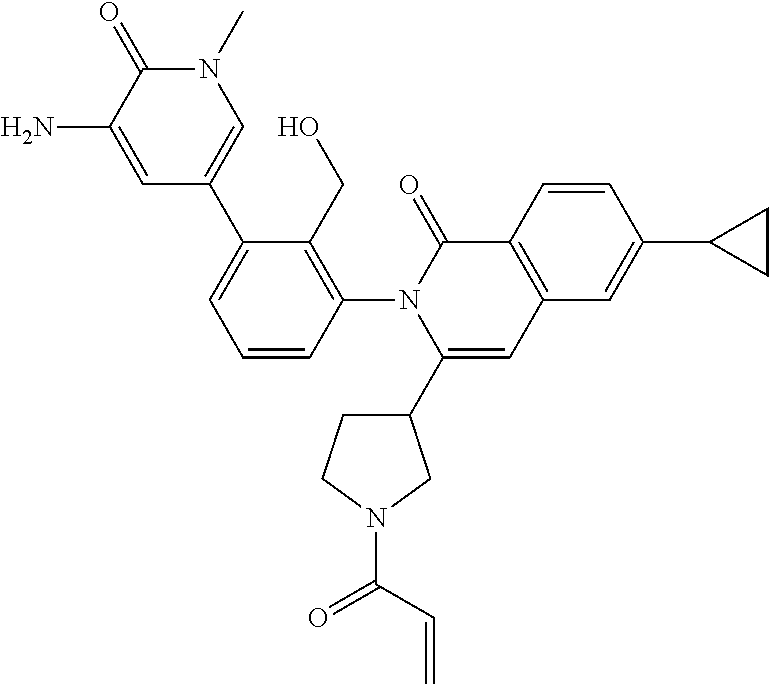
C00035
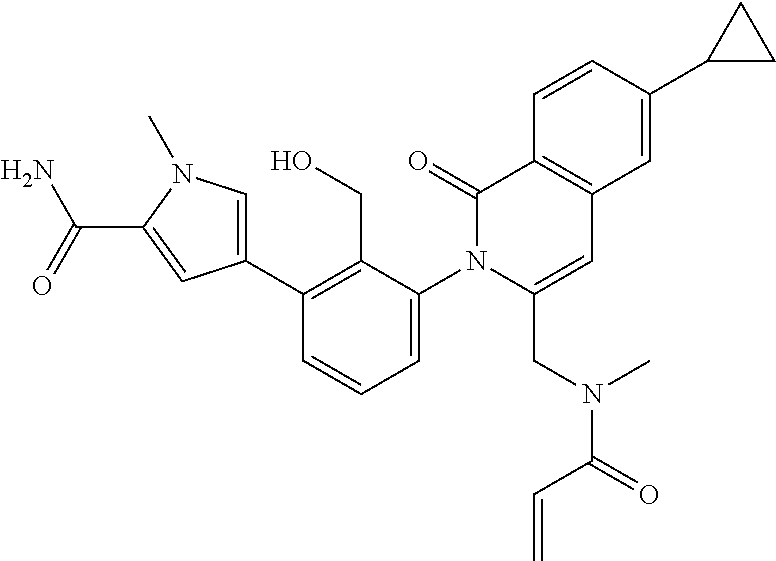
C00036
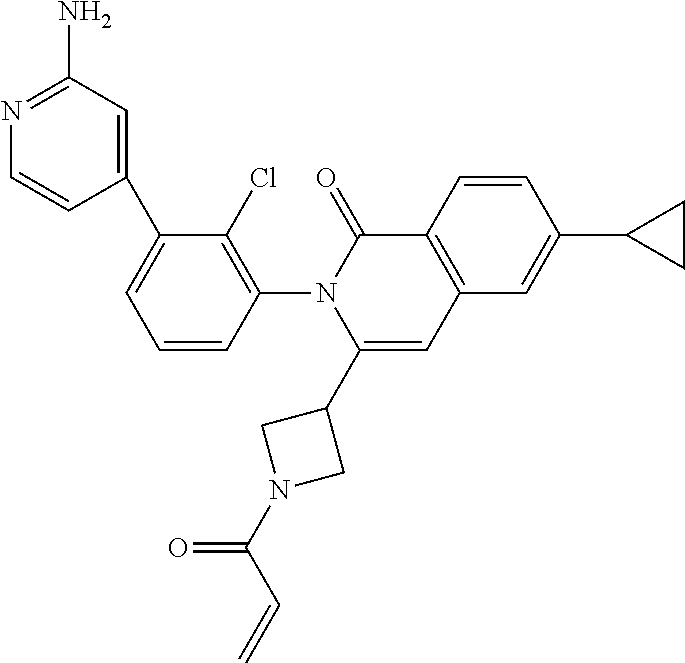
C00037
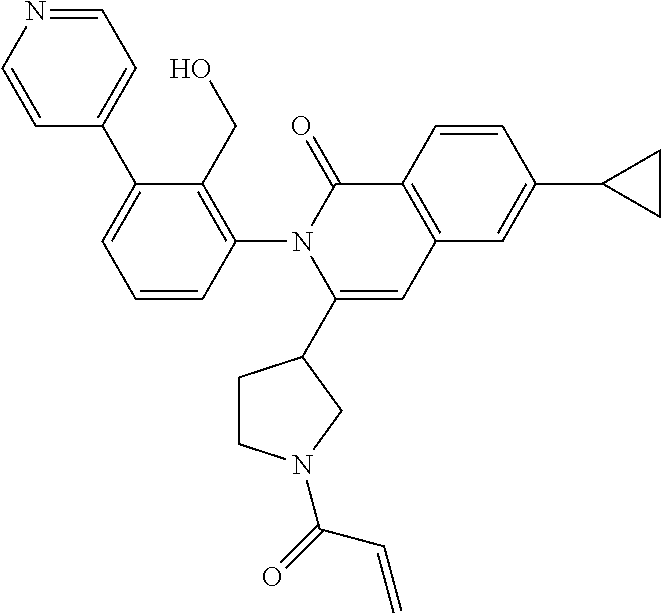
C00038

C00039
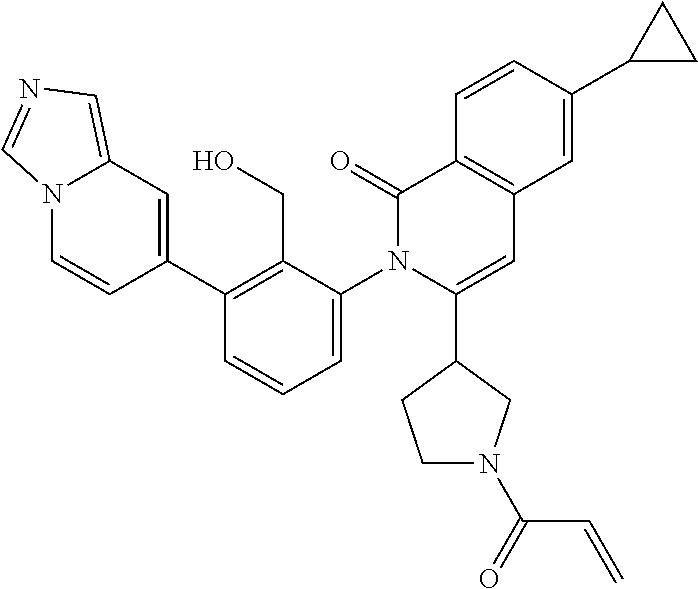
C00040
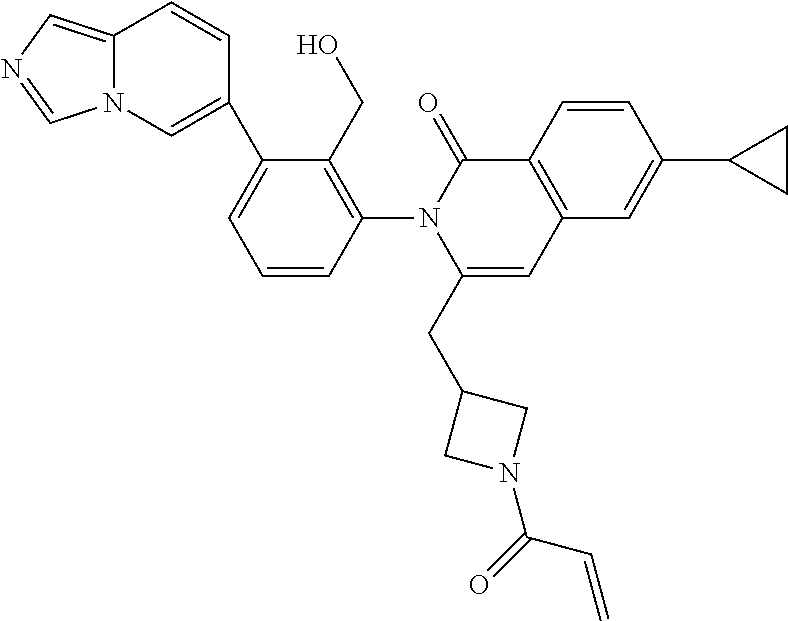
C00041
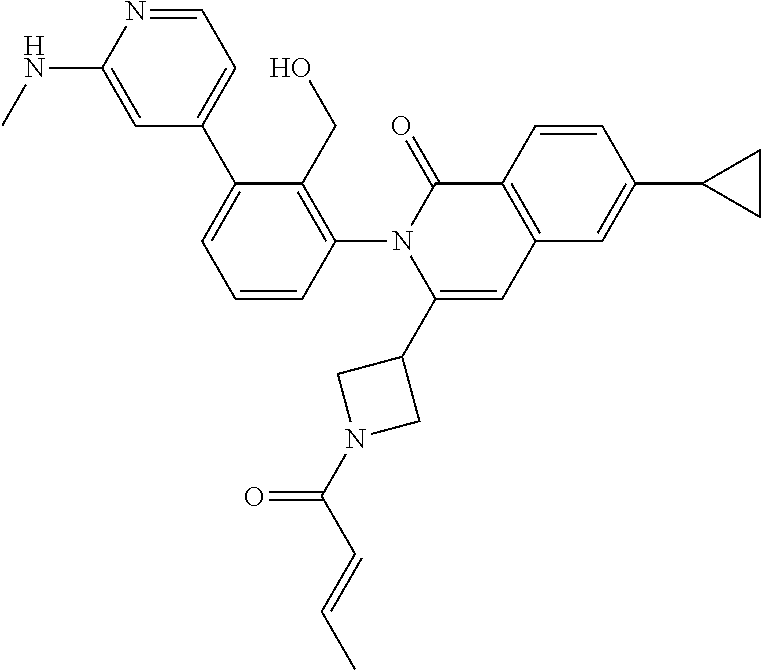
C00042
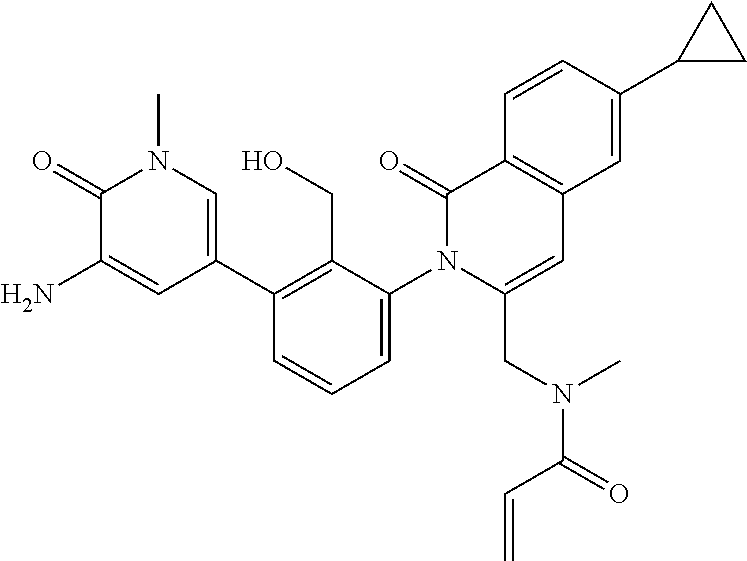
C00043
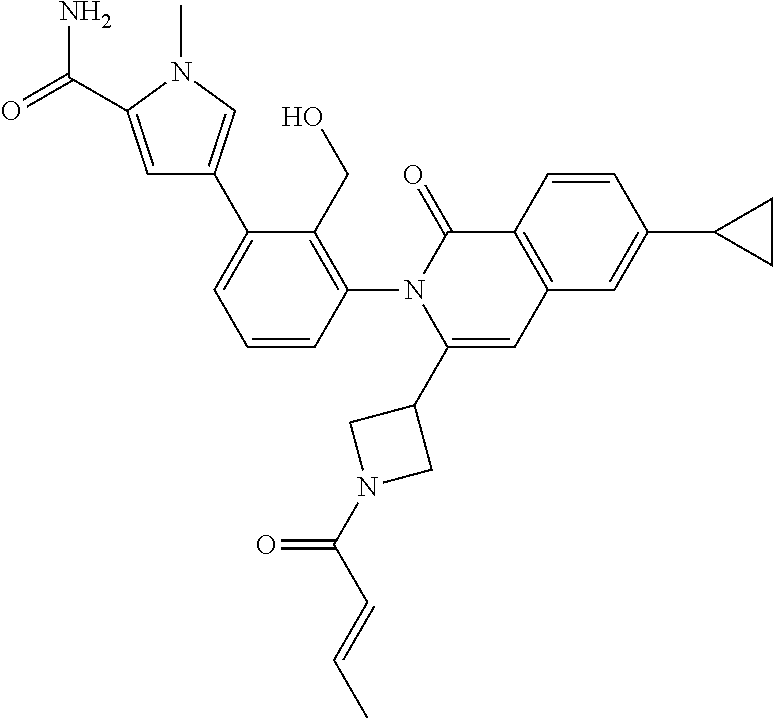
C00044
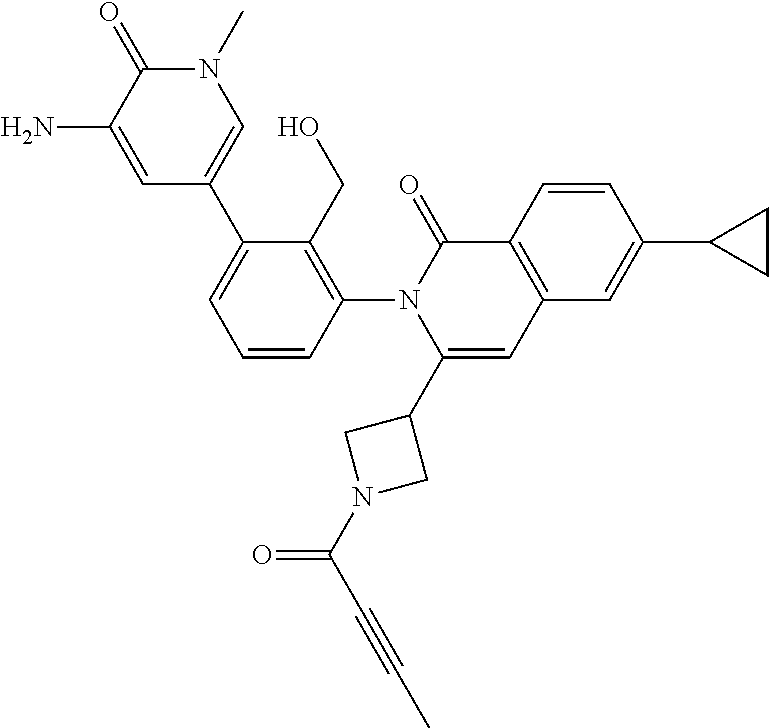
C00045
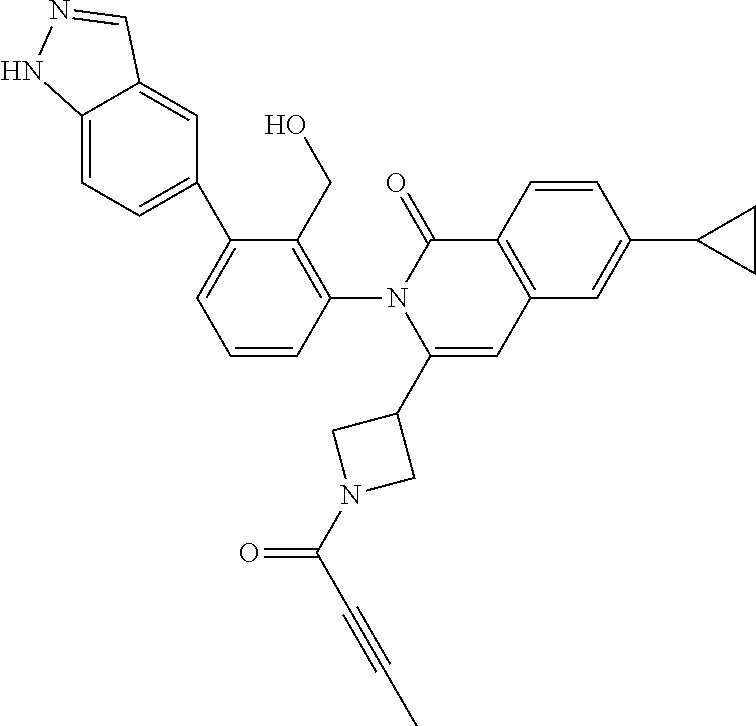
C00046

C00047
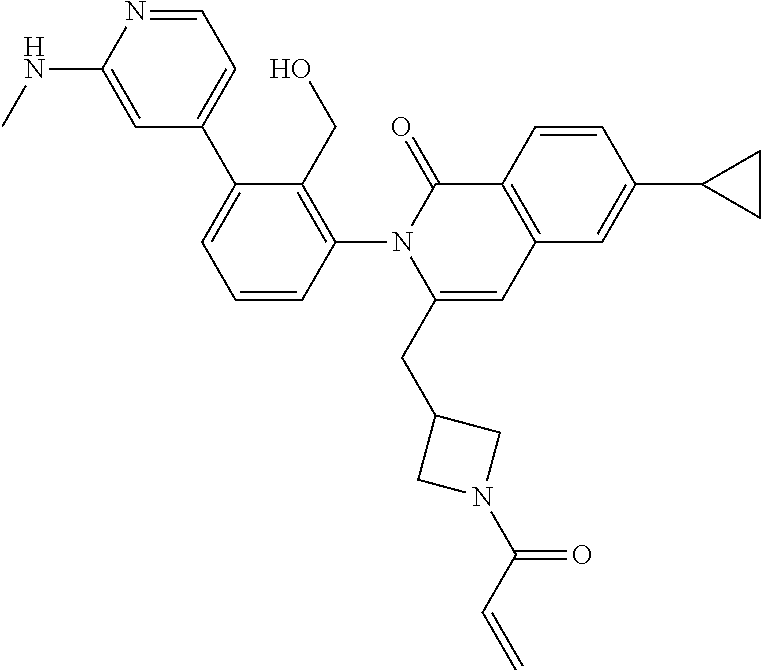
C00048
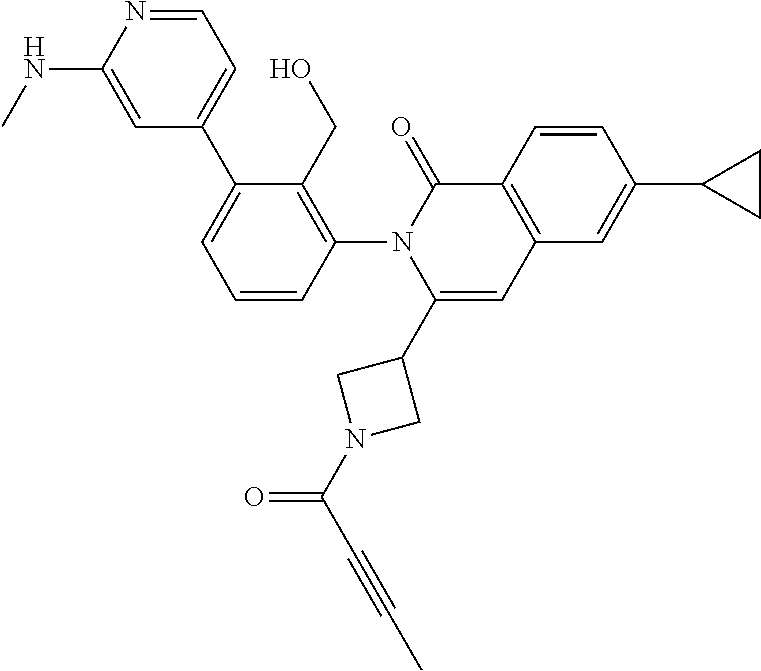
C00049
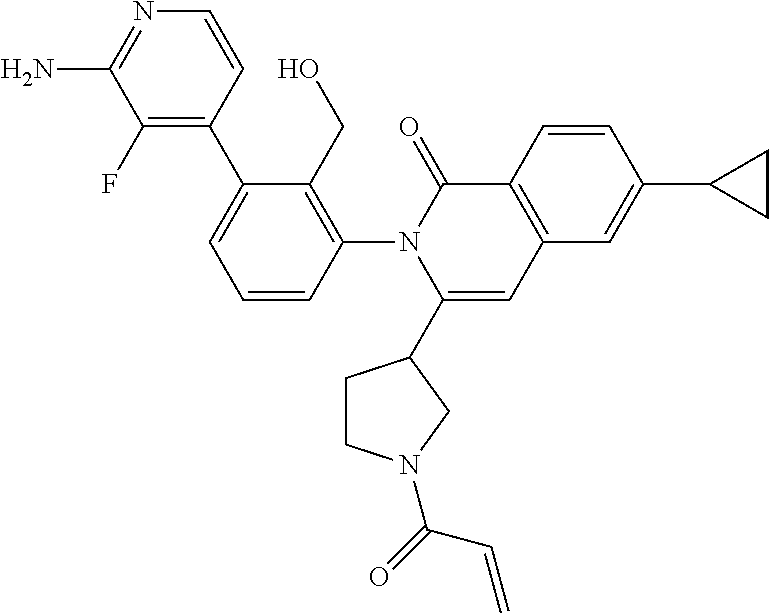
C00050
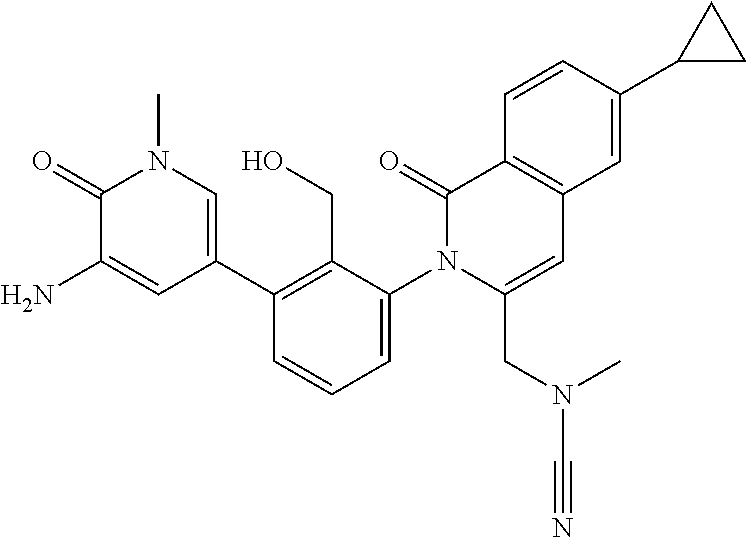
C00051
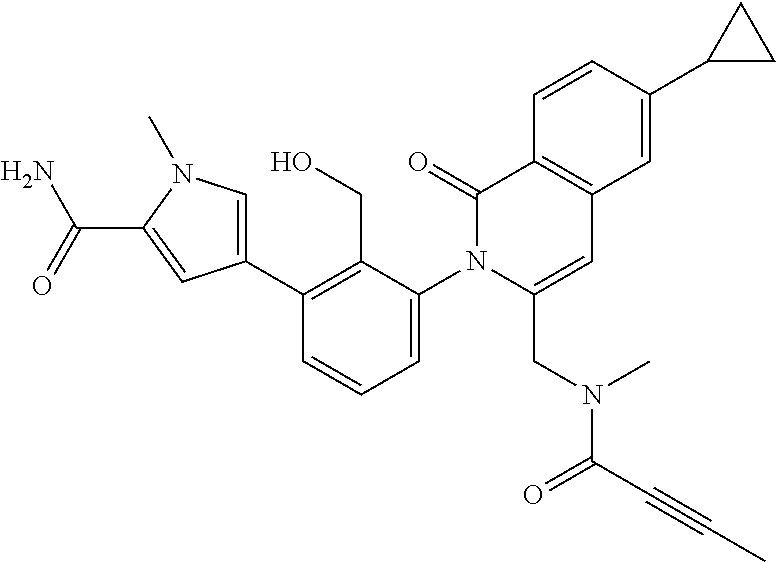
C00052

C00053
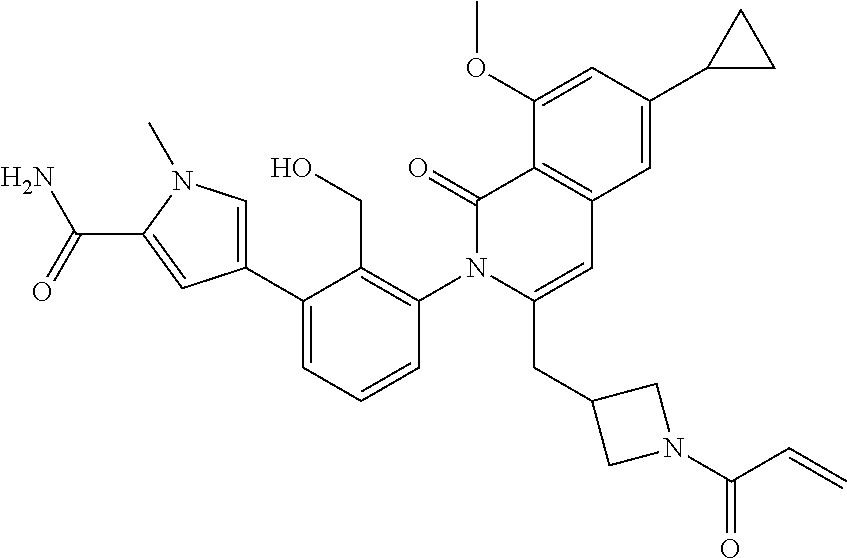
C00054
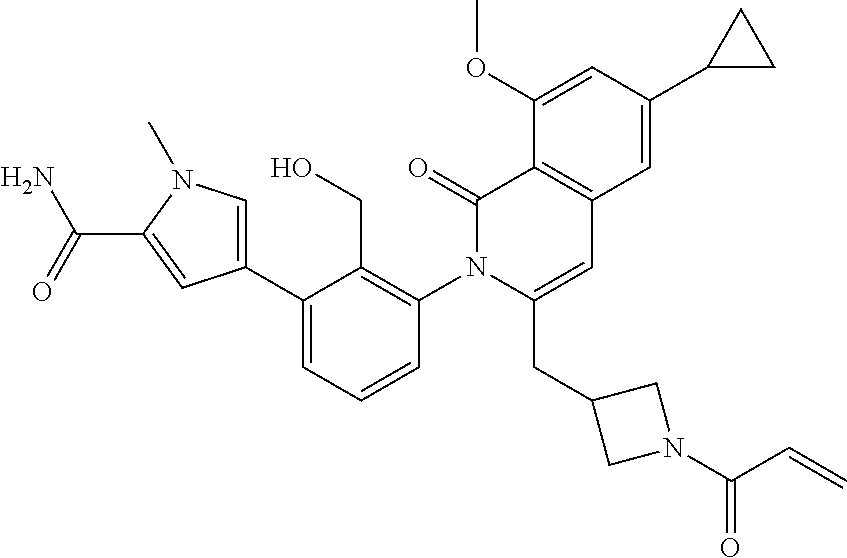
C00055
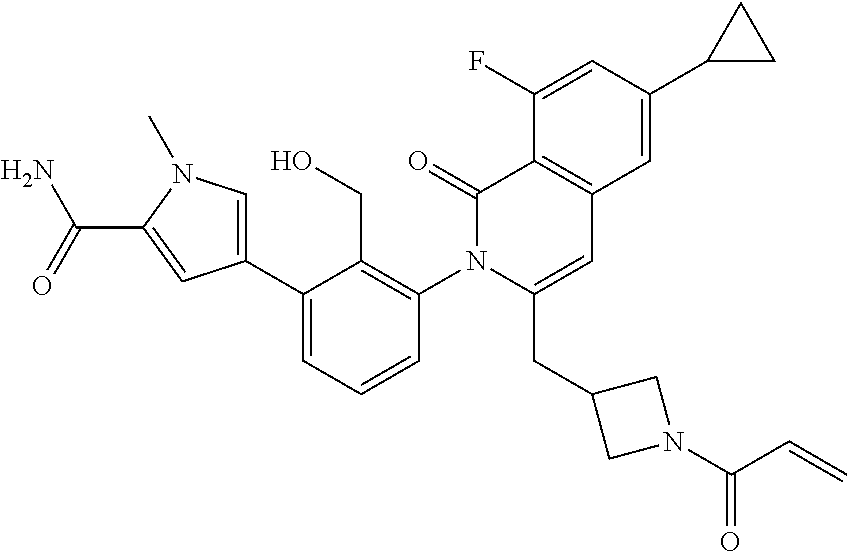
C00056
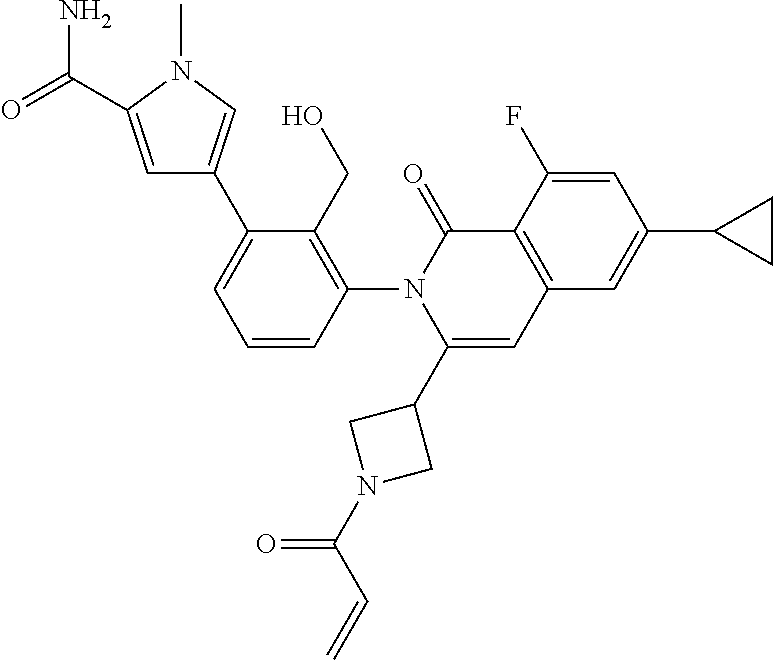
C00057
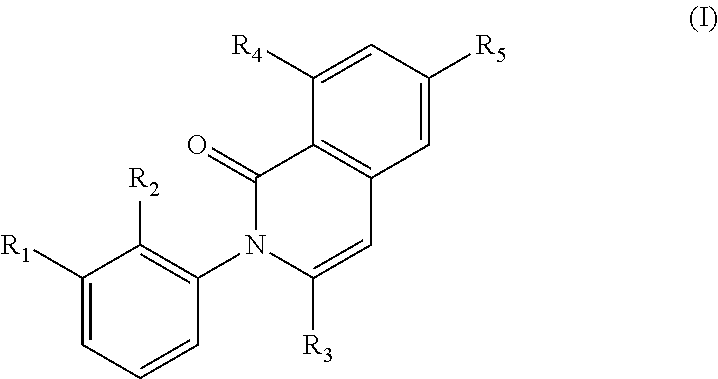
C00058

C00059
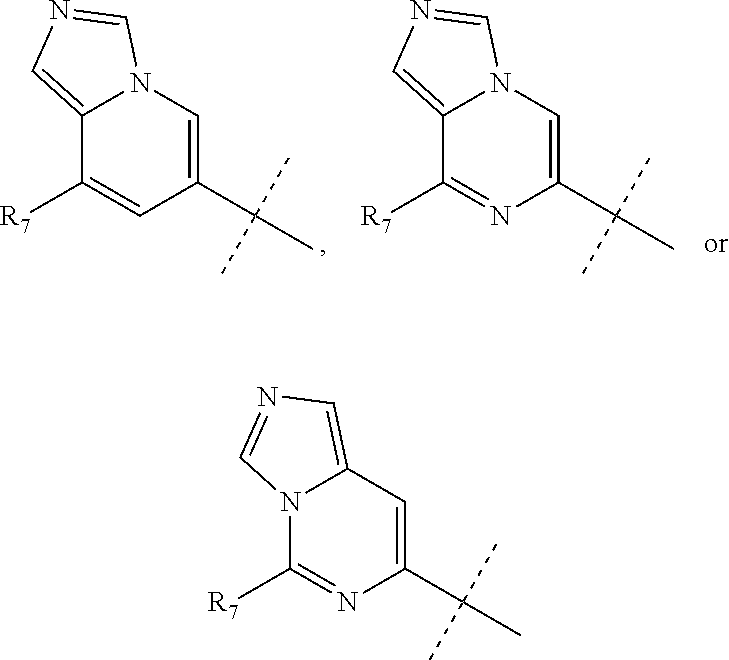
C00060
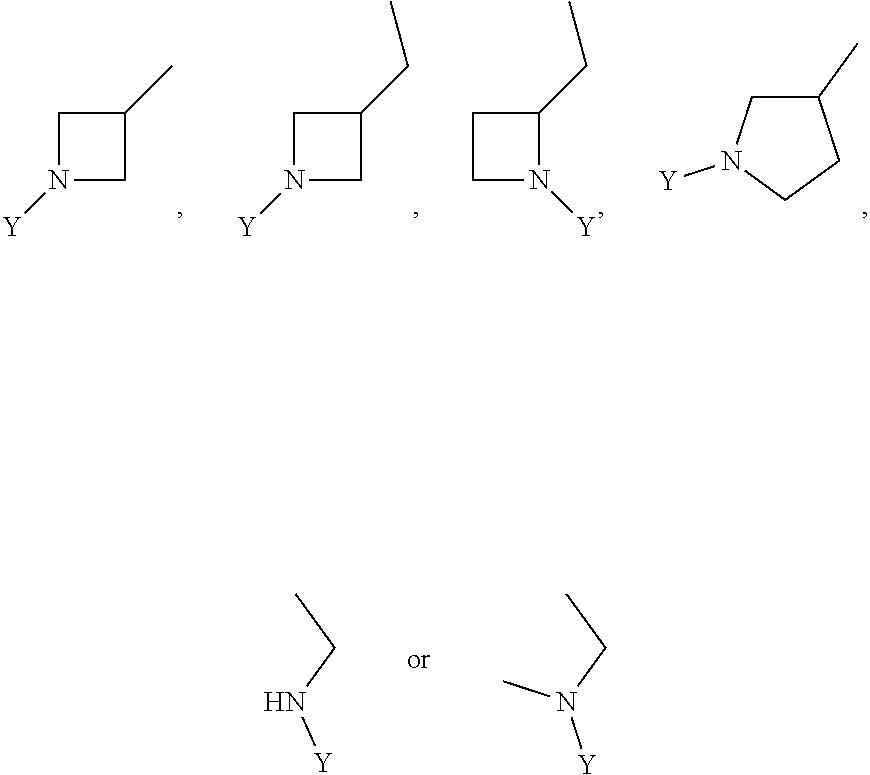
C00061
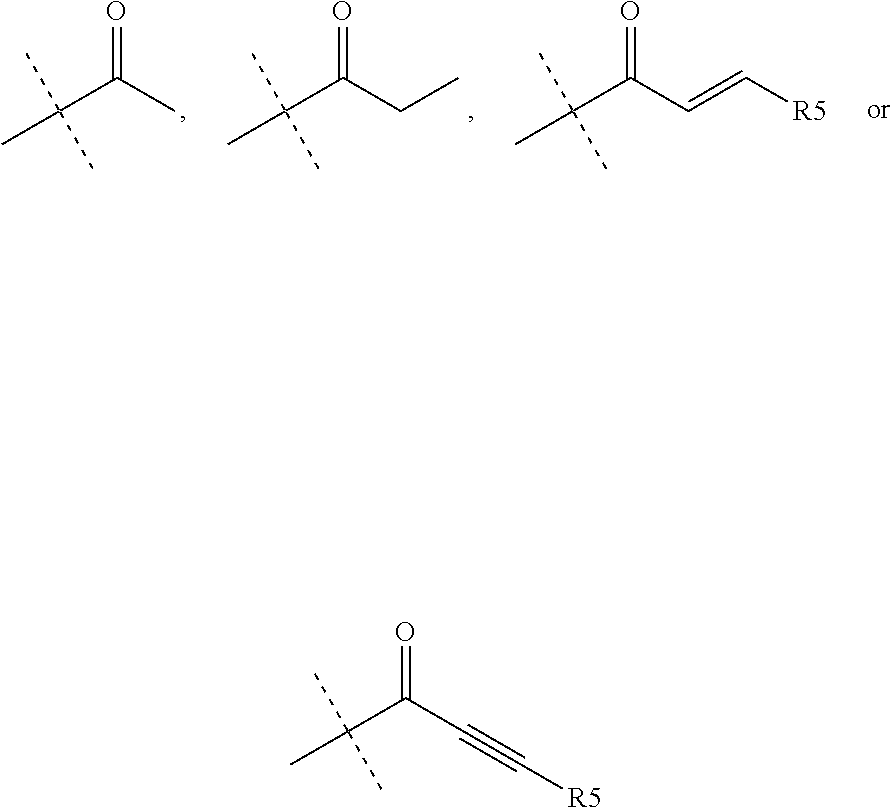
C00062
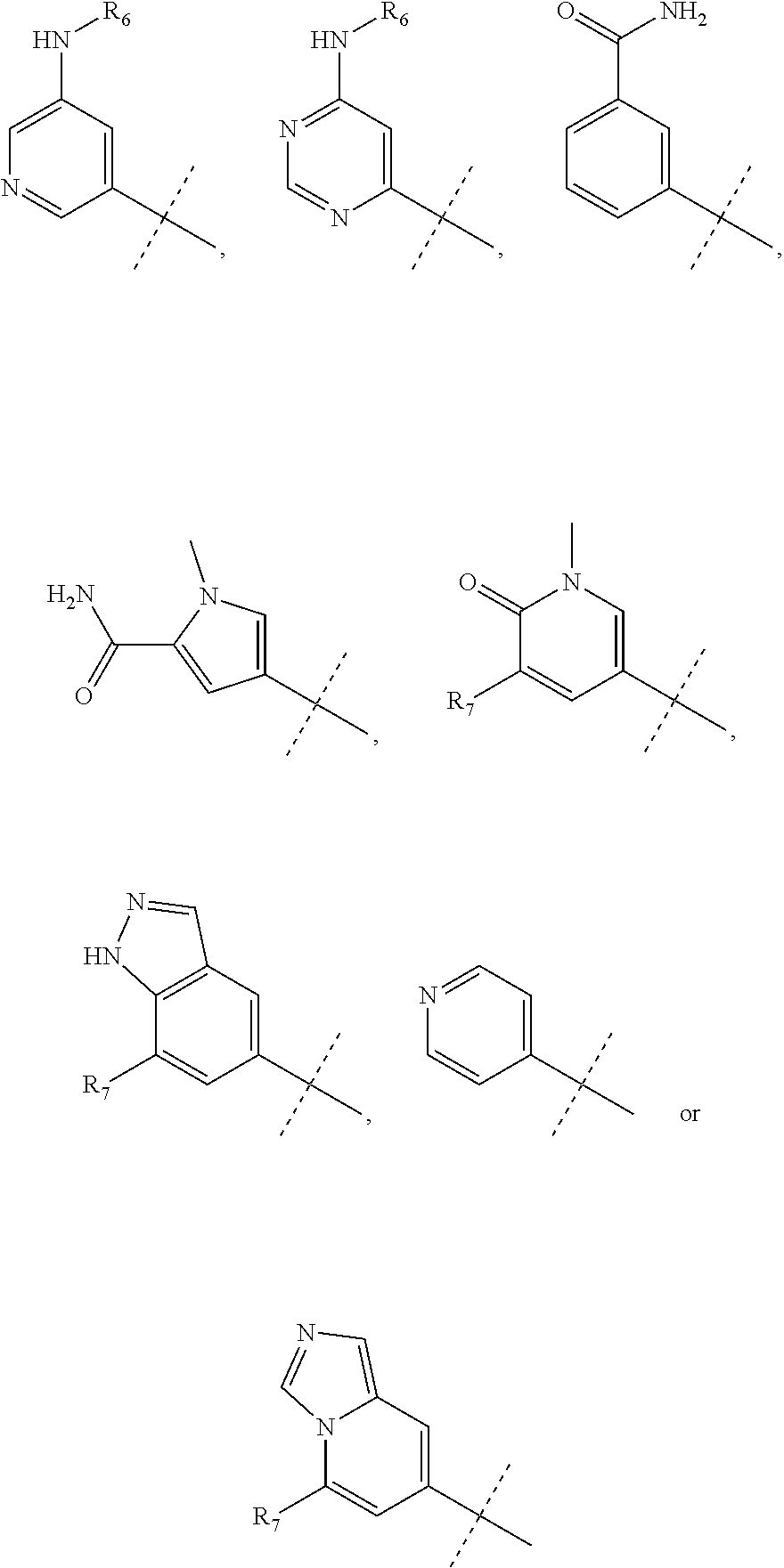
C00063
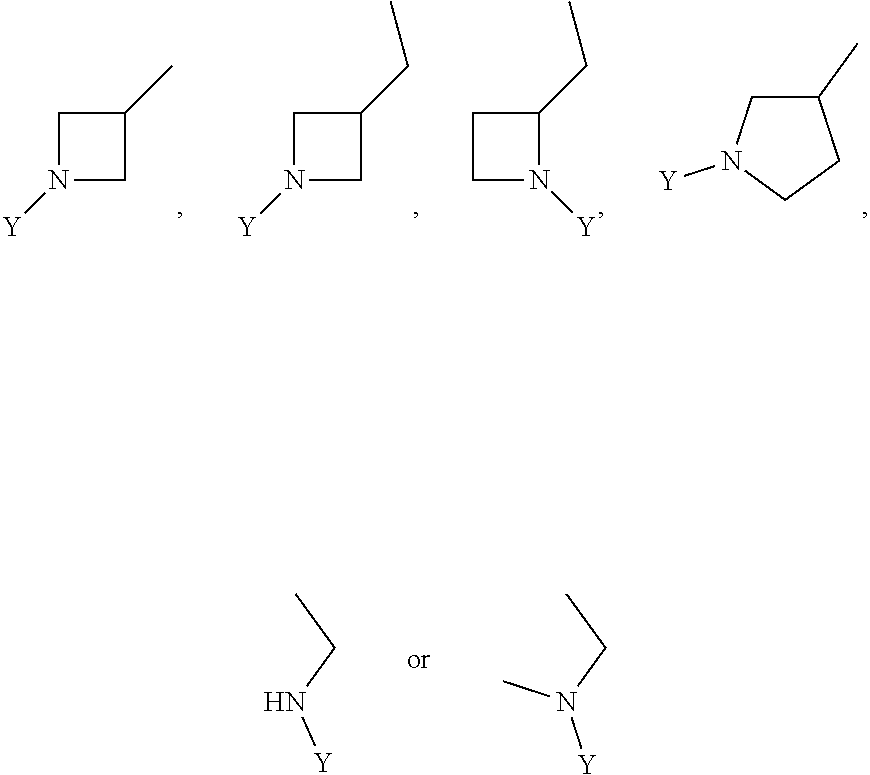
C00064
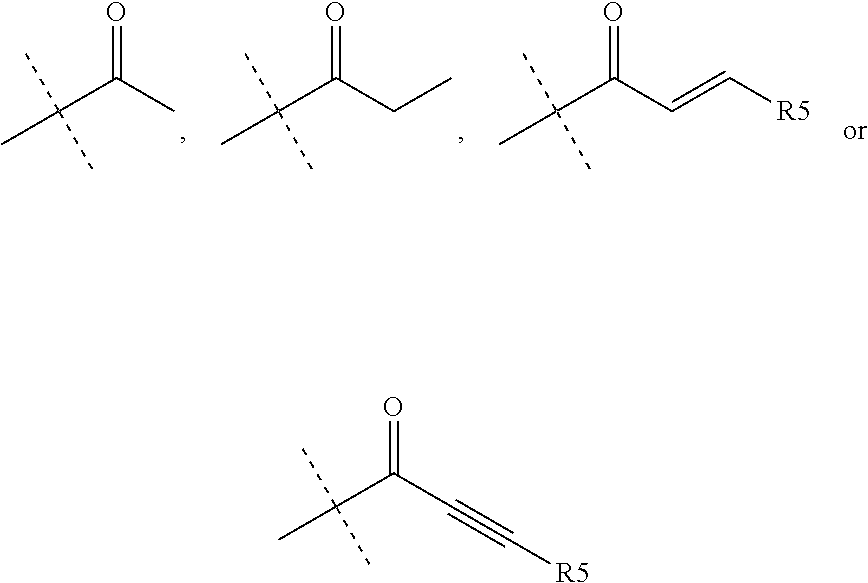
C00065

C00066
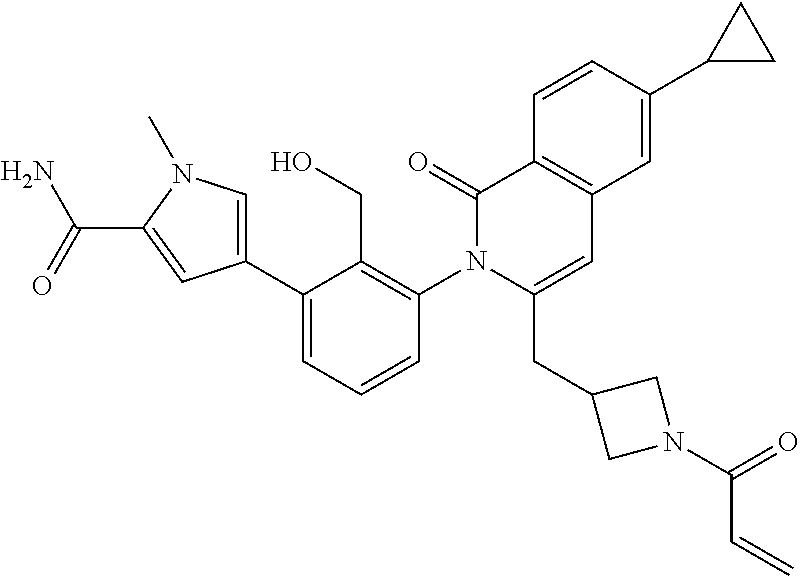
C00067
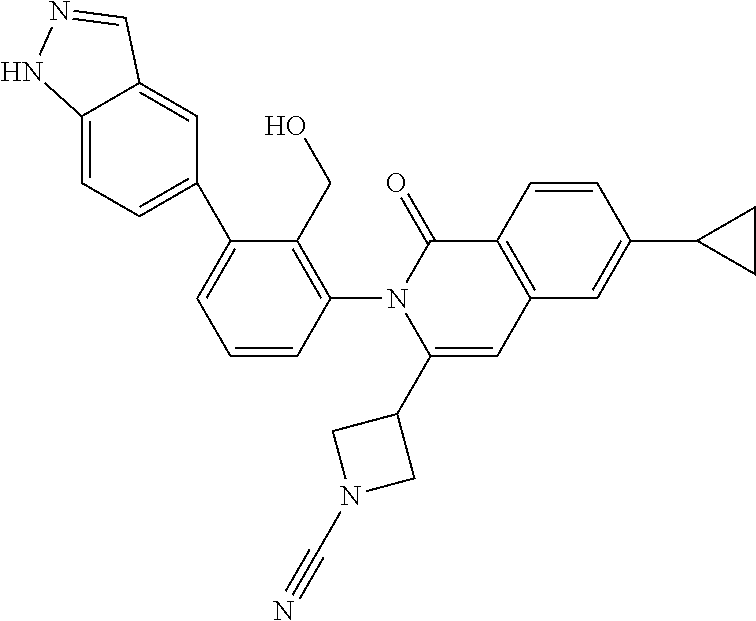
C00068
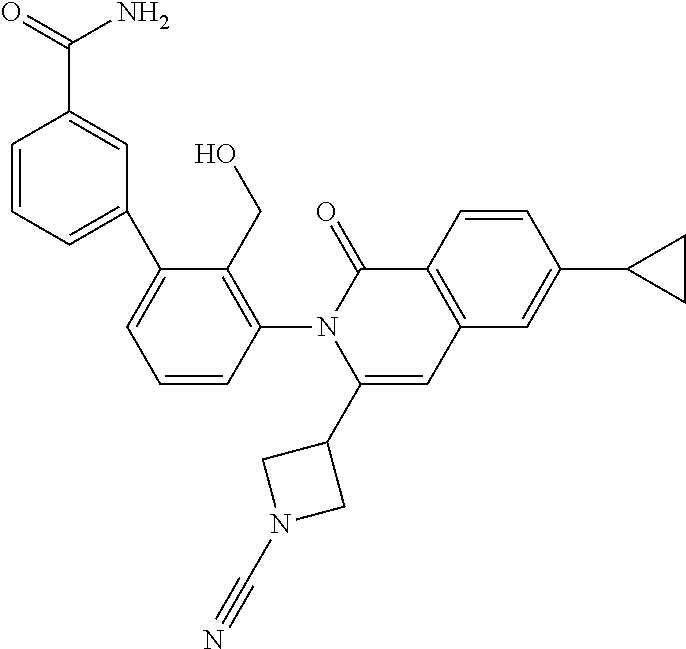
C00069
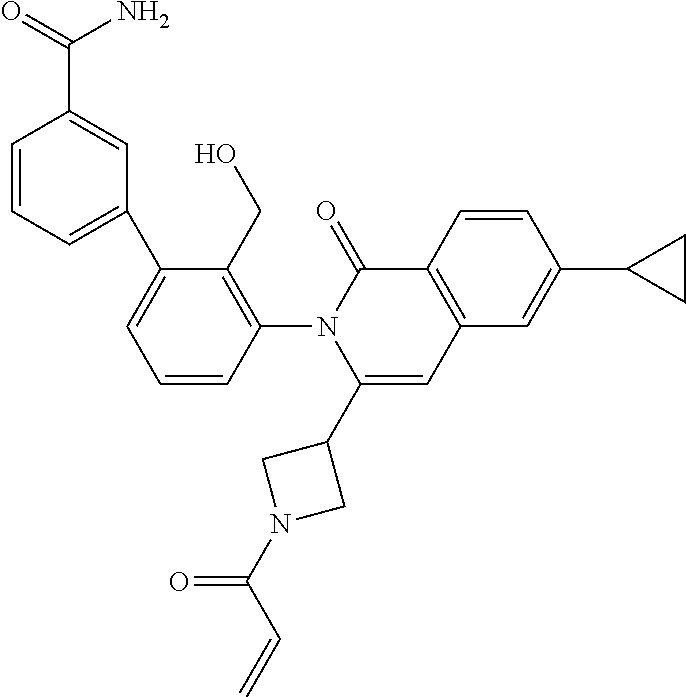
C00070
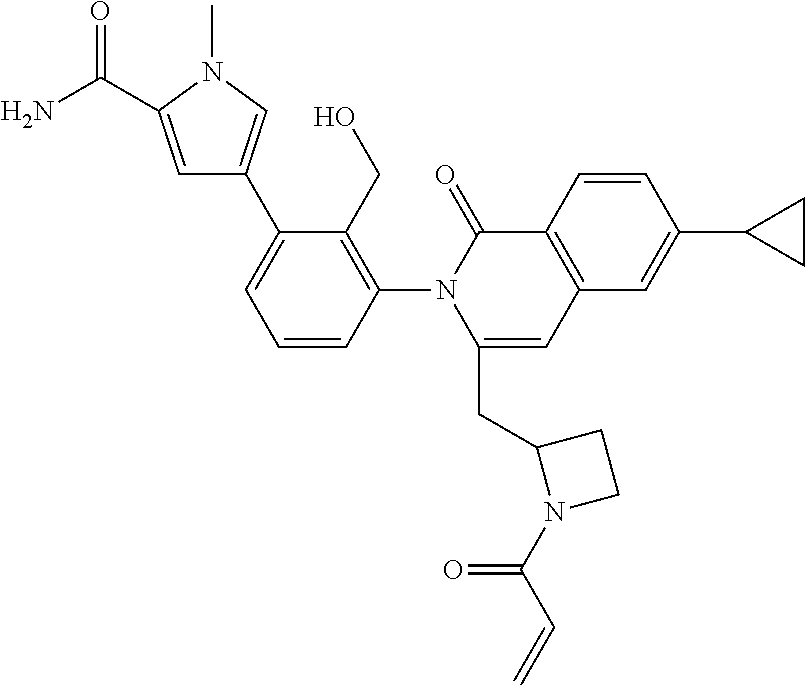
C00071
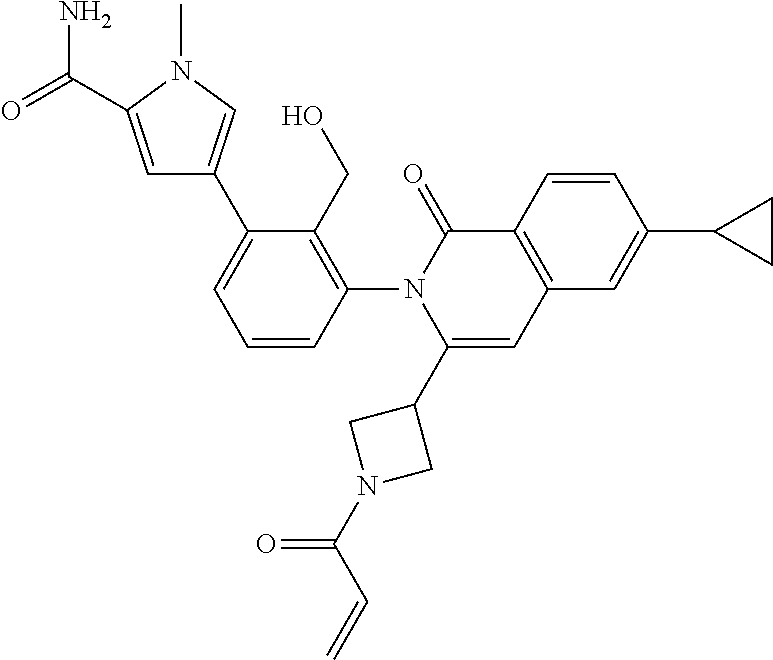
C00072
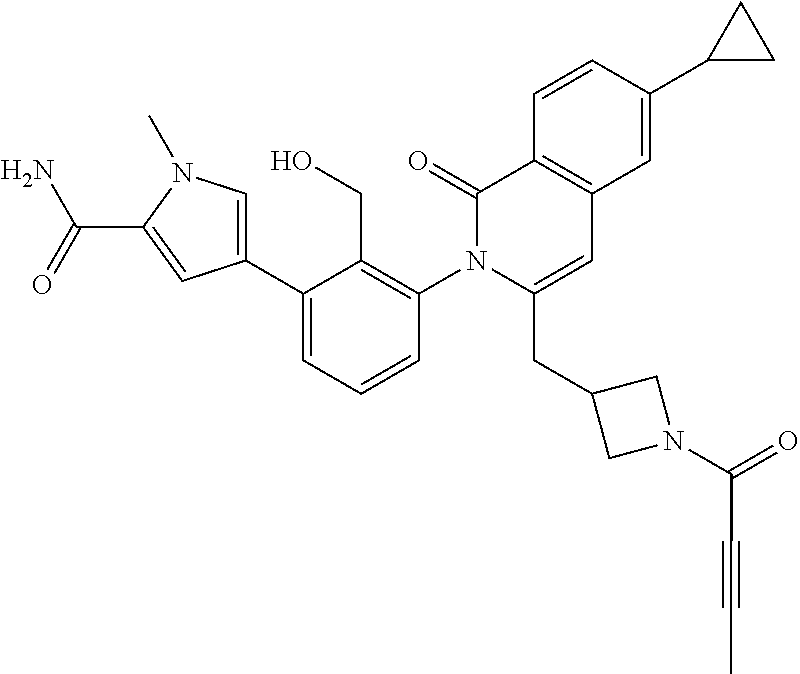
C00073
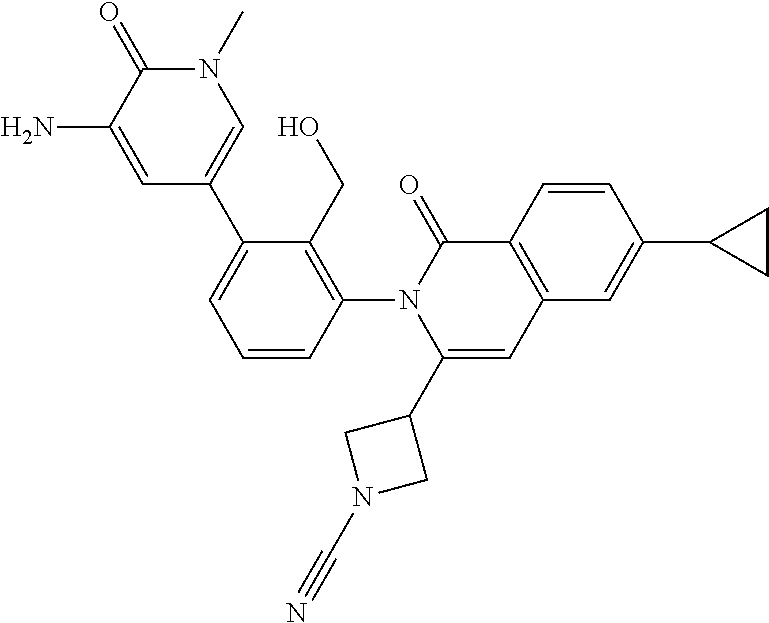
C00074
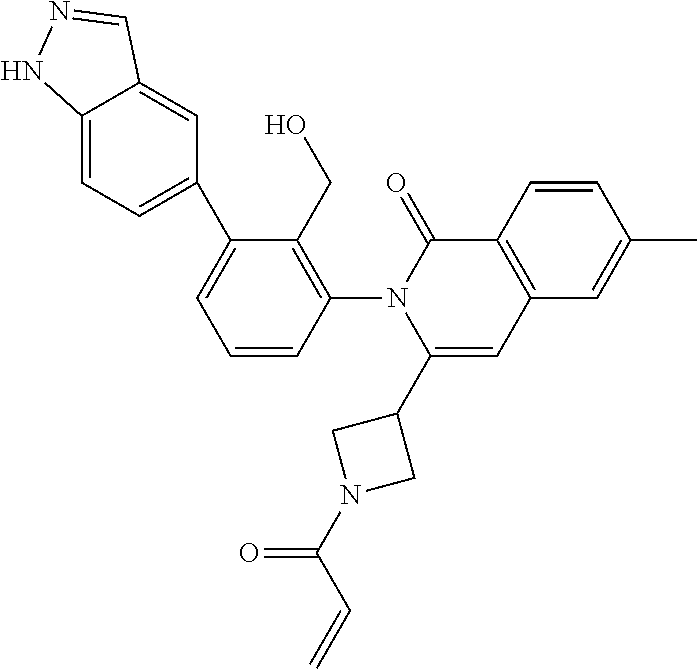
C00075
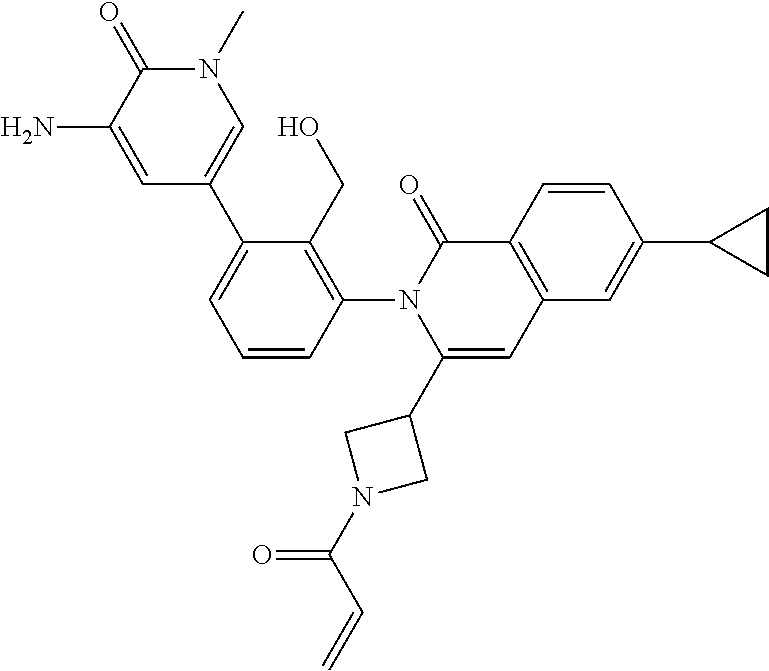
C00076

C00077
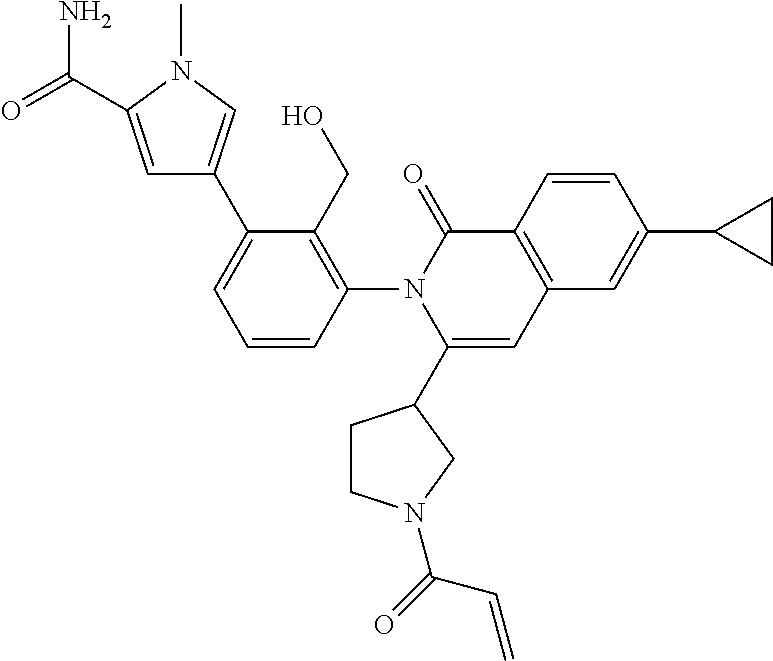
C00078
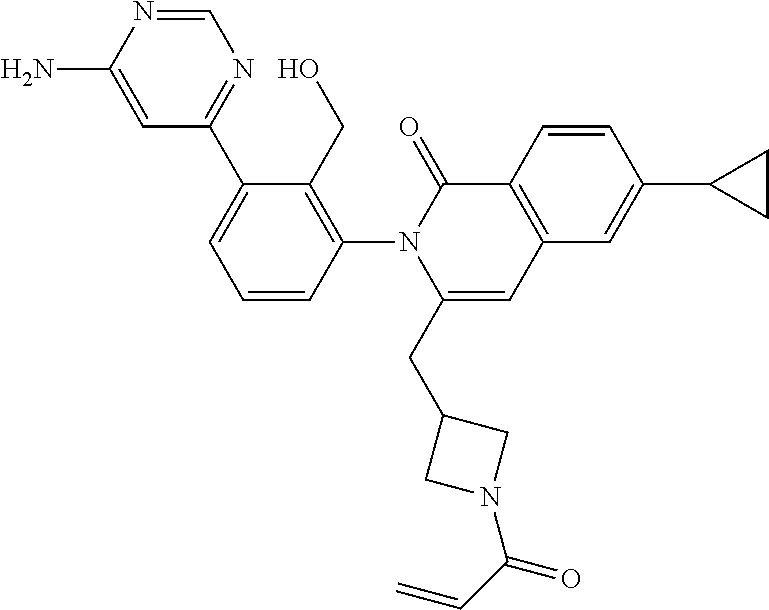
C00079
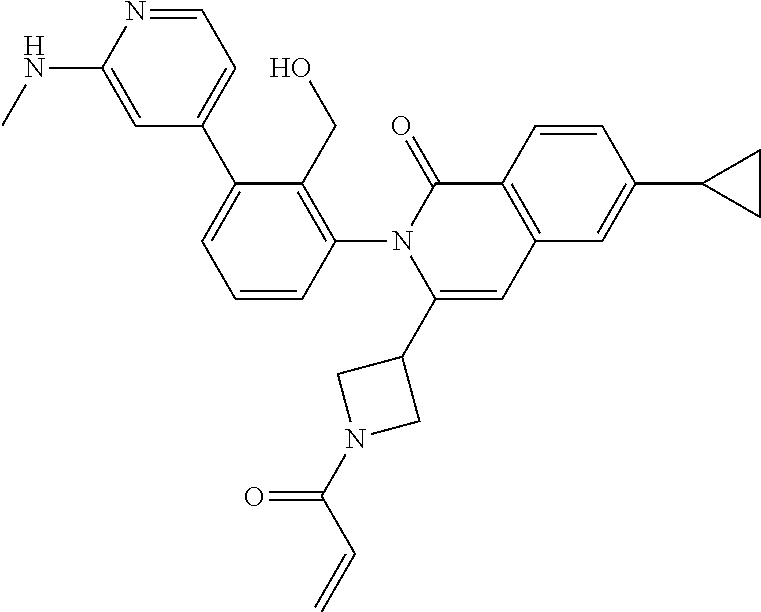
C00080
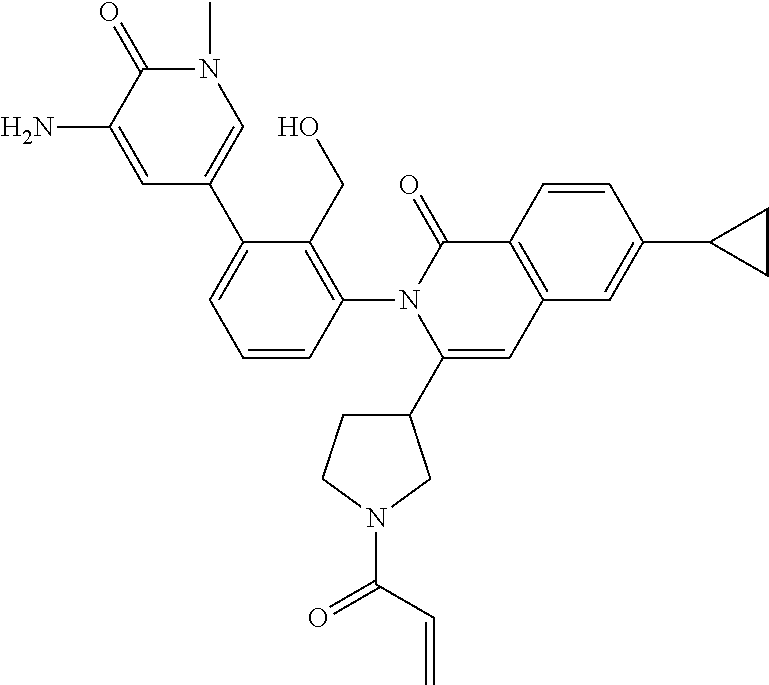
C00081
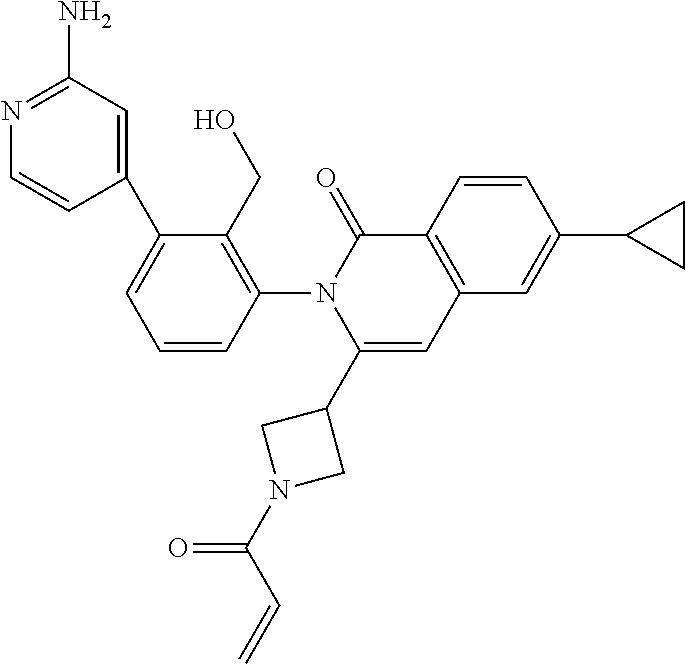
C00082
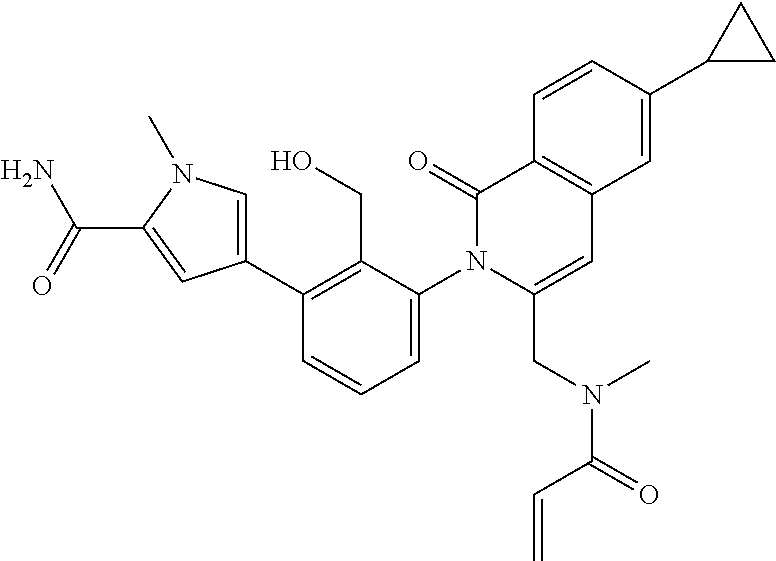
C00083
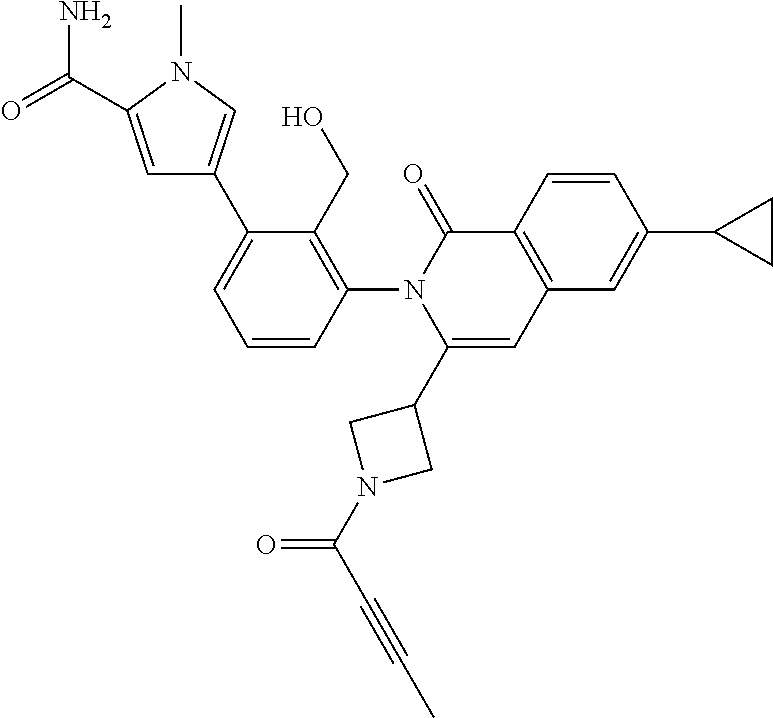
C00084
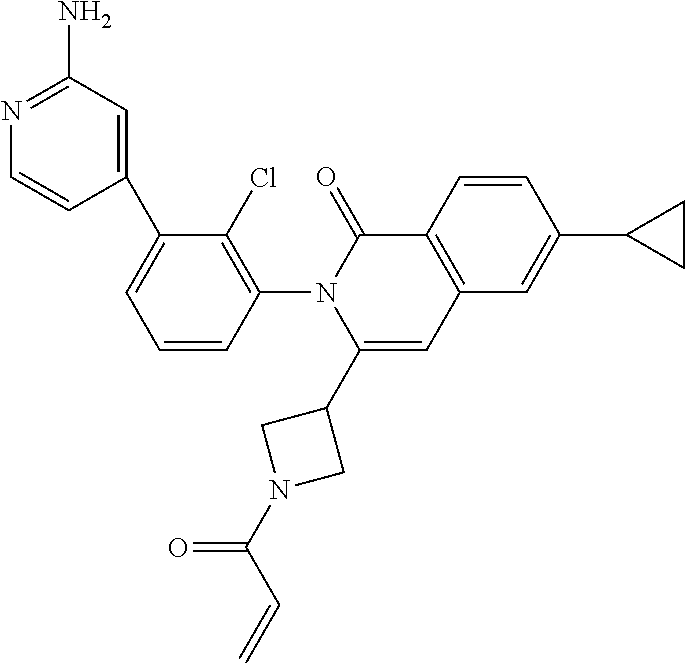
C00085
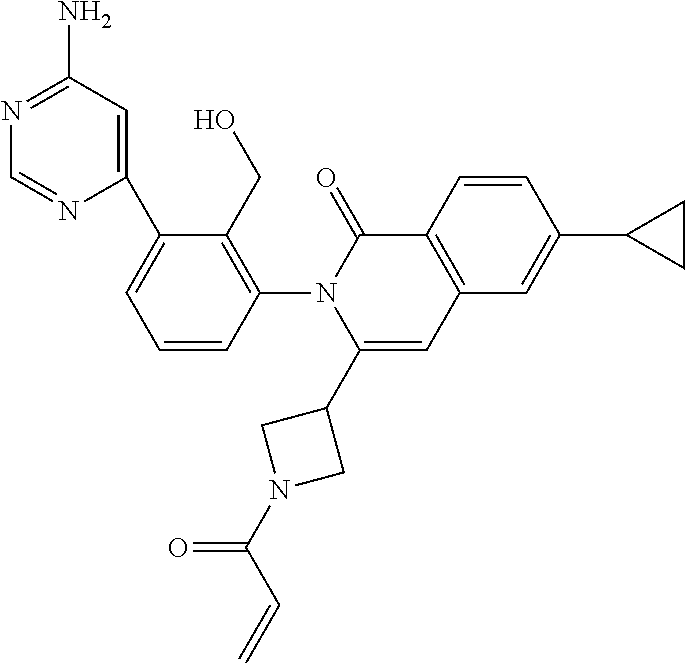
C00086
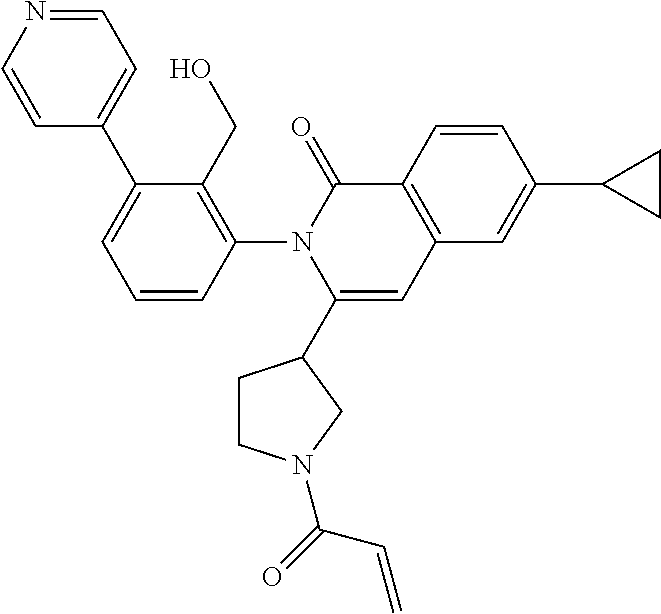
C00087
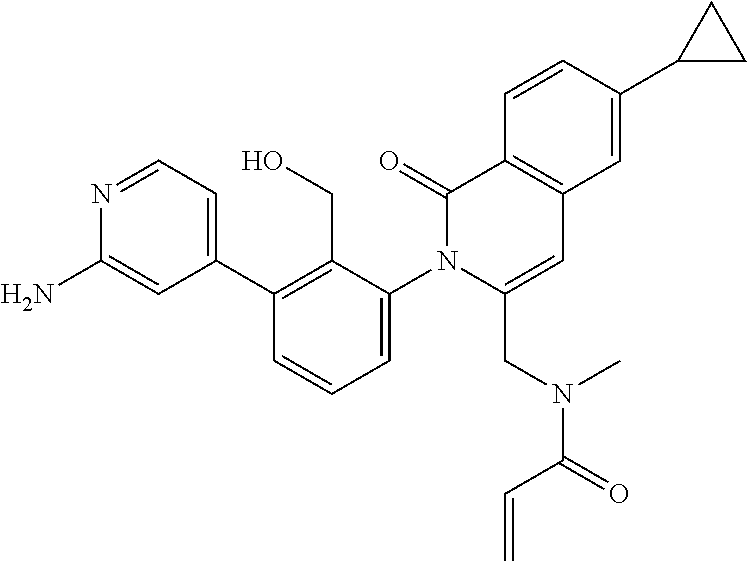
C00088
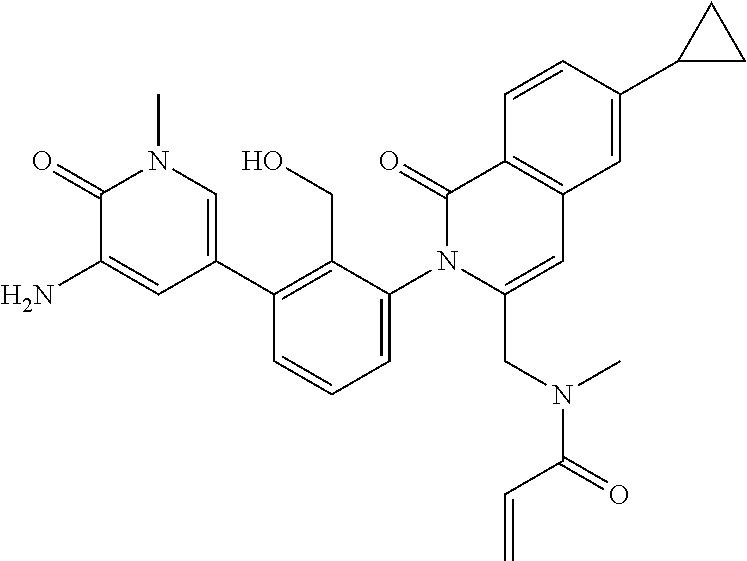
C00089
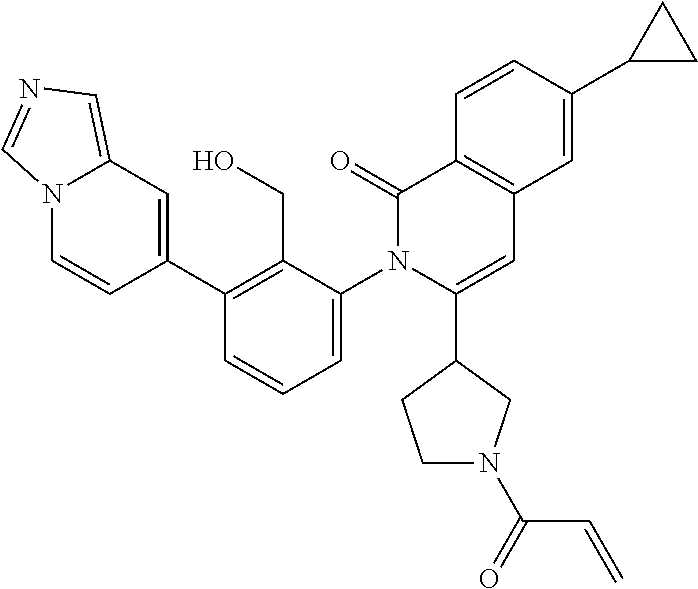
C00090

C00091

C00092
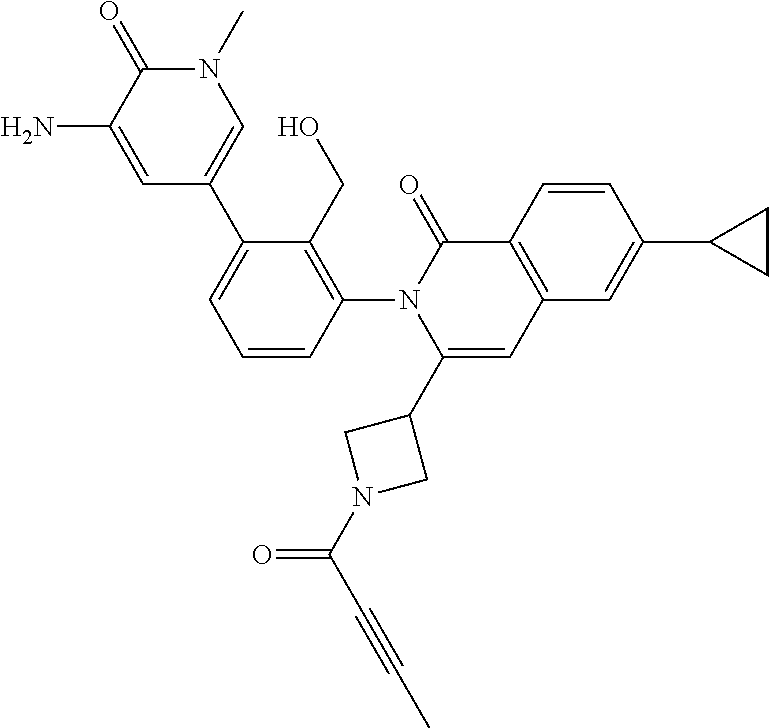
C00093
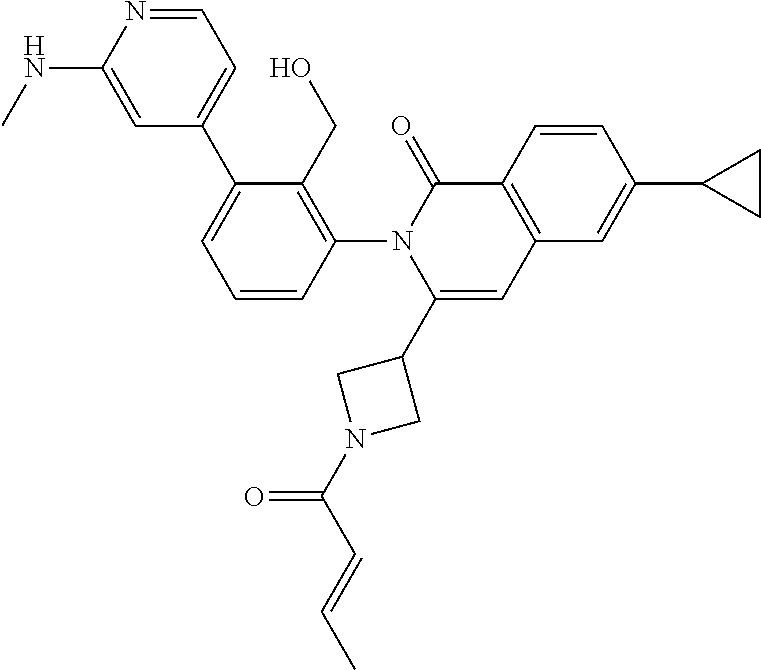
C00094
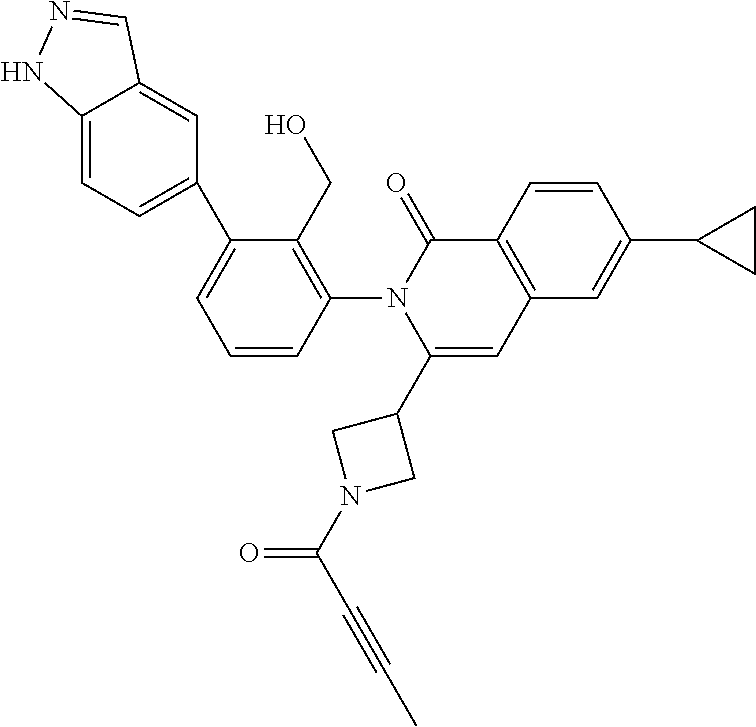
C00095

C00096
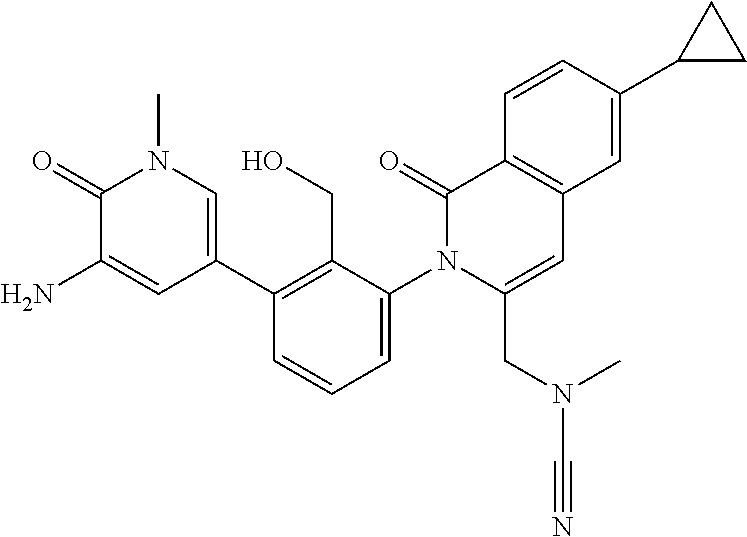
C00097

C00098
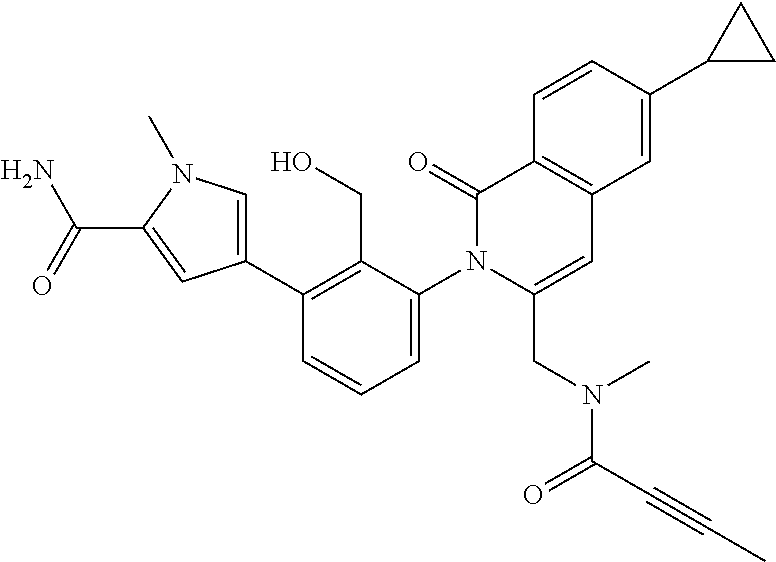
C00099
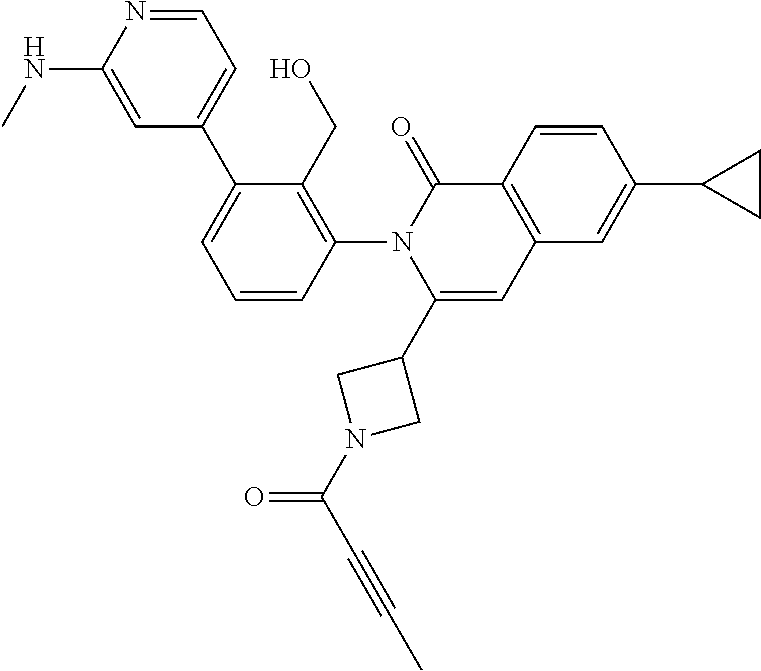
C00100
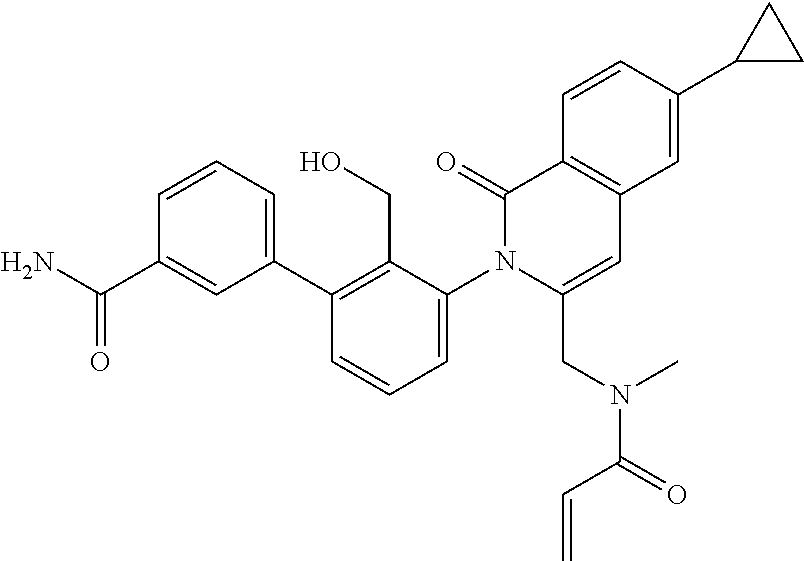
C00101
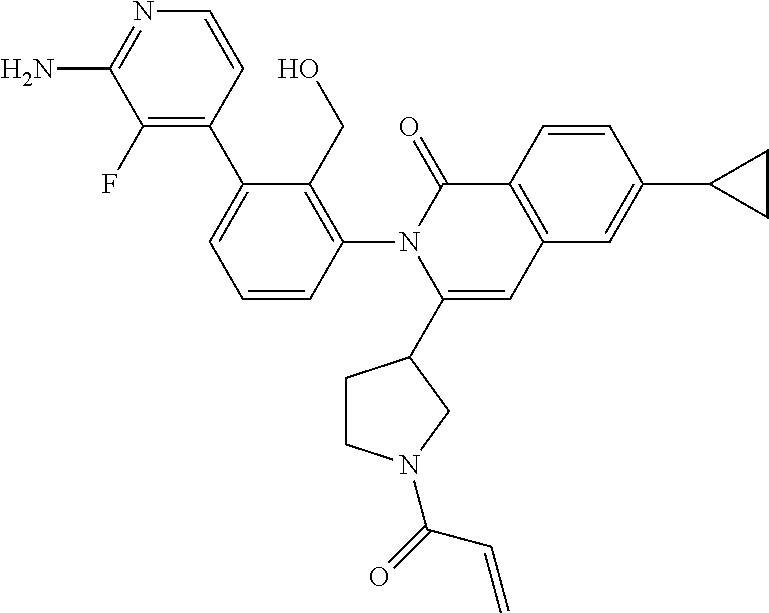
C00102
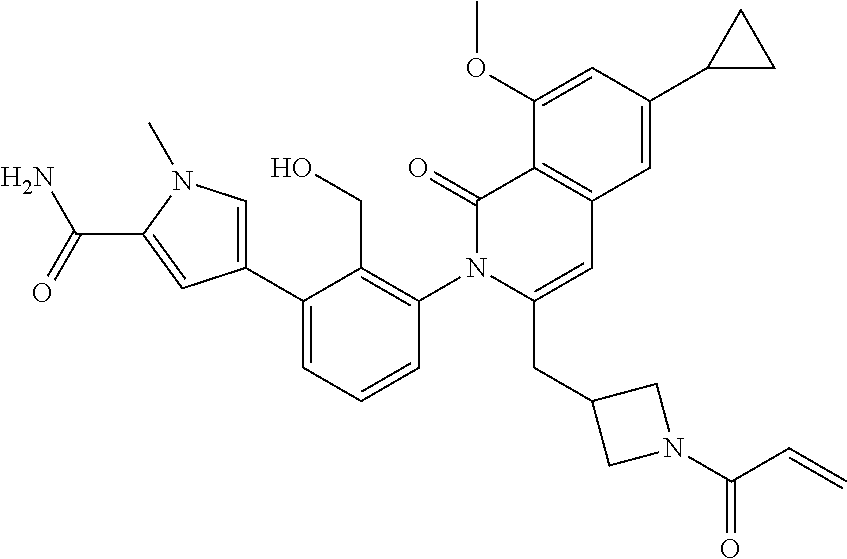
C00103
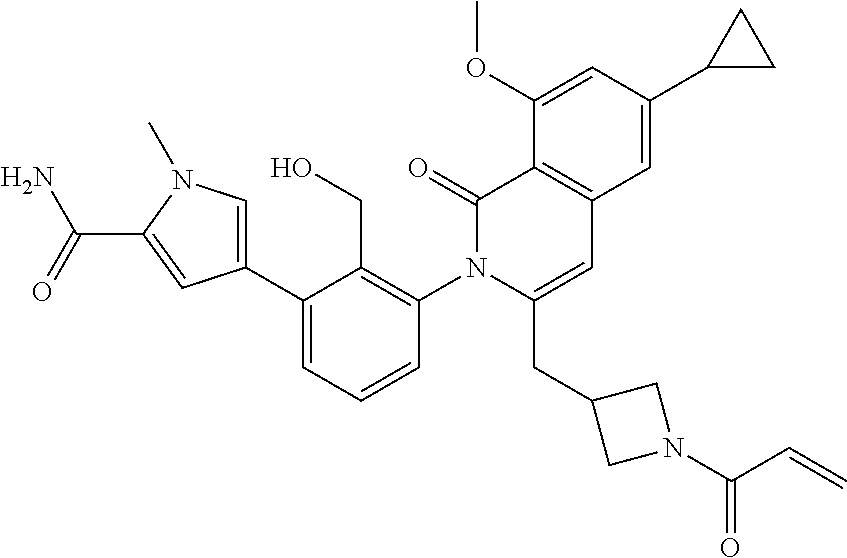
C00104
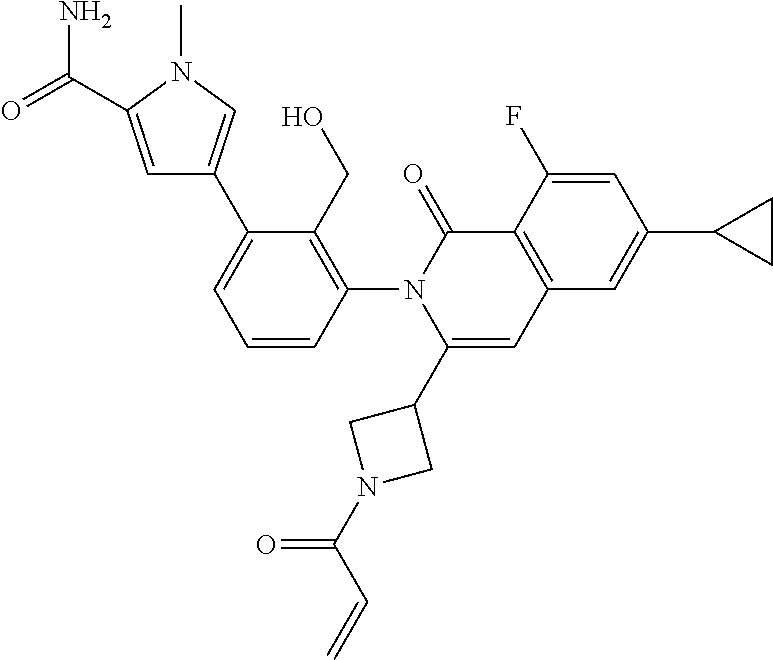
C00105
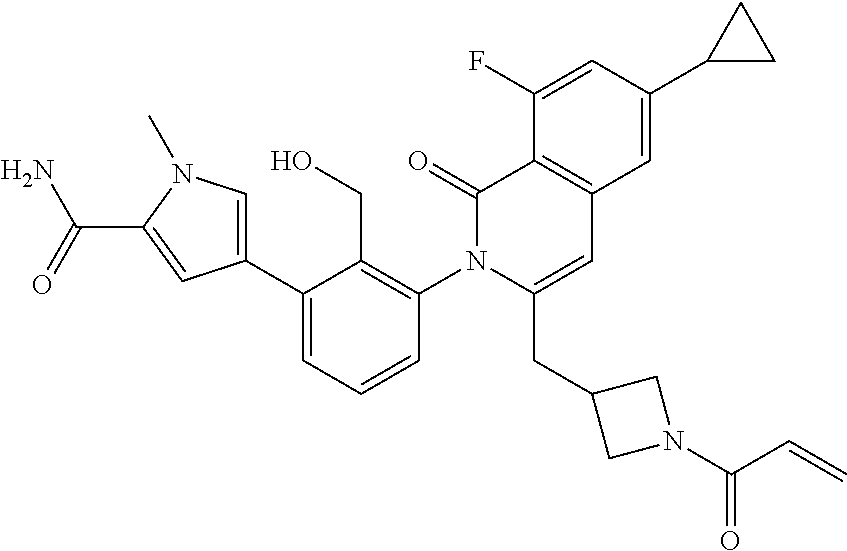
C00106
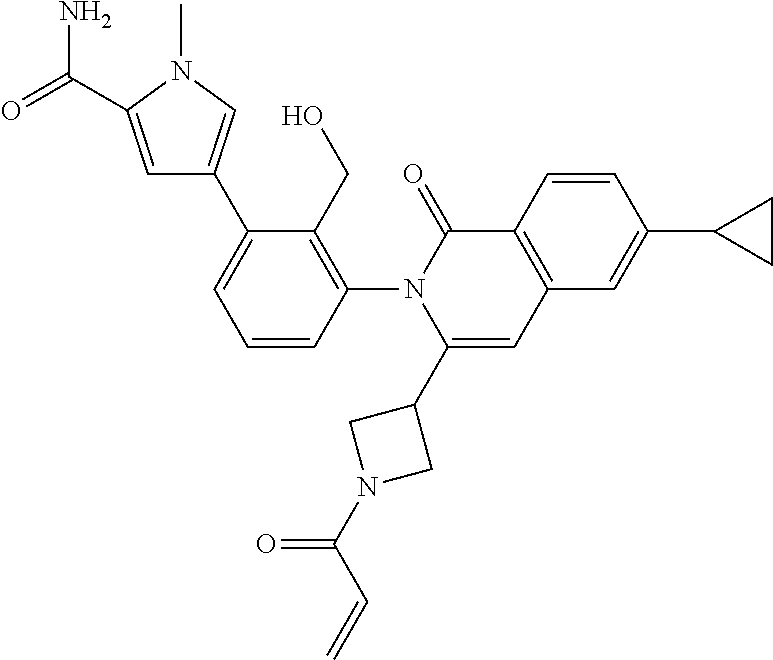
C00107
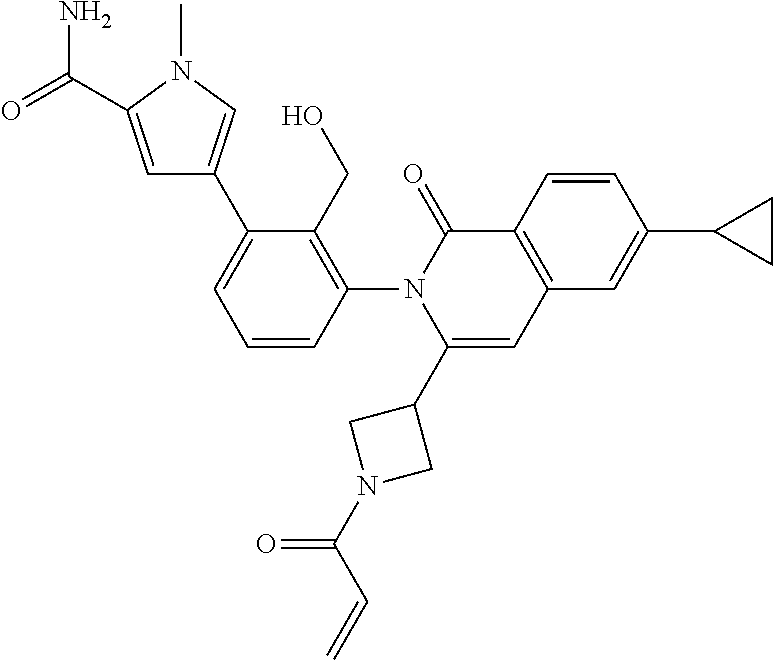
C00108
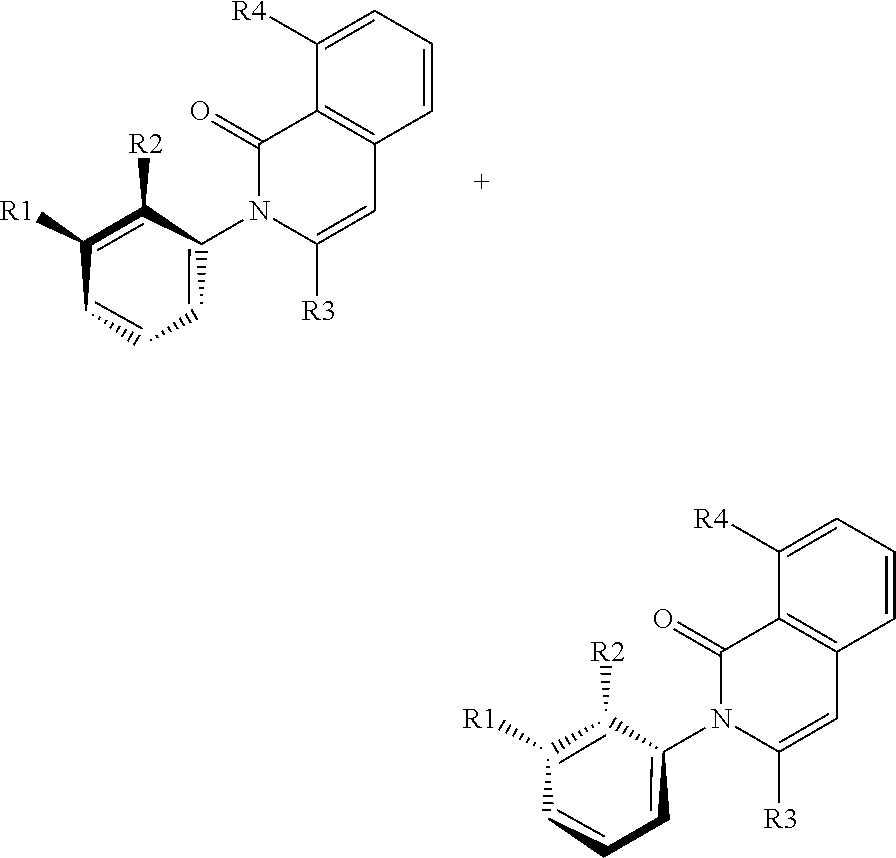
C00109
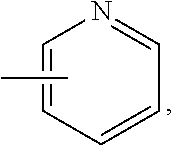
C00110
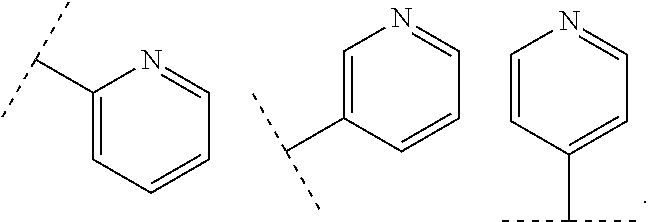
C00111
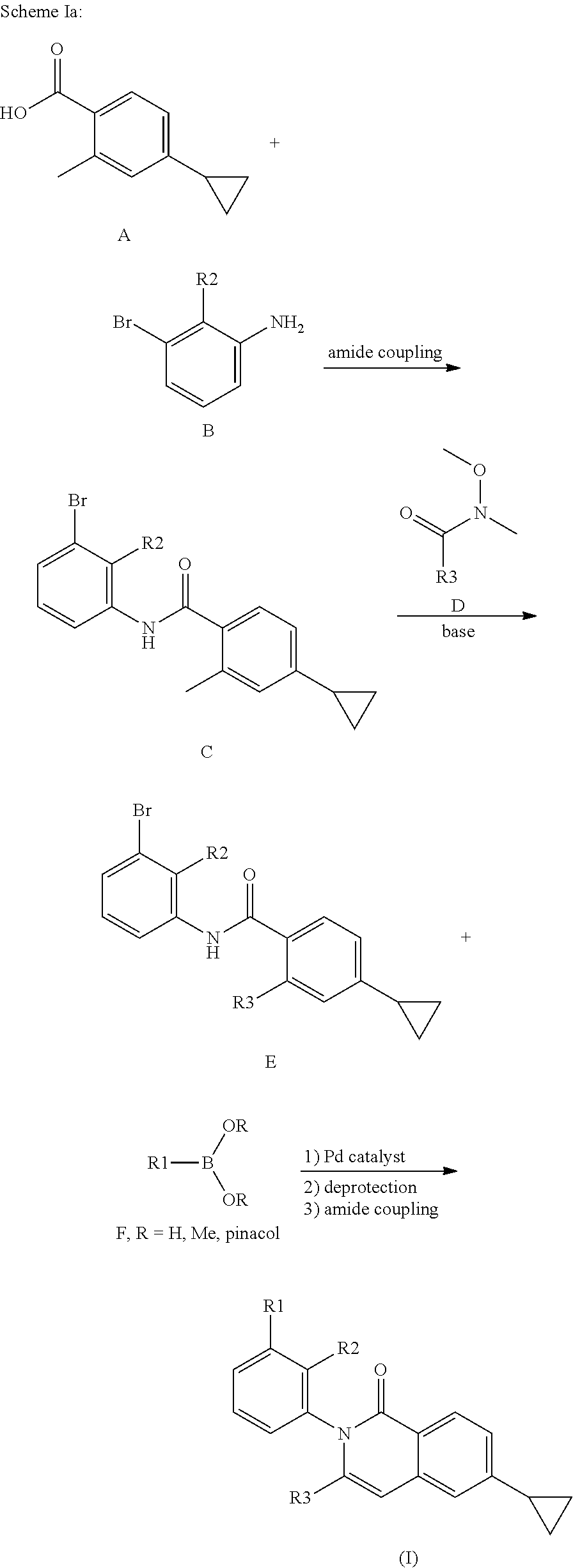
C00112
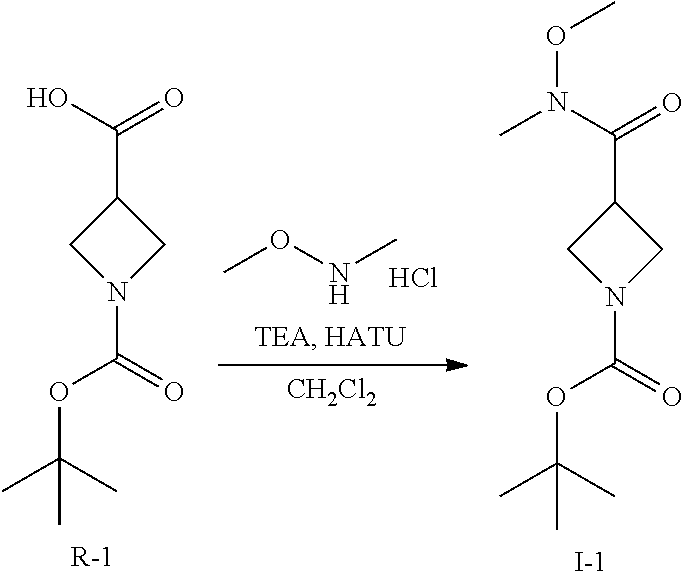
C00113
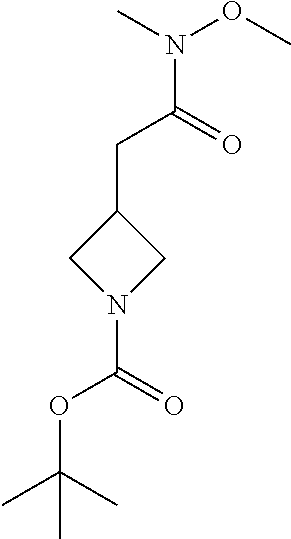
C00114
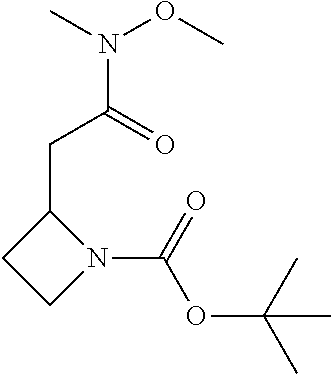
C00115
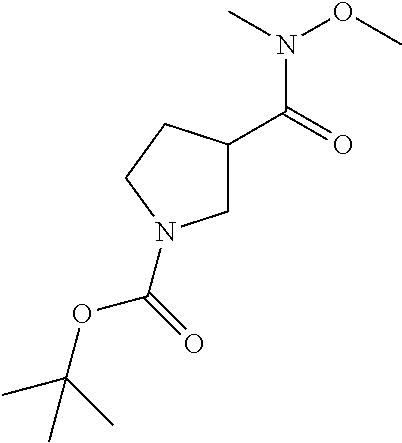
C00116
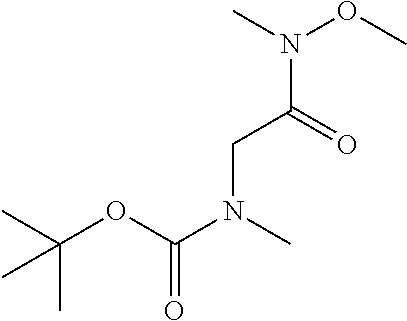
C00117
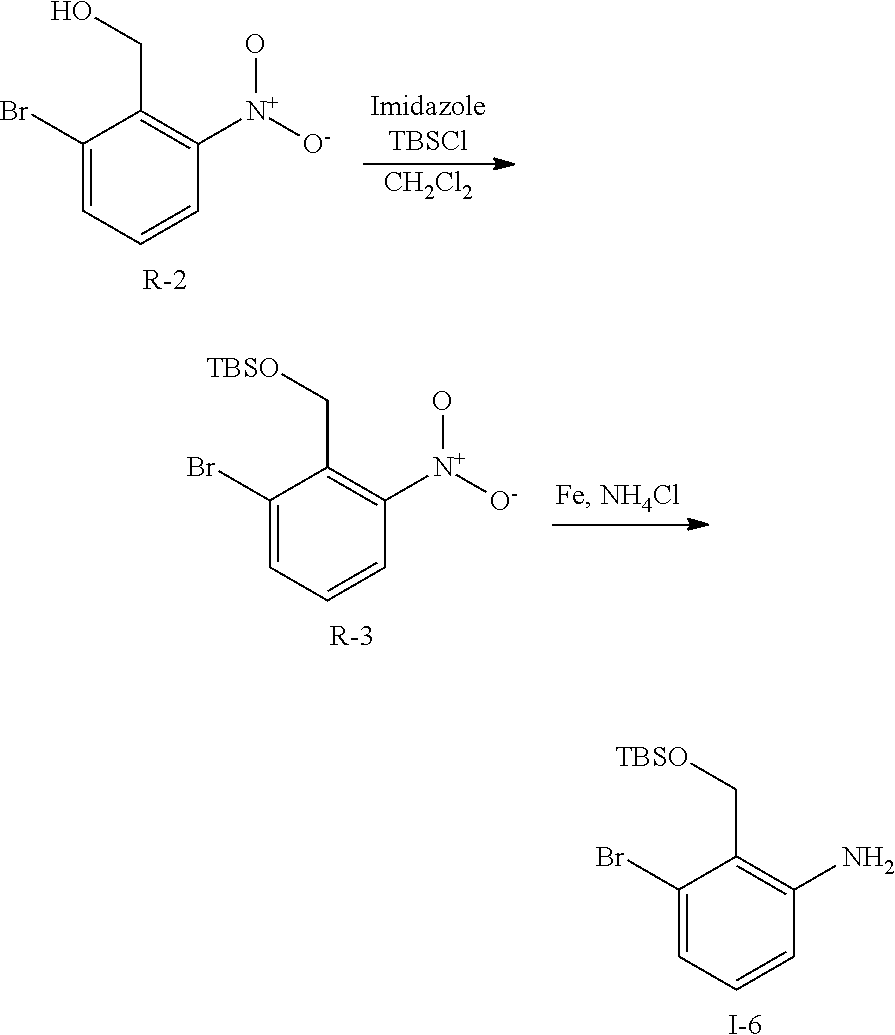
C00118
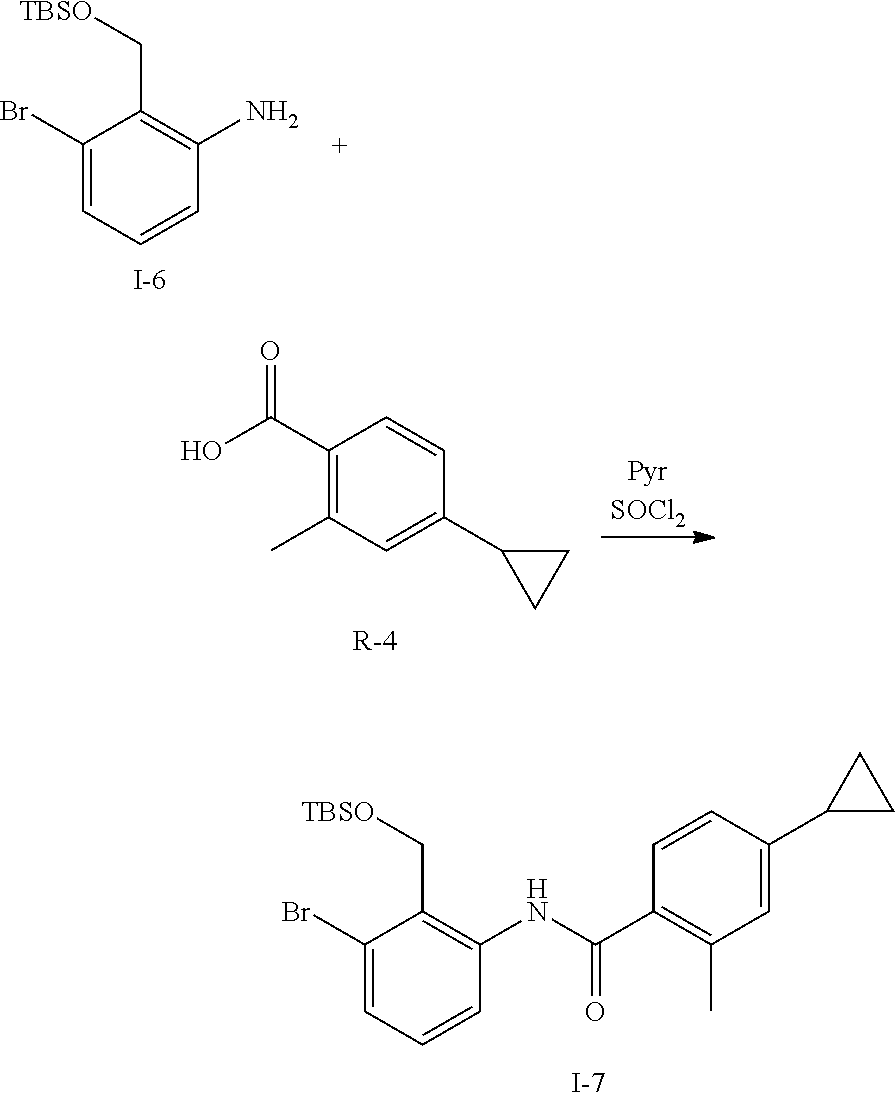
C00119
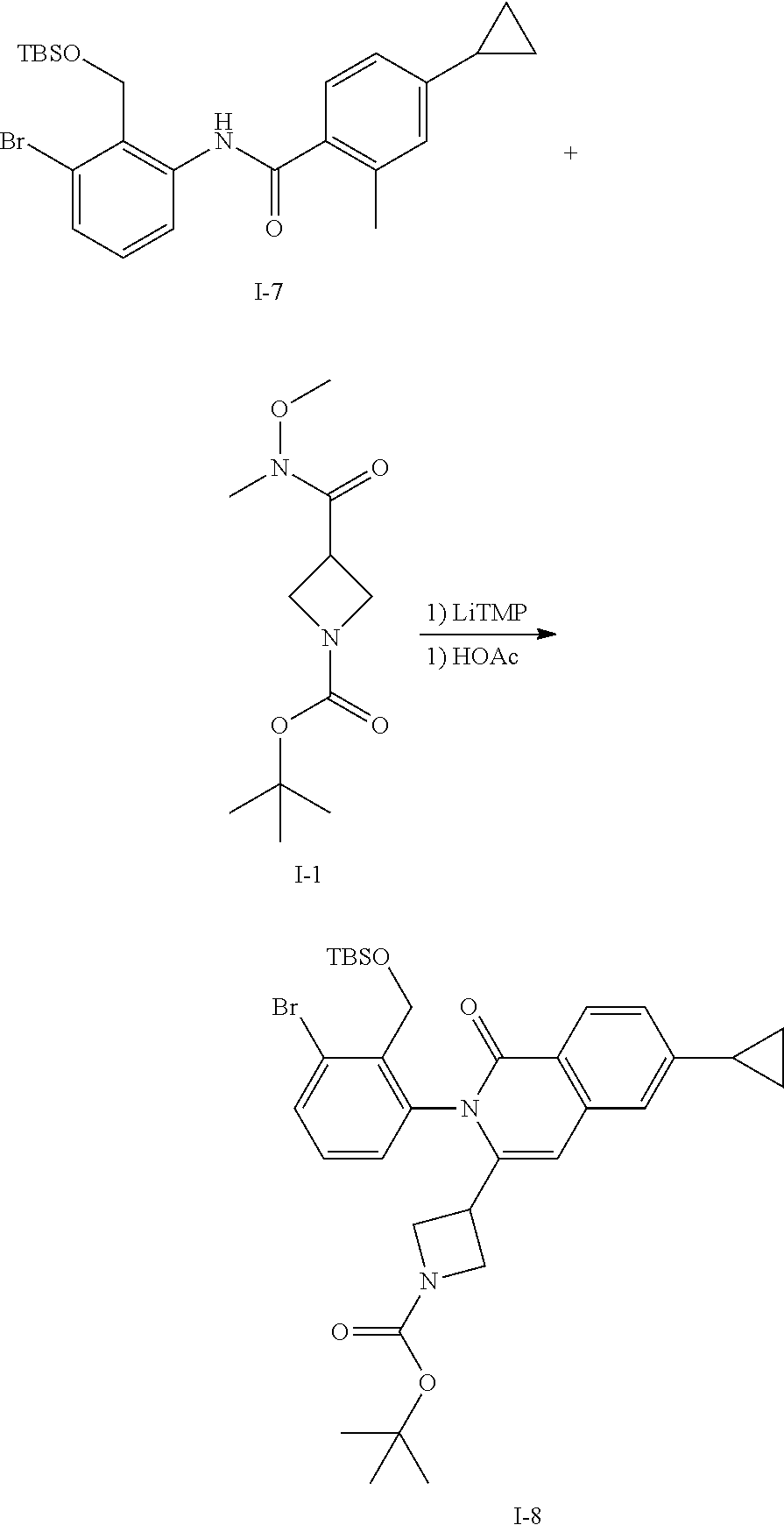
C00120
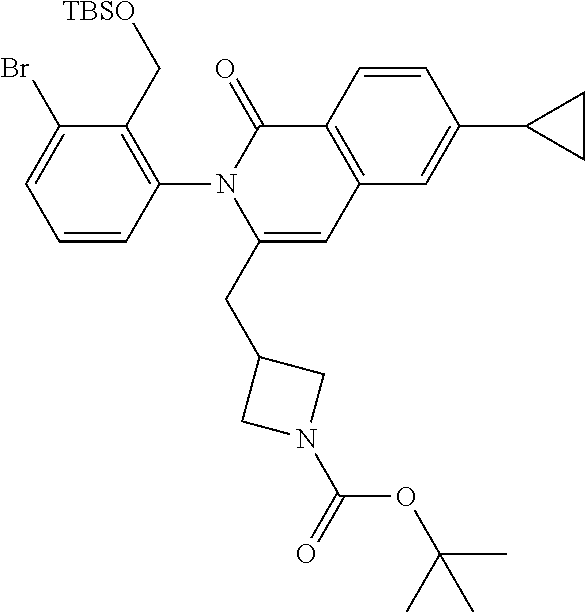
C00121
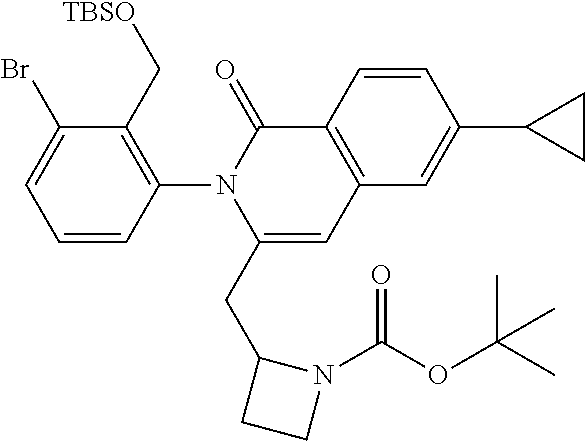
C00122
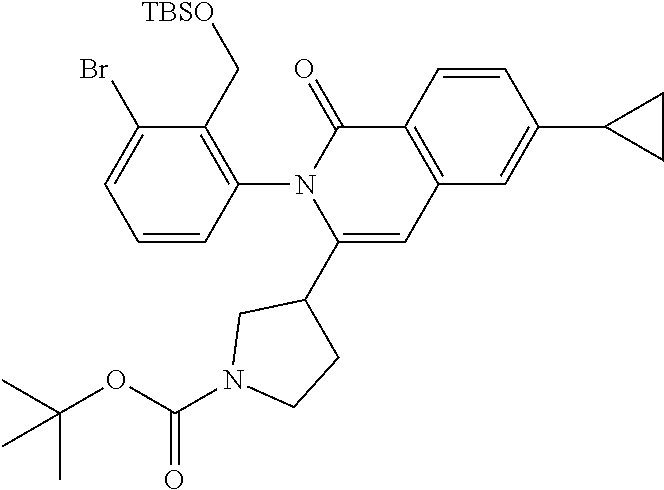
C00123
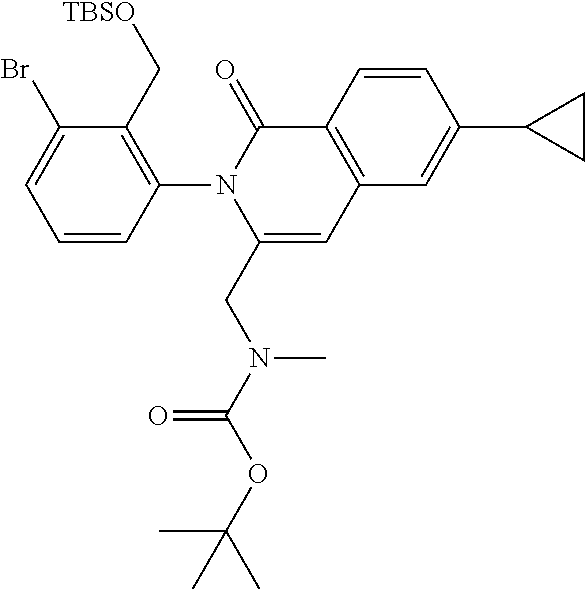
C00124

C00125
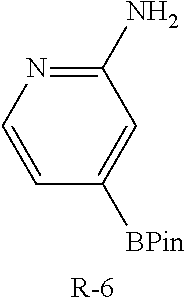
C00126
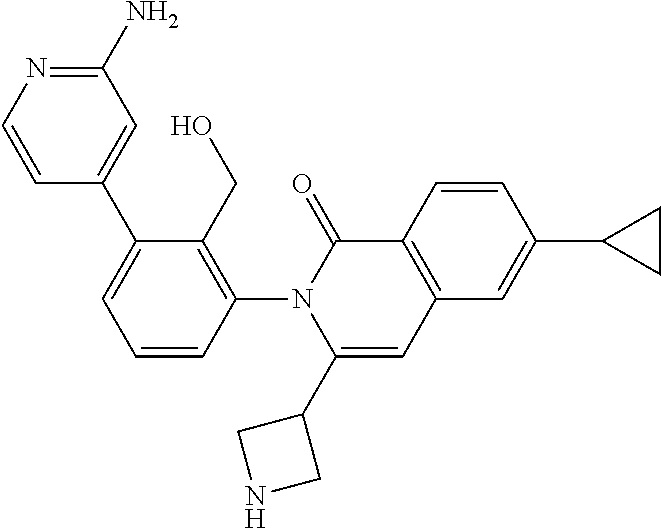
C00127
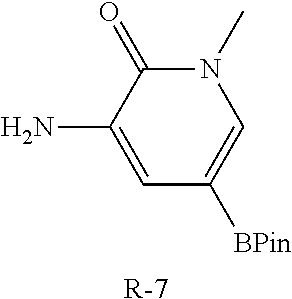
C00128
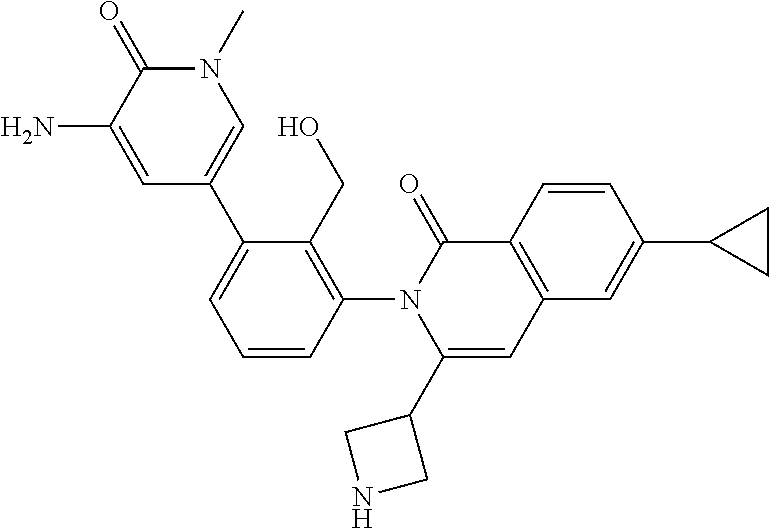
C00129
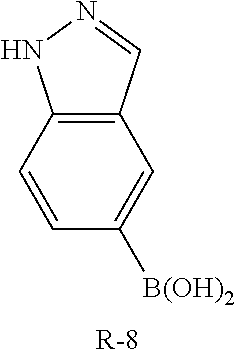
C00130
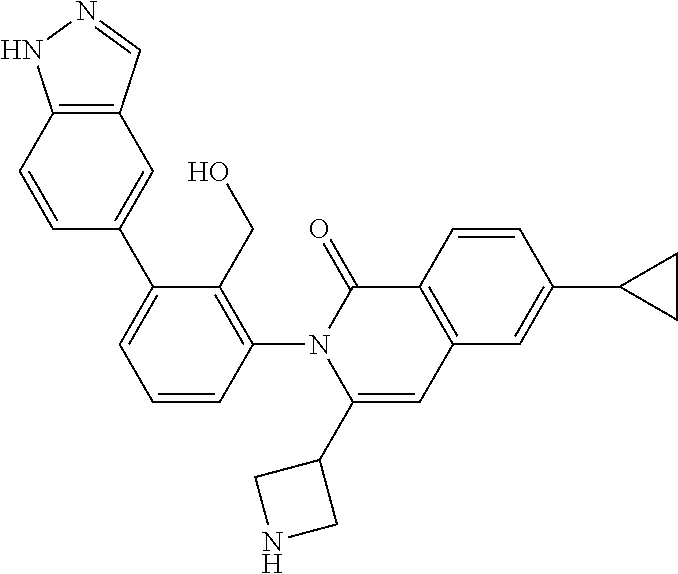
C00131
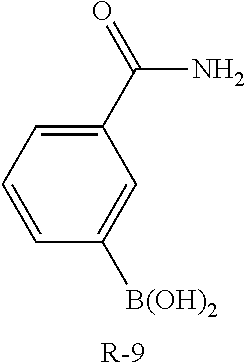
C00132
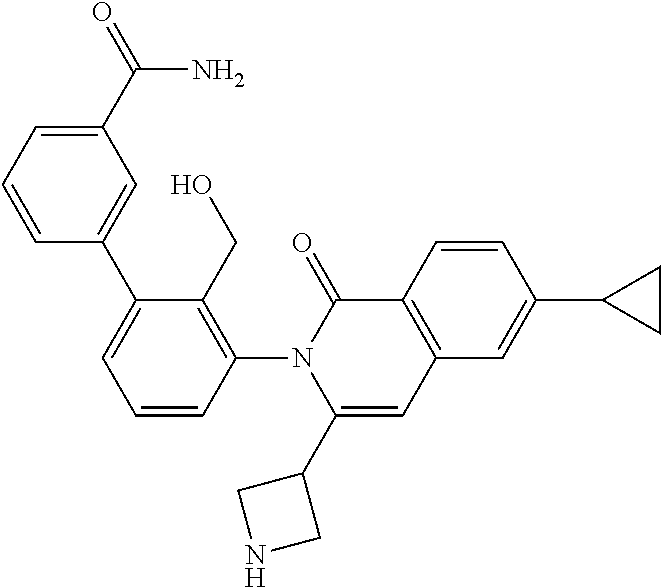
C00133
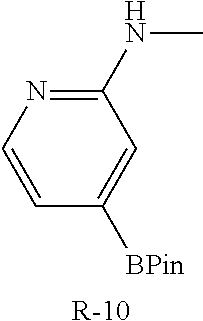
C00134
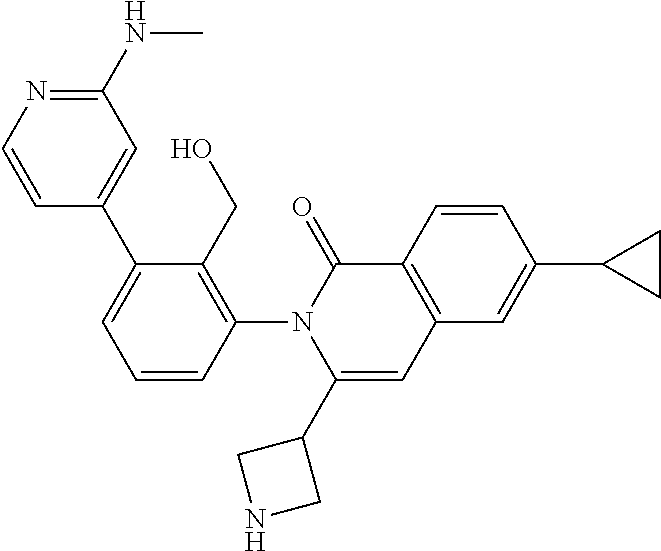
C00135
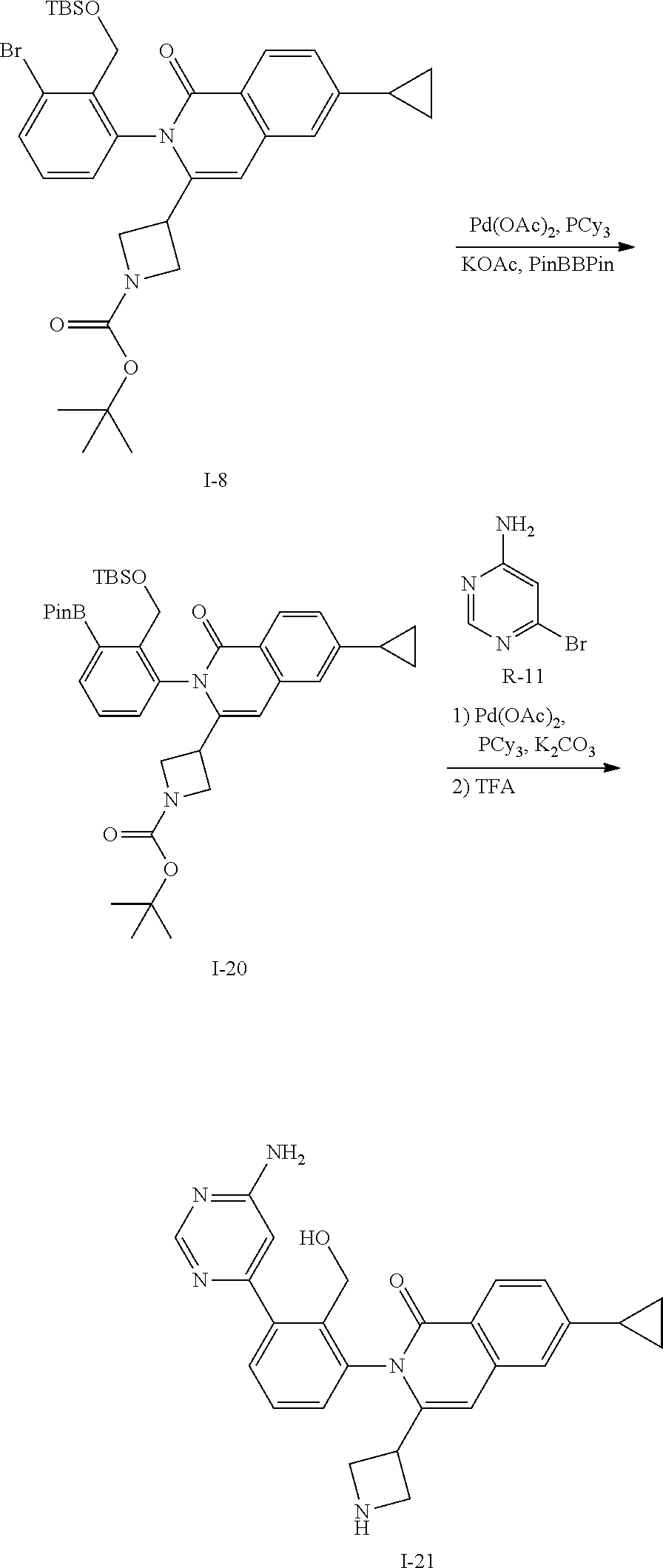
C00136
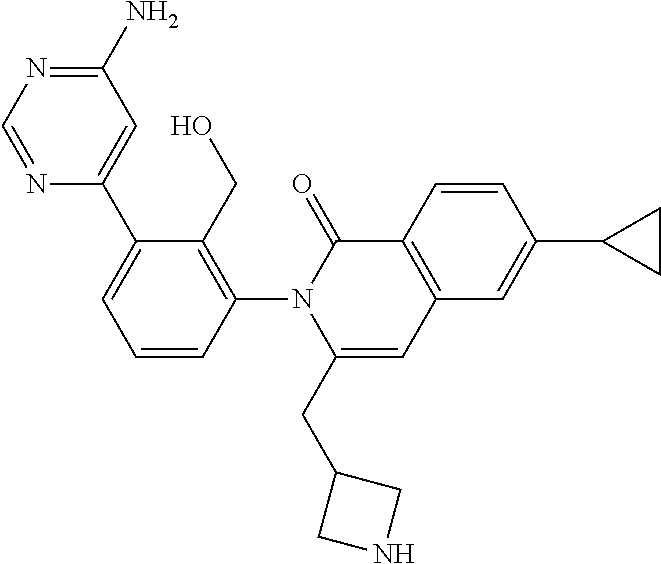
C00137

C00138
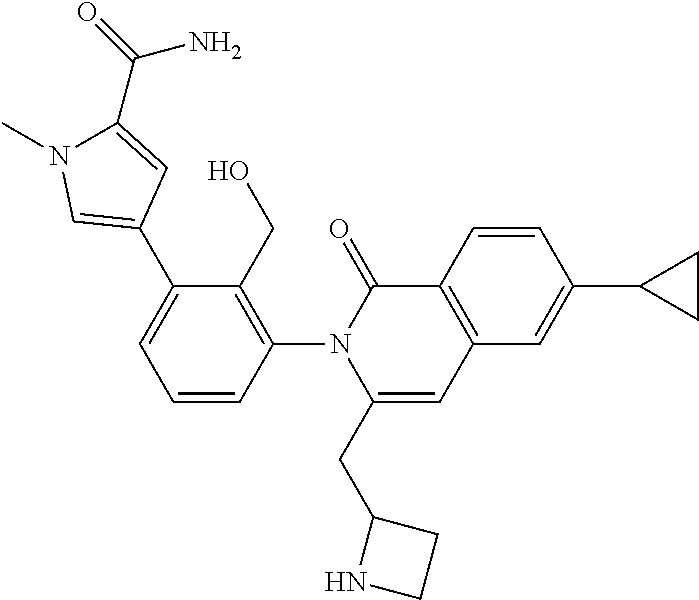
C00139

C00140
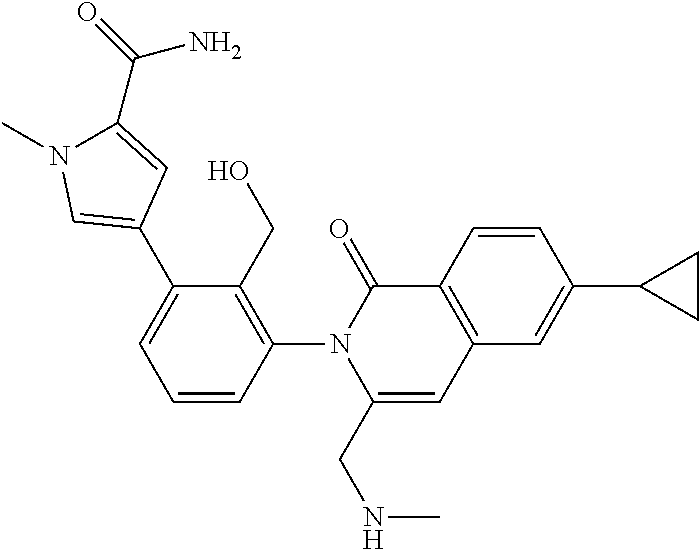
C00141
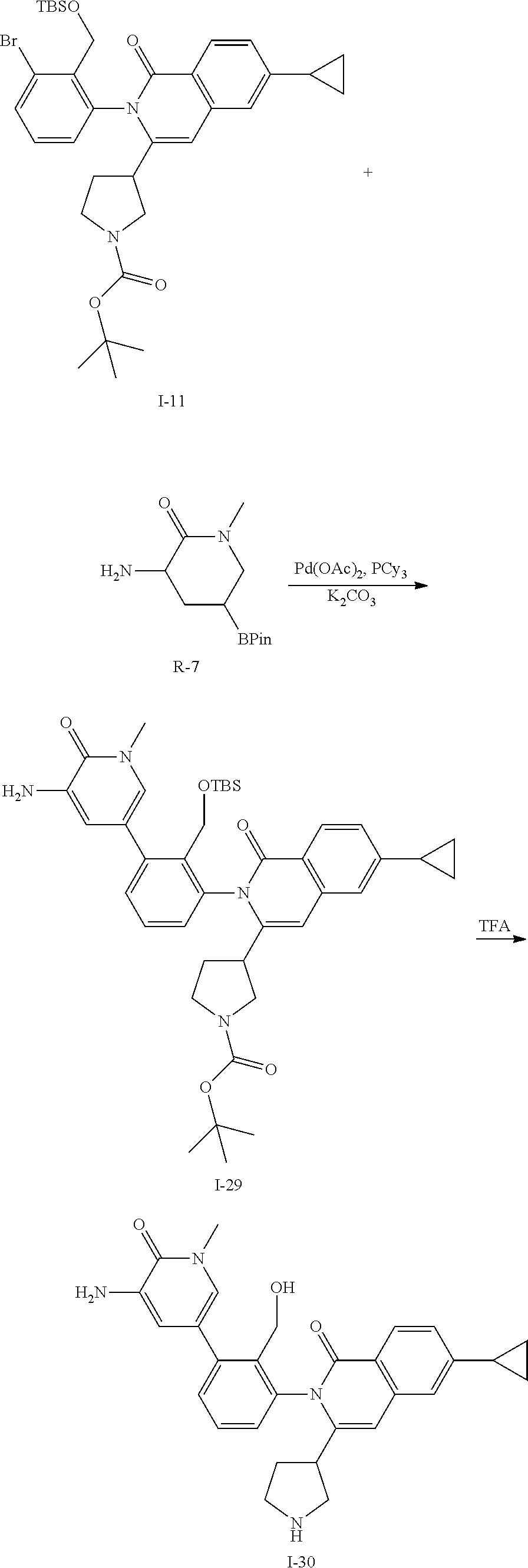
C00142
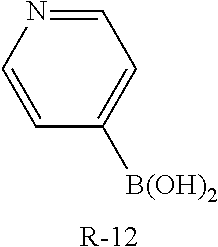
C00143
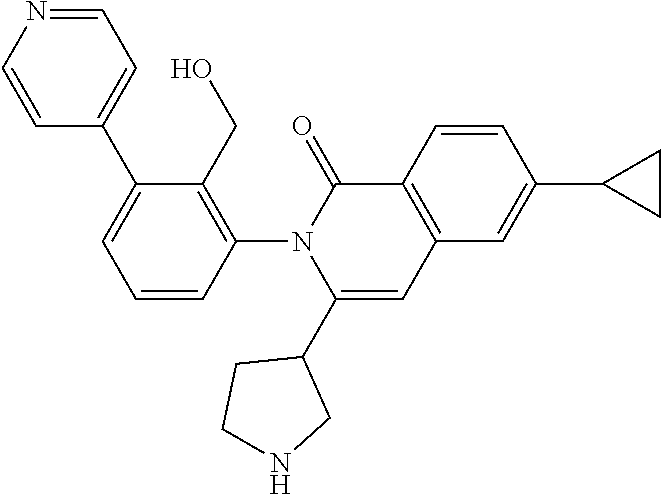
C00144
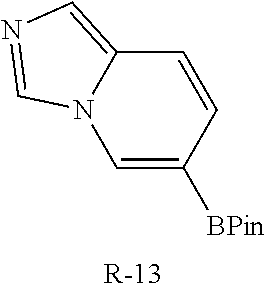
C00145
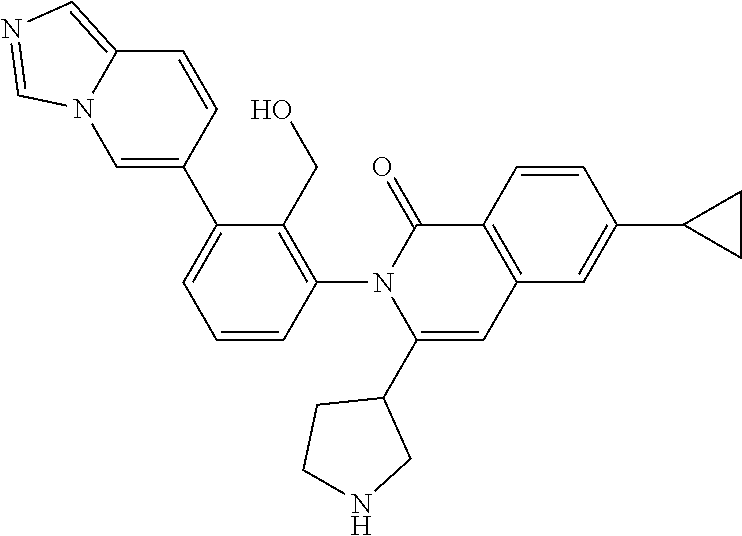
C00146
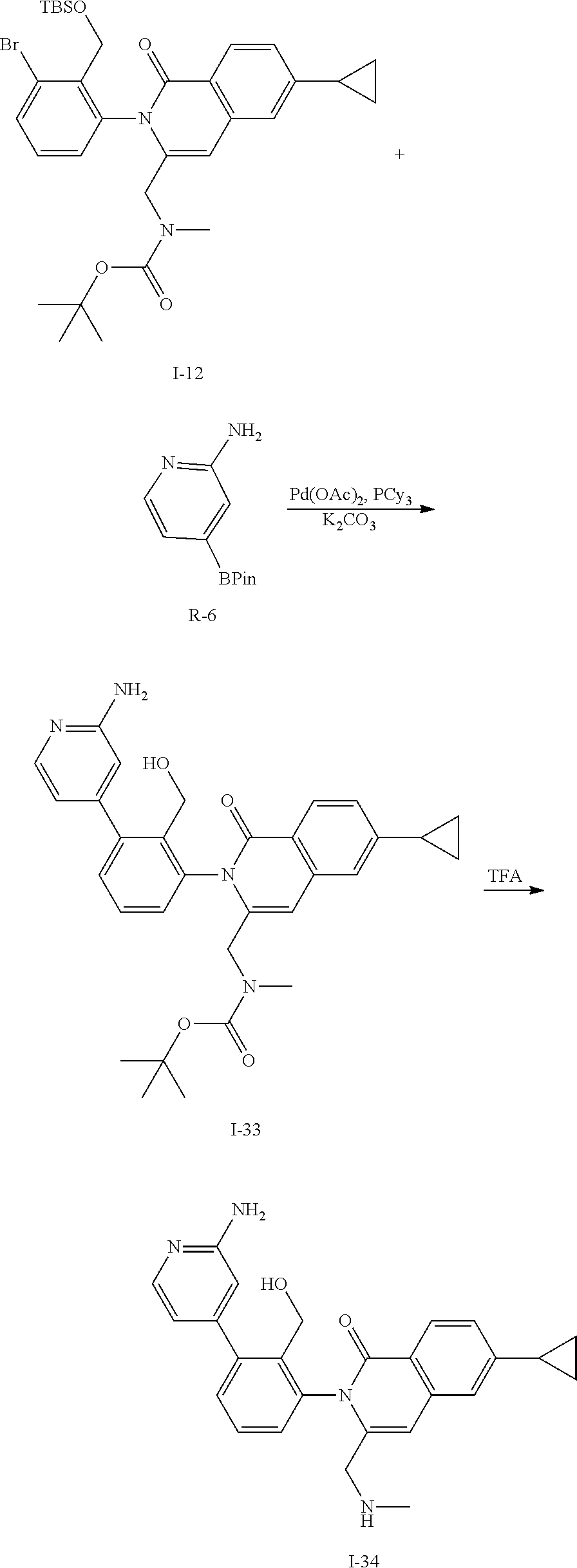
C00147
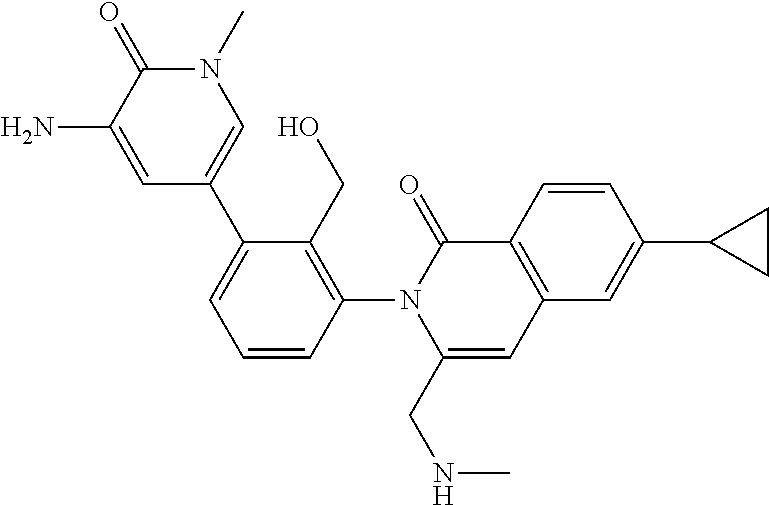
C00148
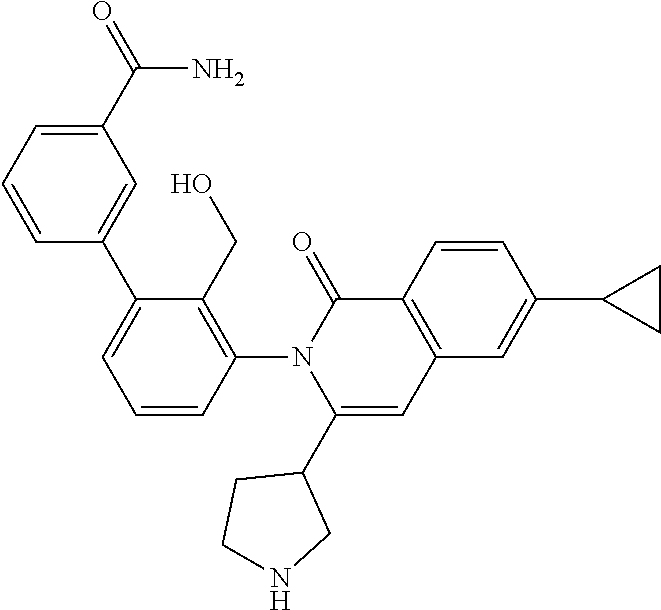
C00149

C00150
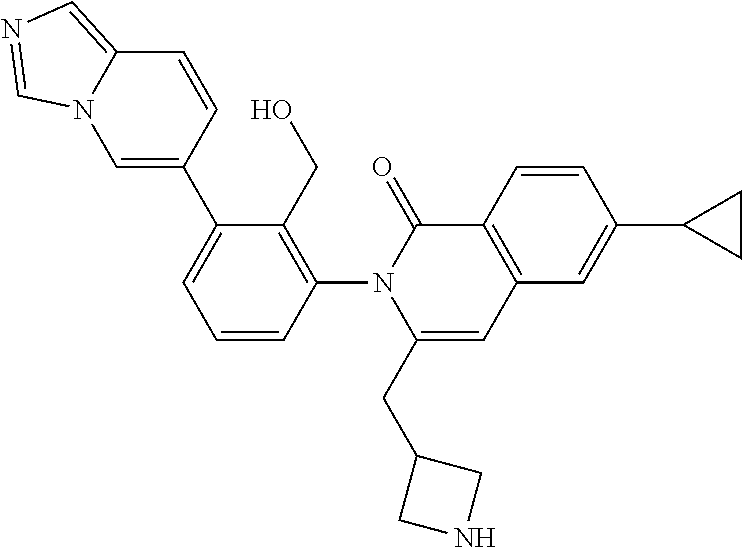
C00151
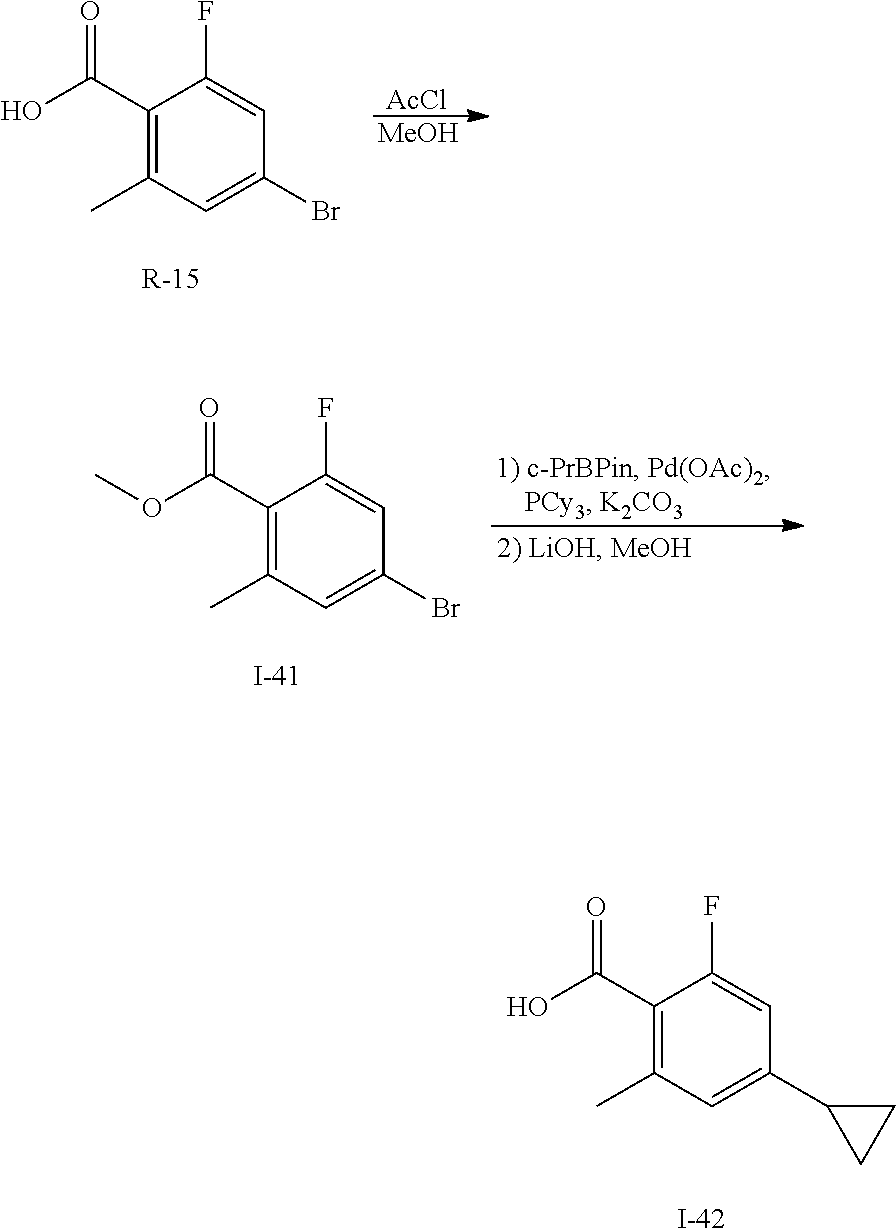
C00152
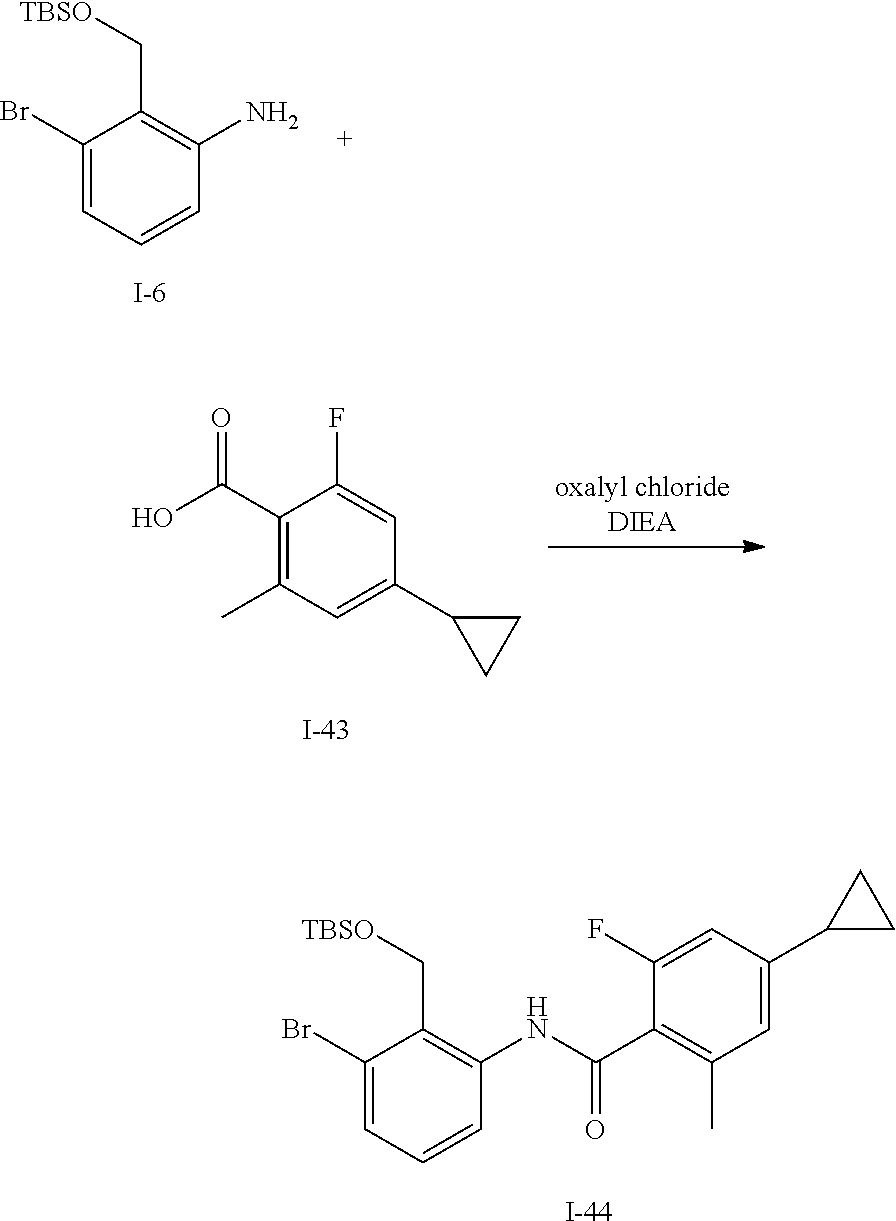
C00153
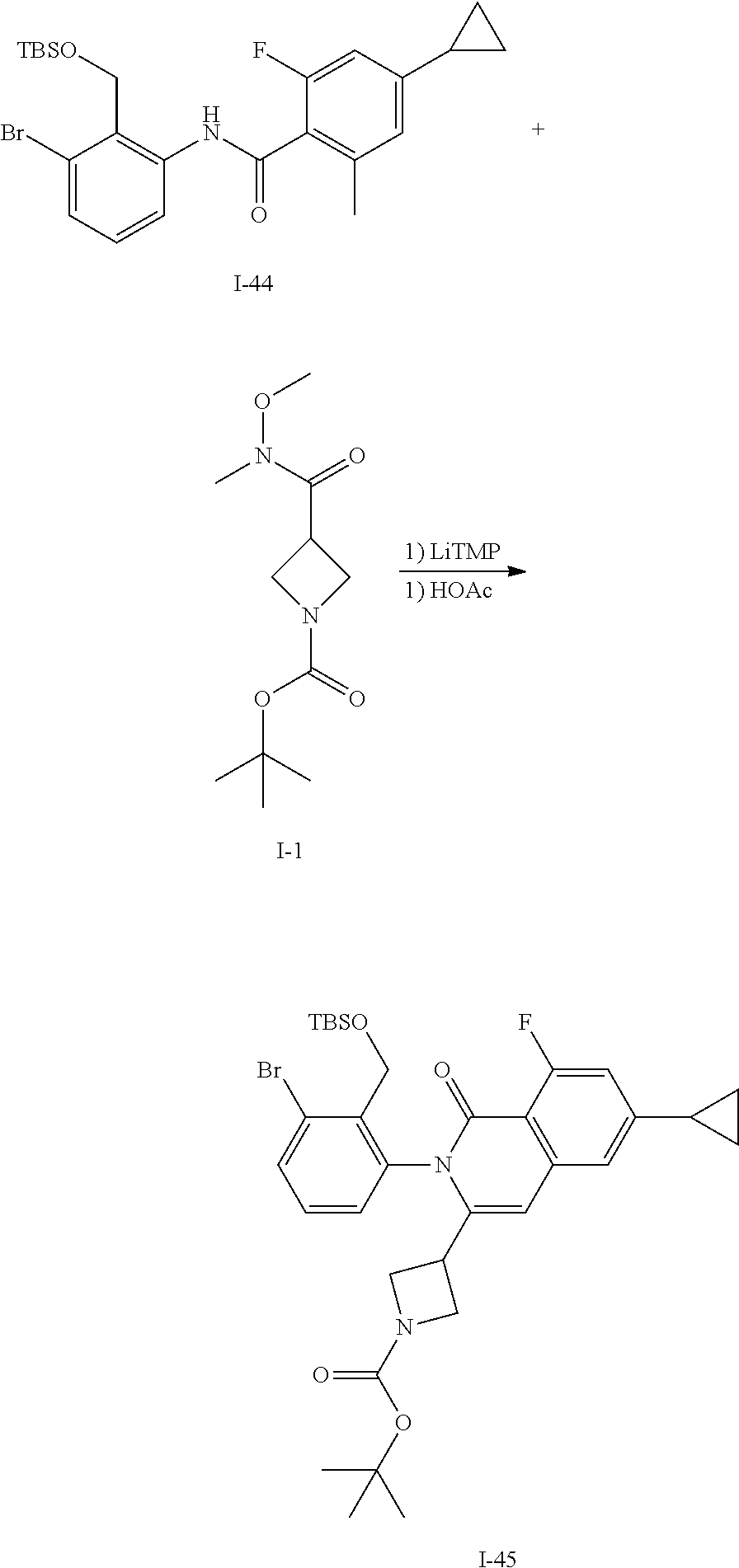
C00154
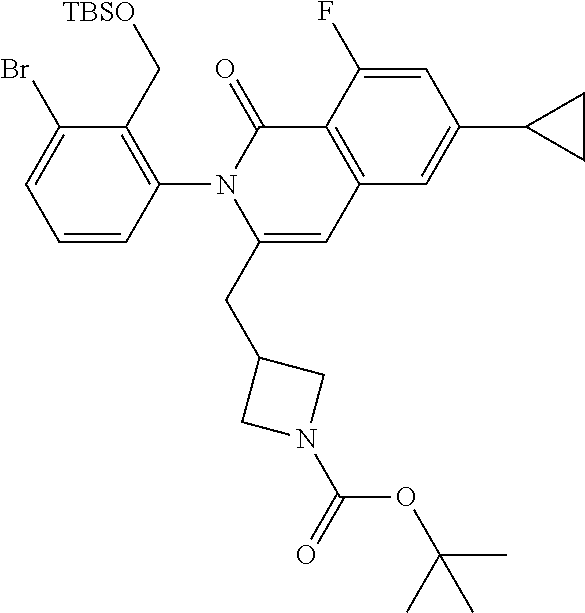
C00155
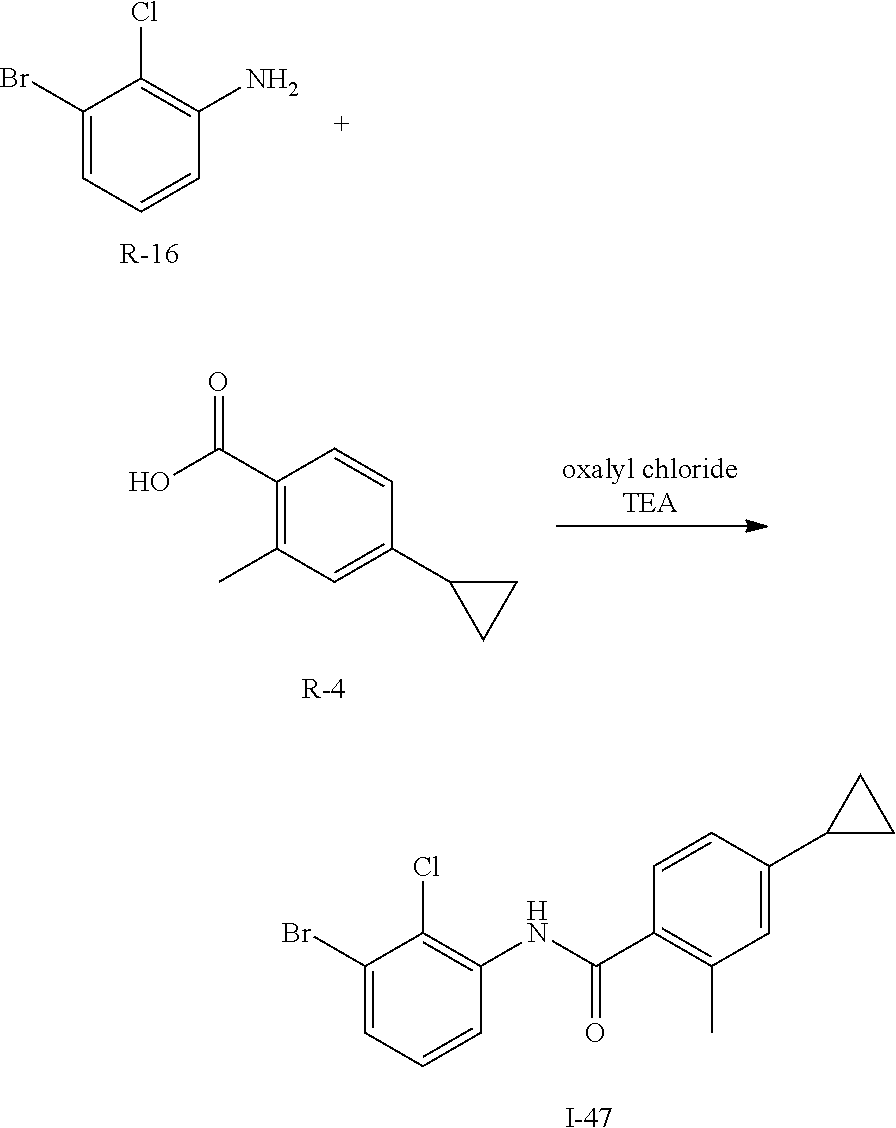
C00156
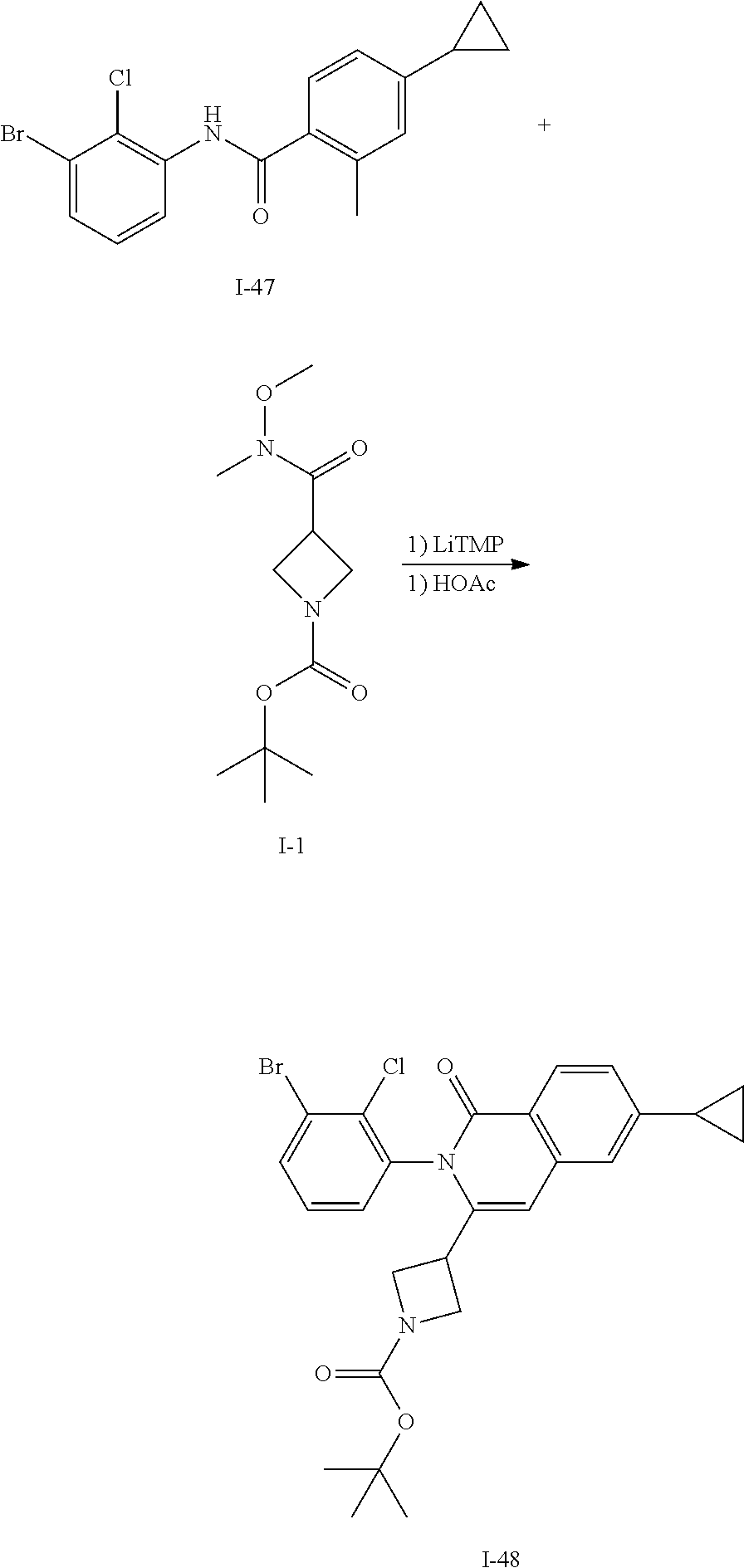
C00157

C00158
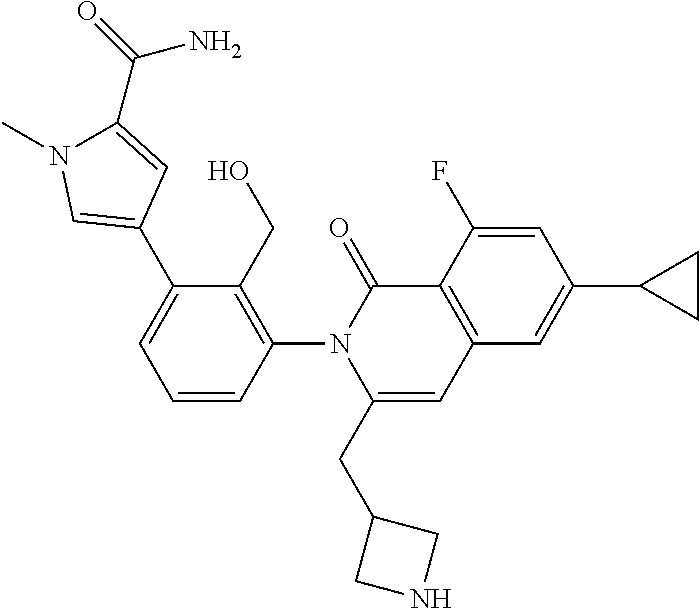
C00159

C00160
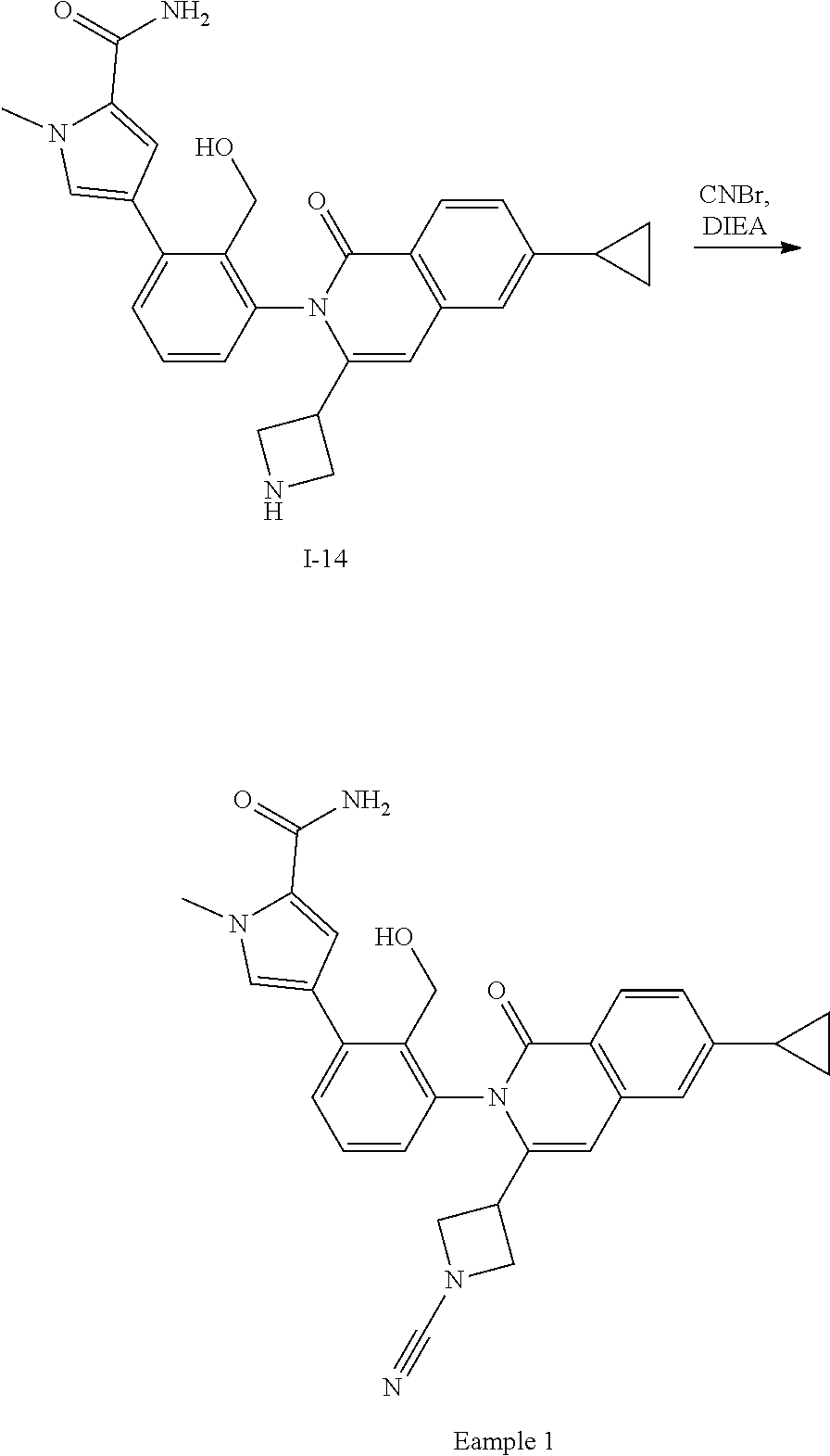
C00161
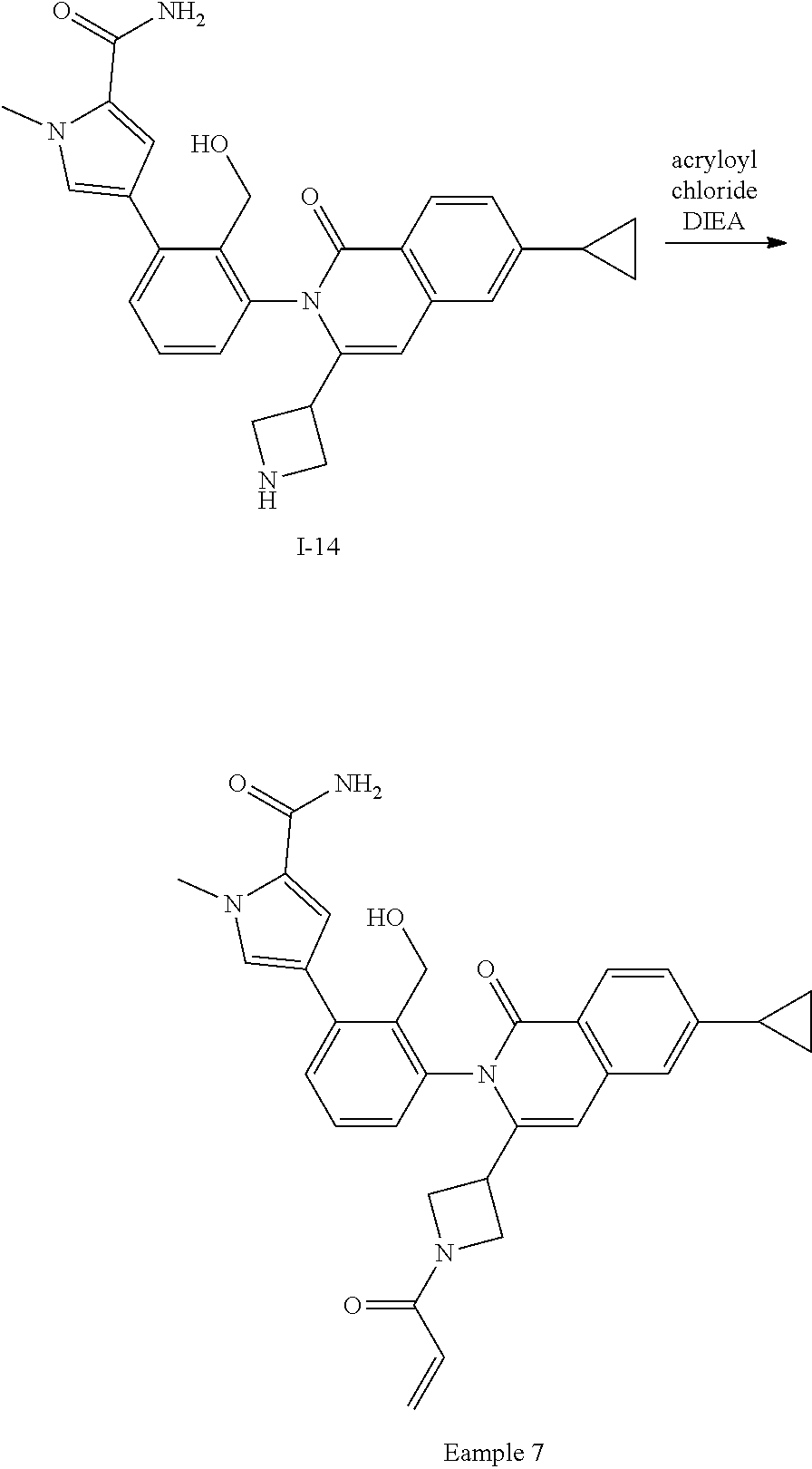
C00162
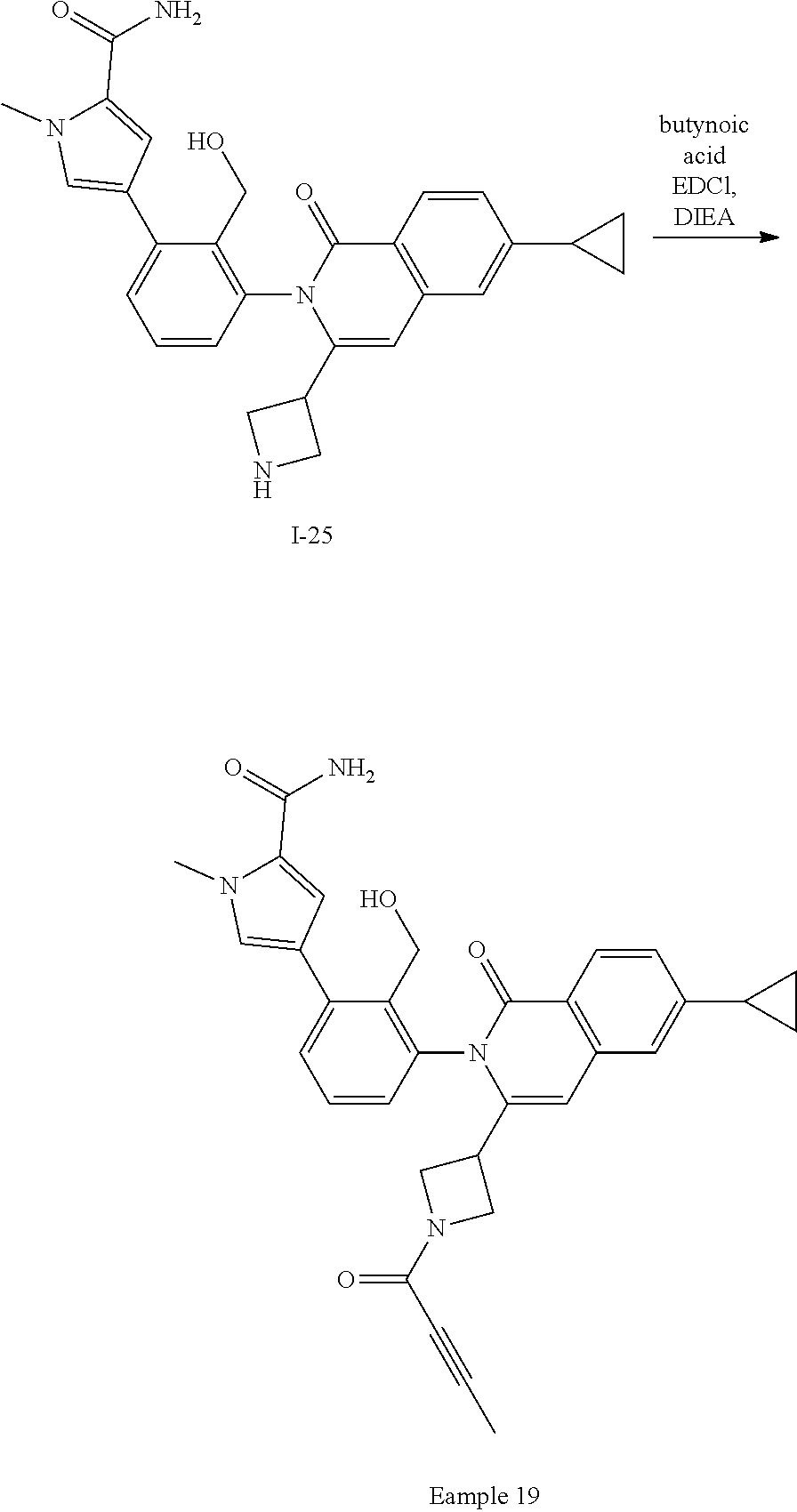
C00163
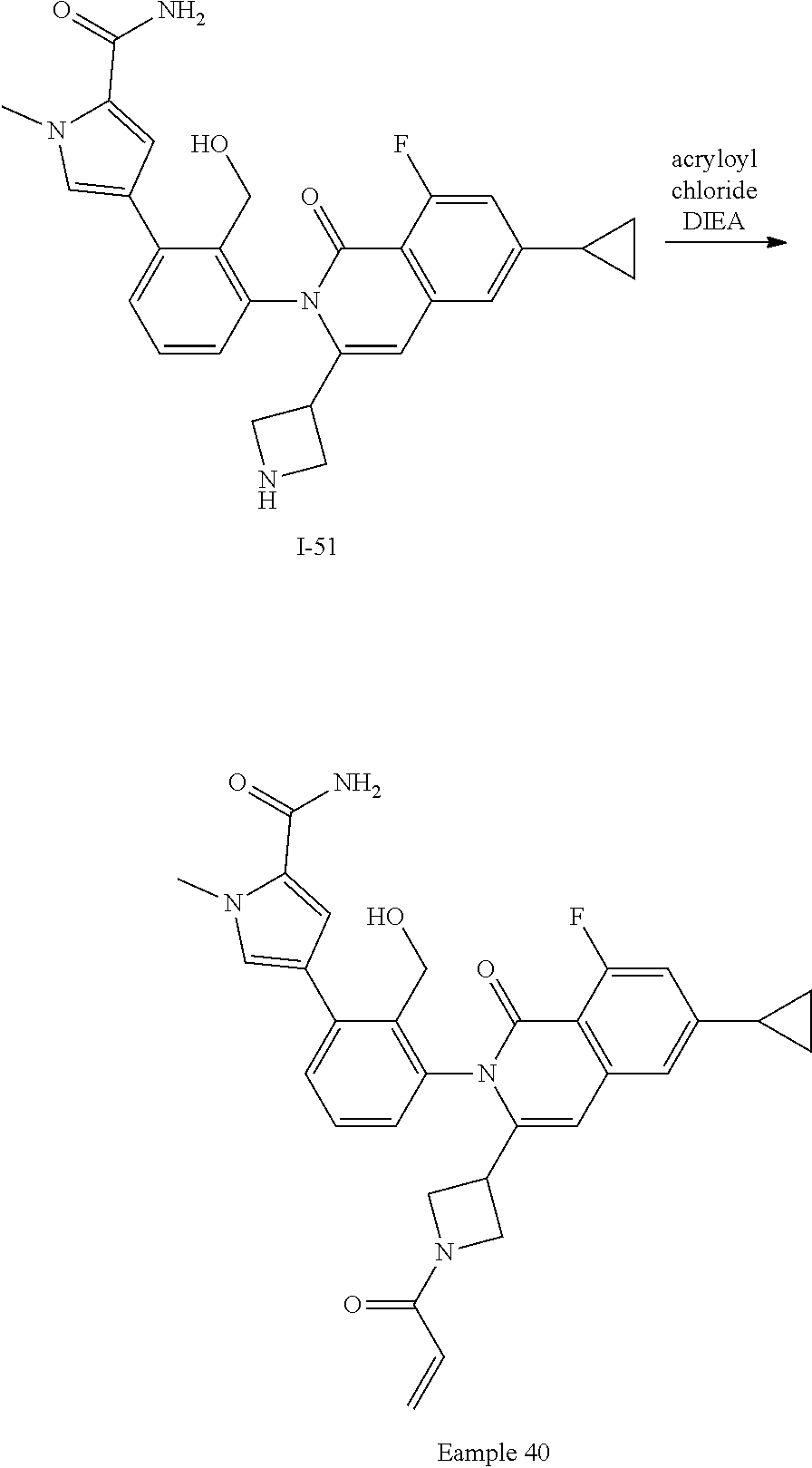
C00164
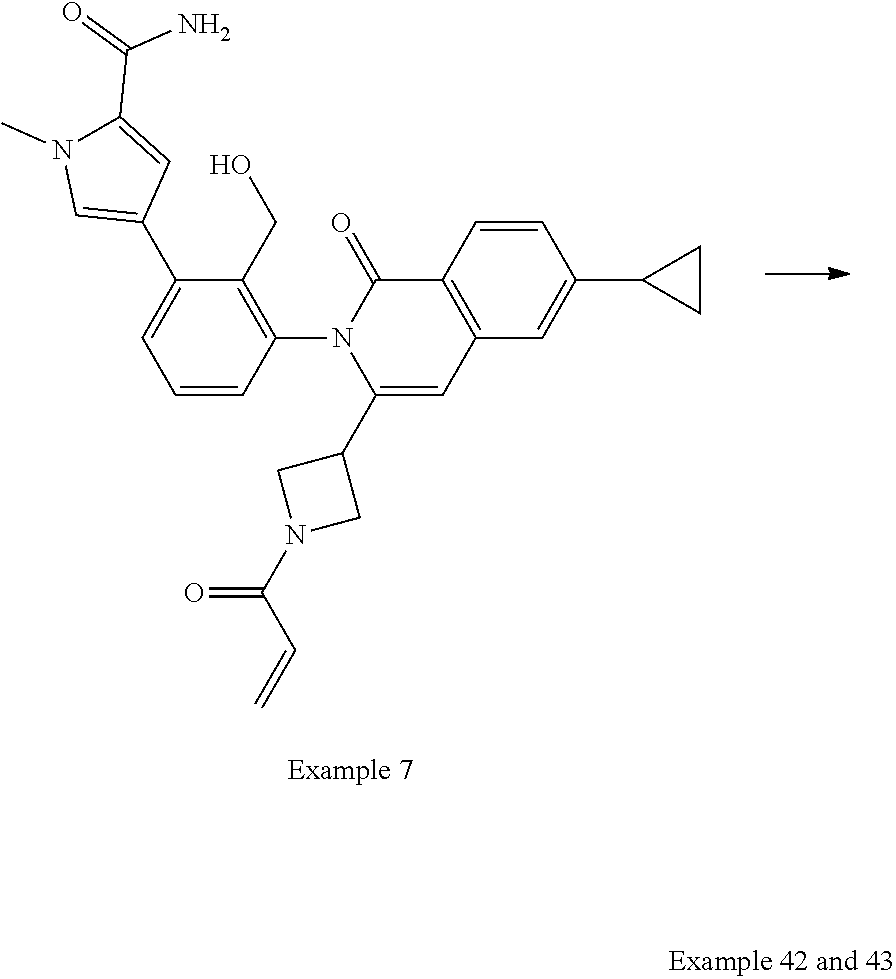
C00165
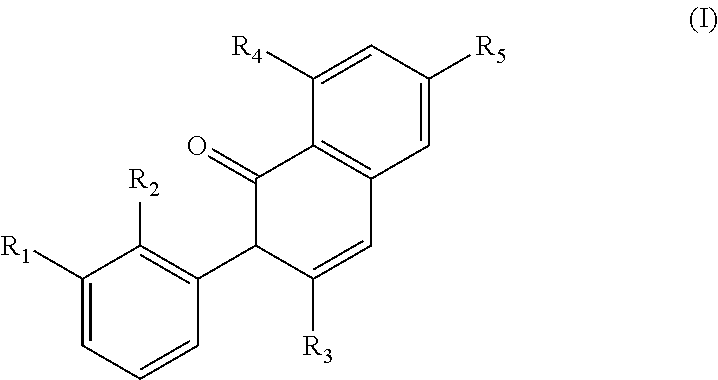
C00166

C00167

C00168

C00169
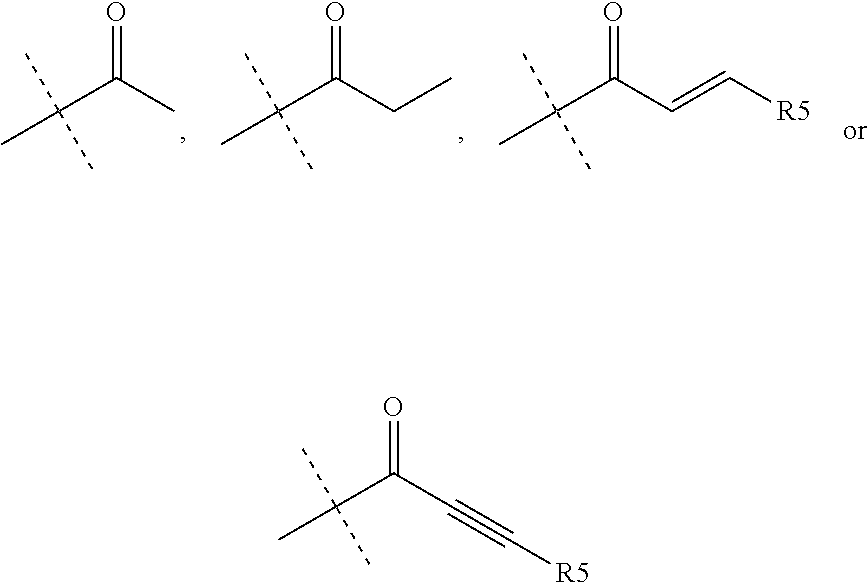
C00170
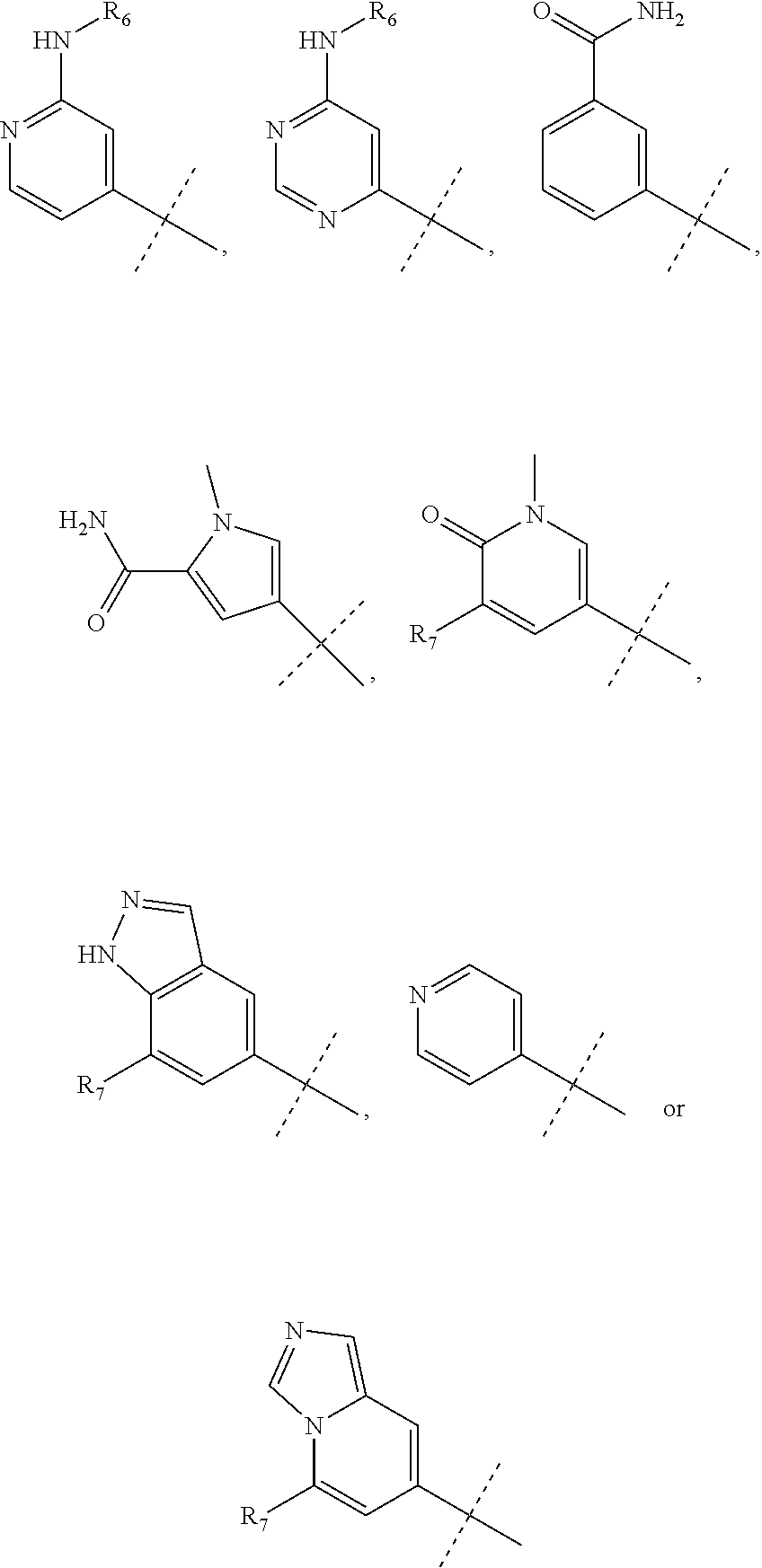
C00171
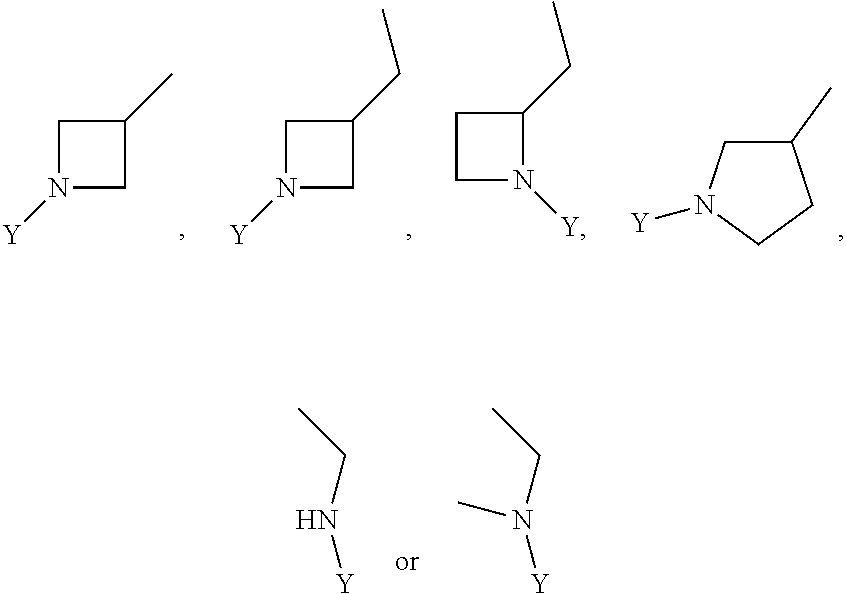
C00172
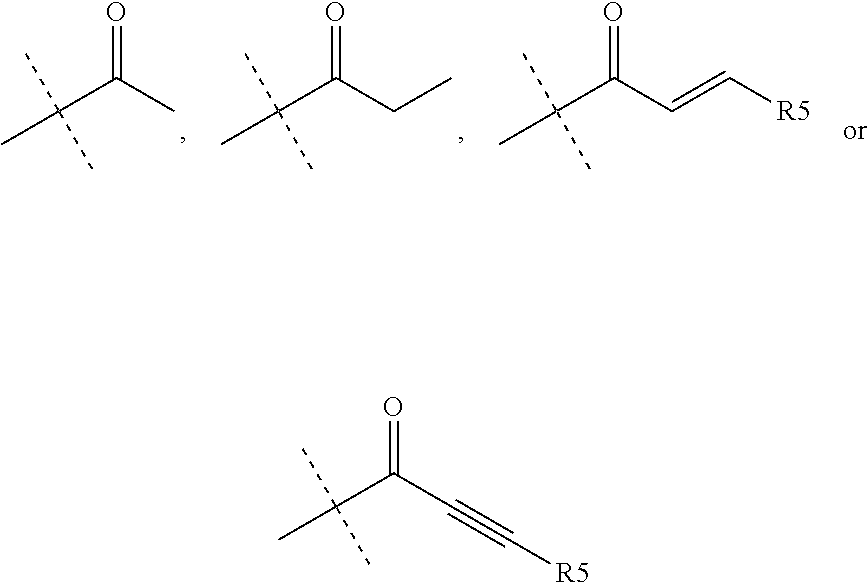
C00173
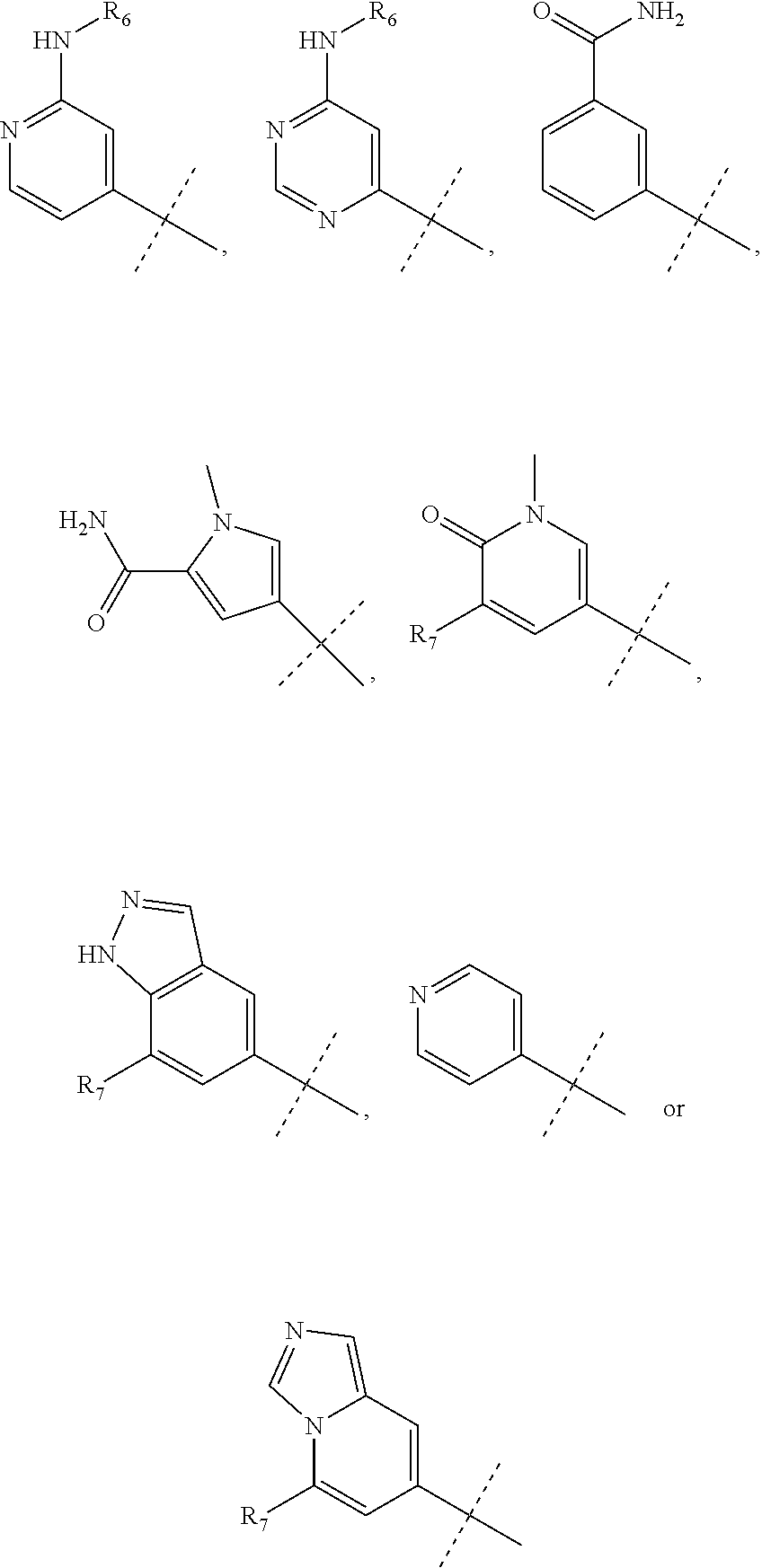
C00174

C00175
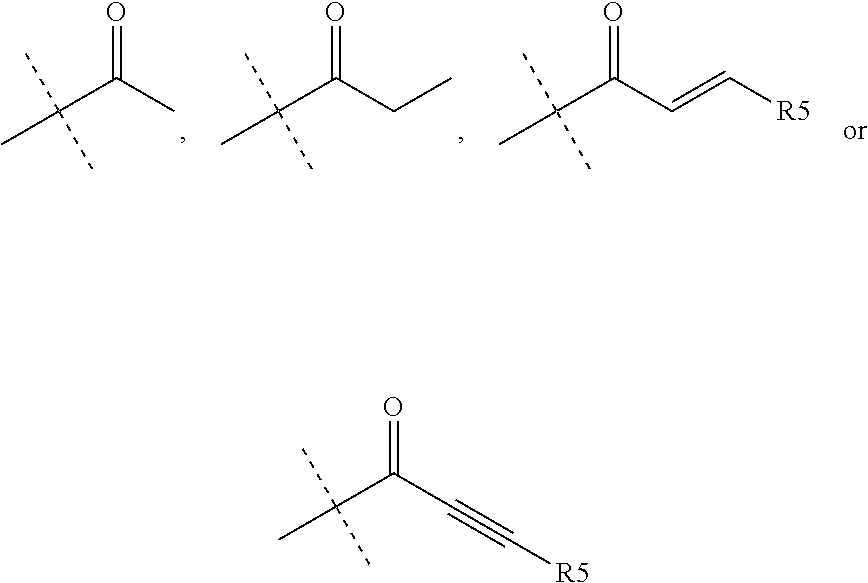
C00176
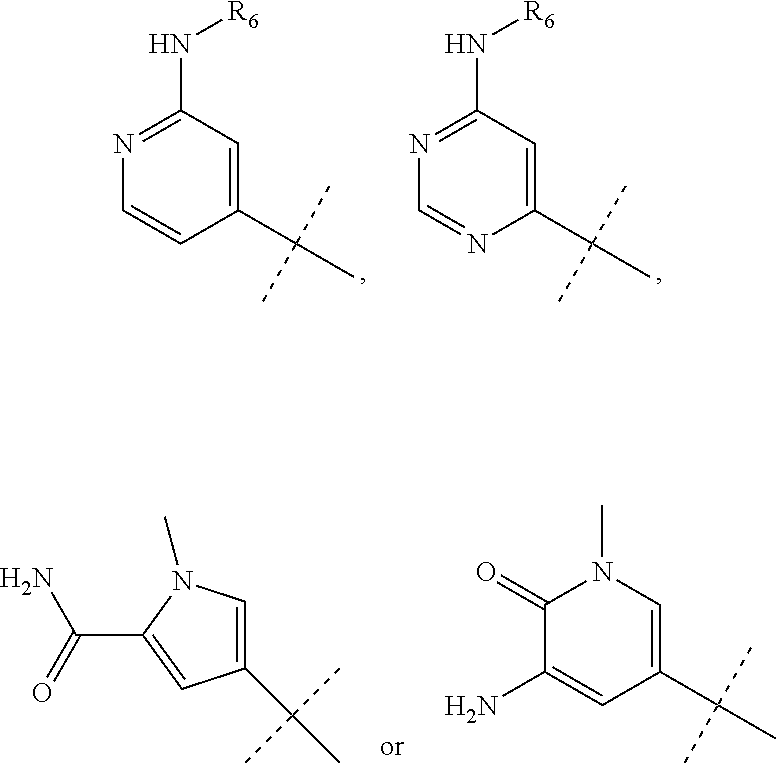
C00177
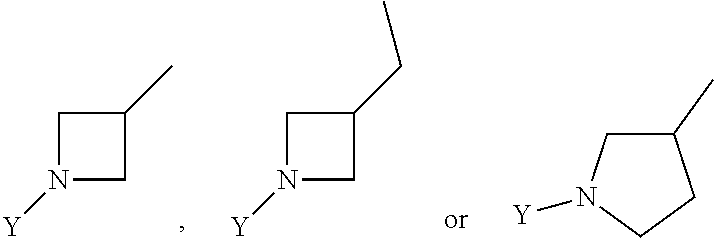
C00178
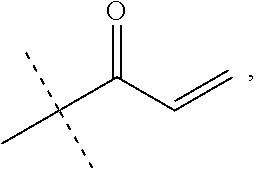
C00179

C00180
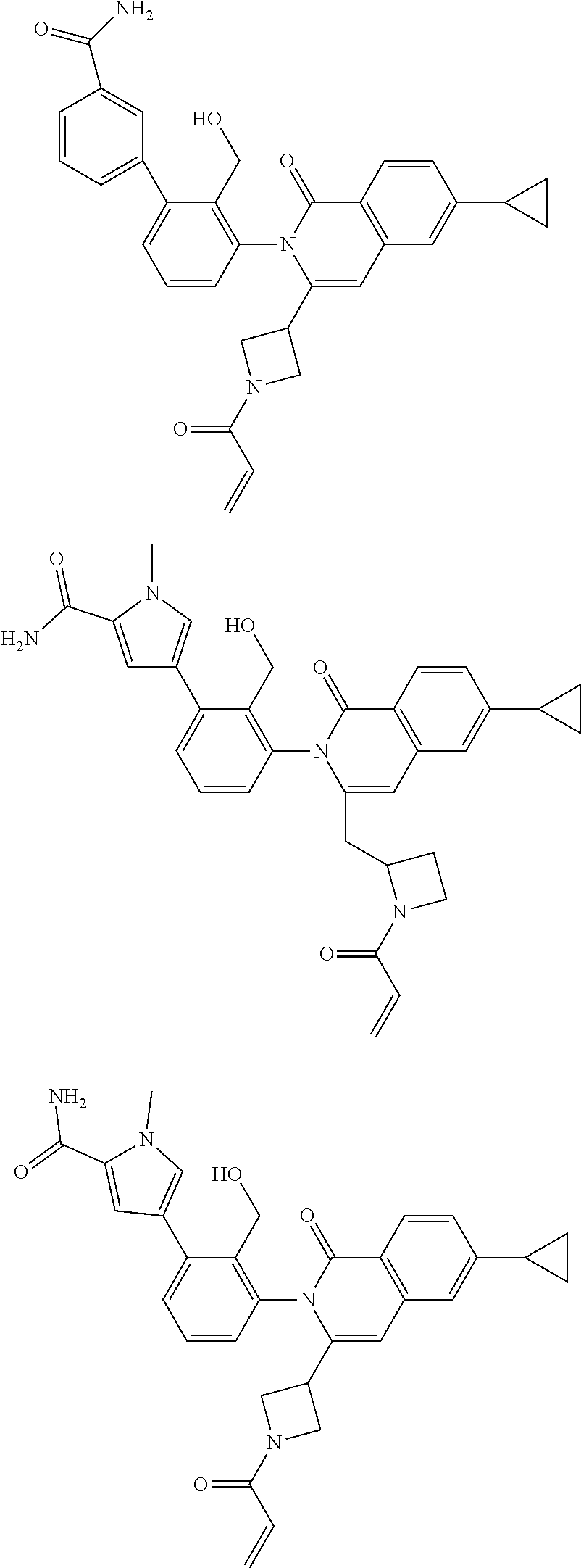
C00181

C00182

C00183

C00184
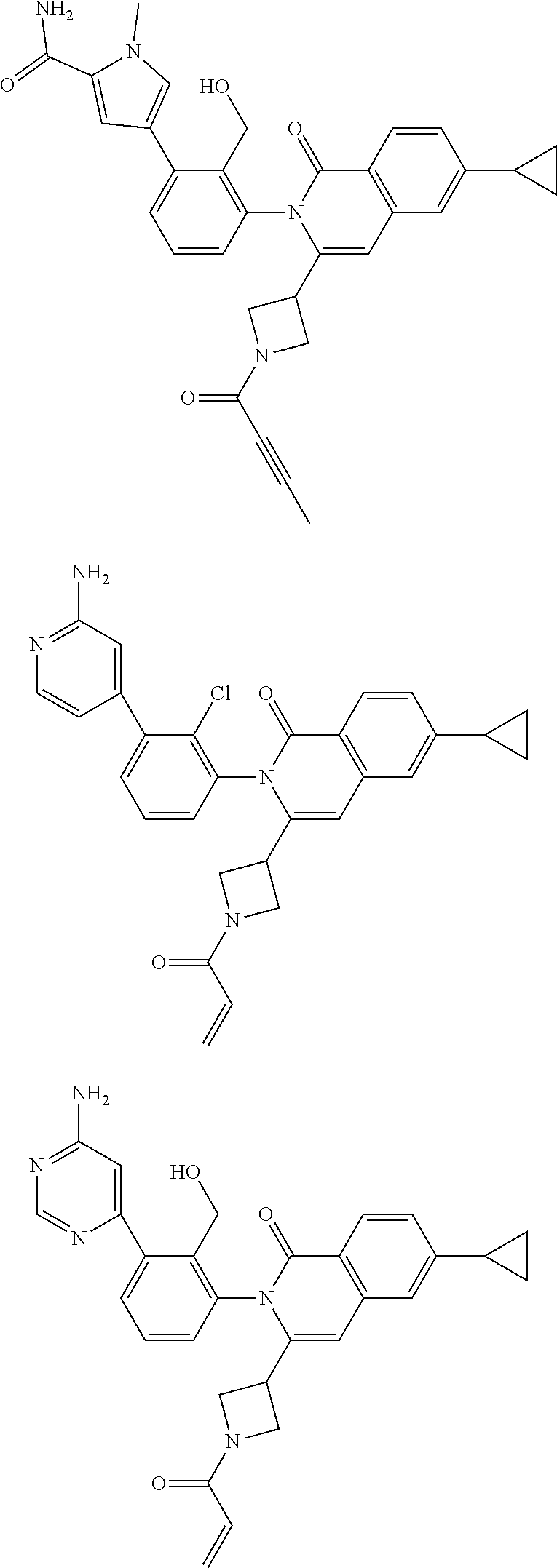
C00185

C00186
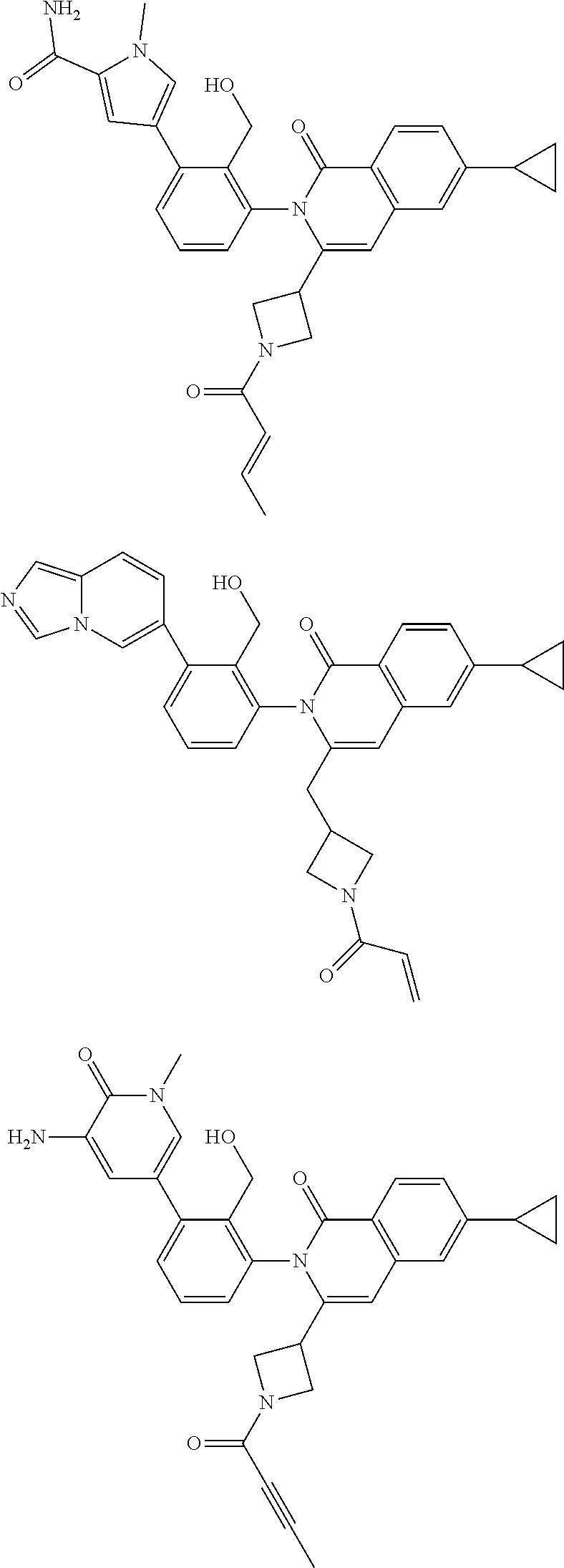
C00187
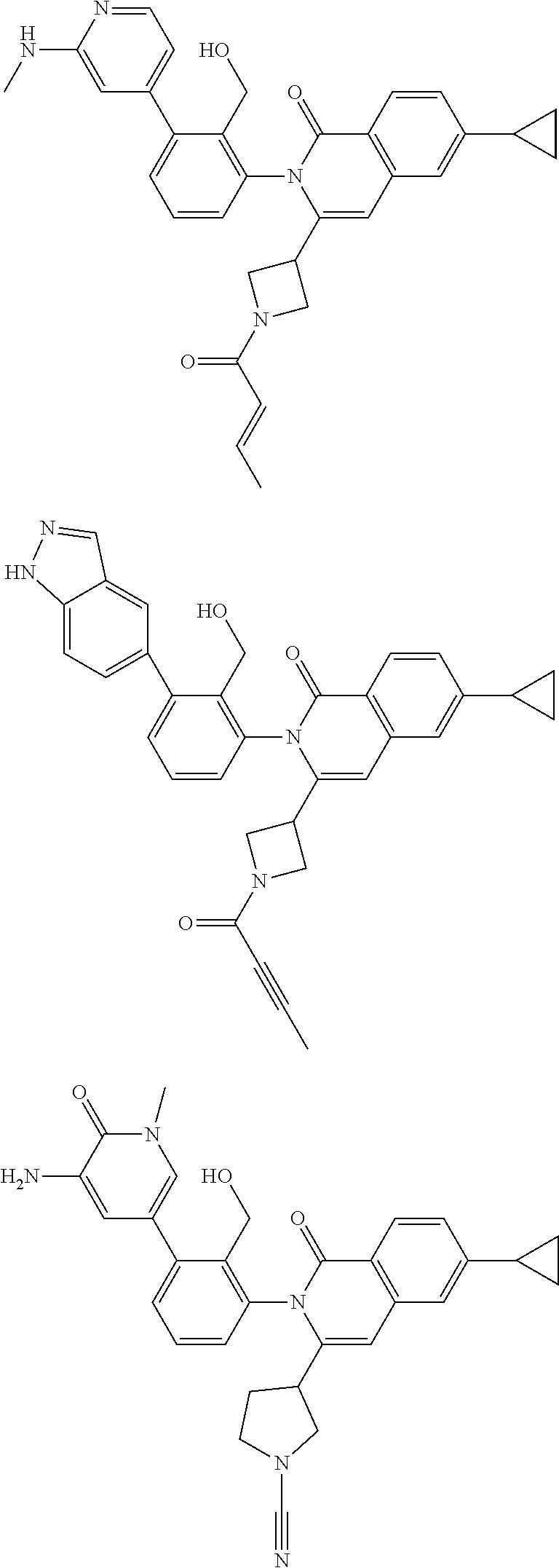
C00188

C00189
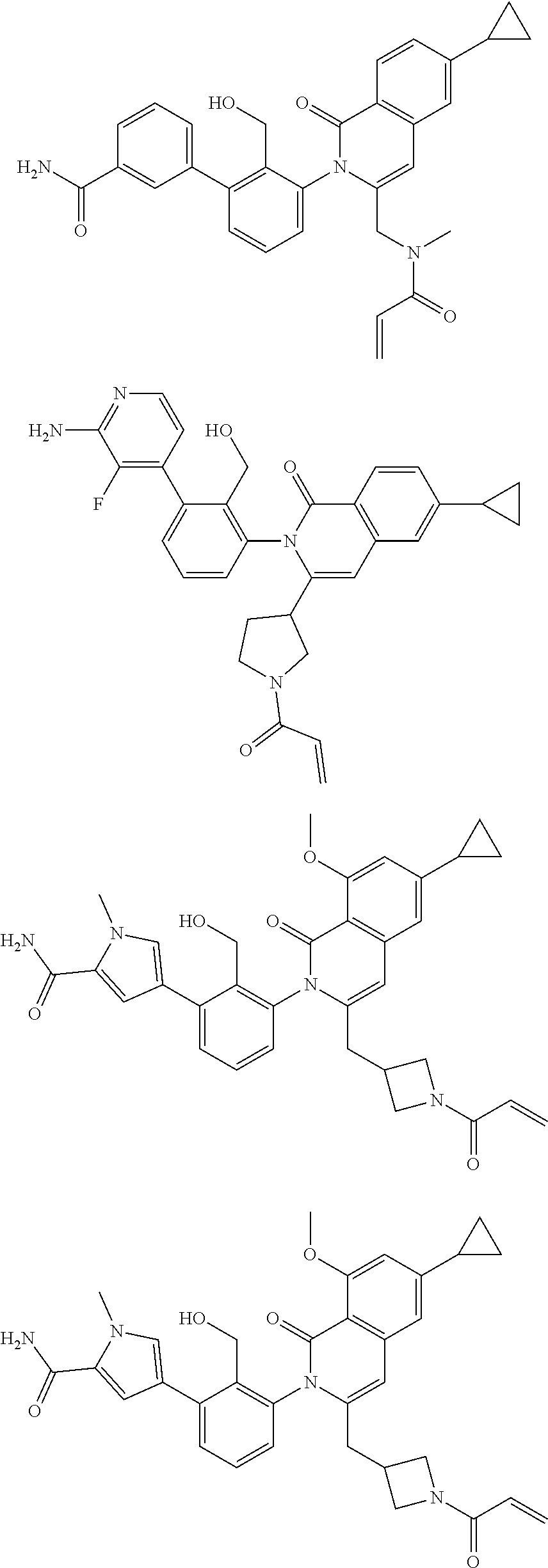
C00190
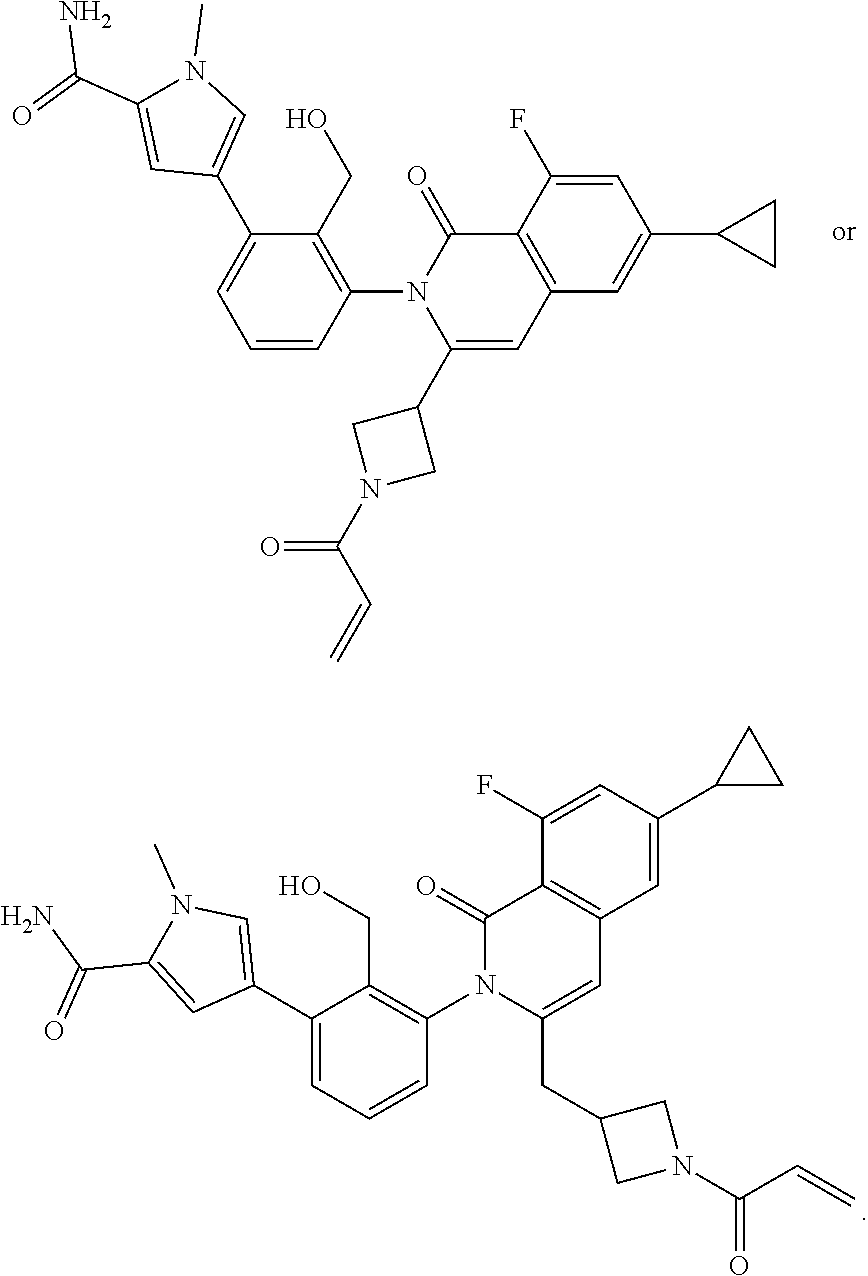
C00191
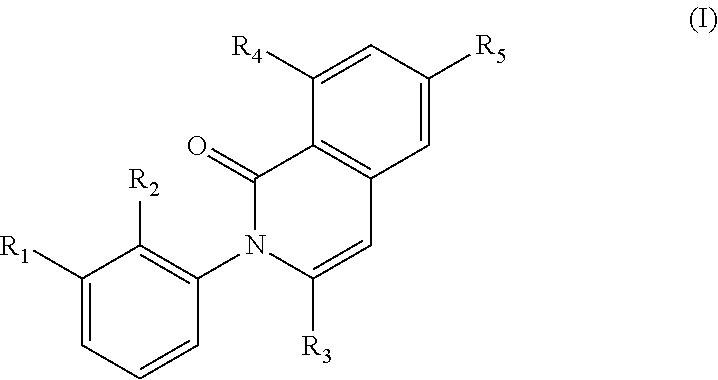
C00192

C00193
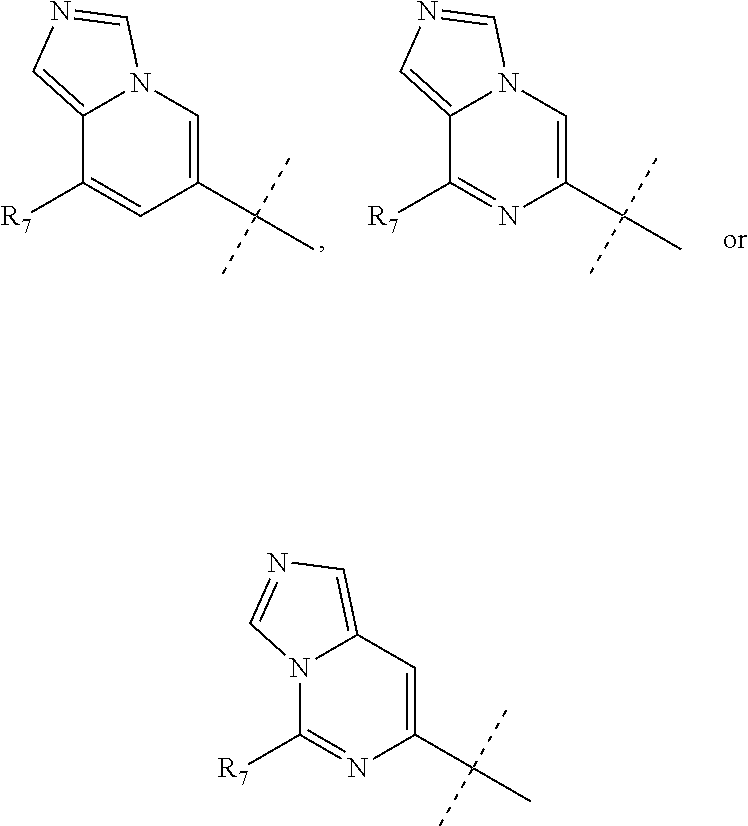
C00194
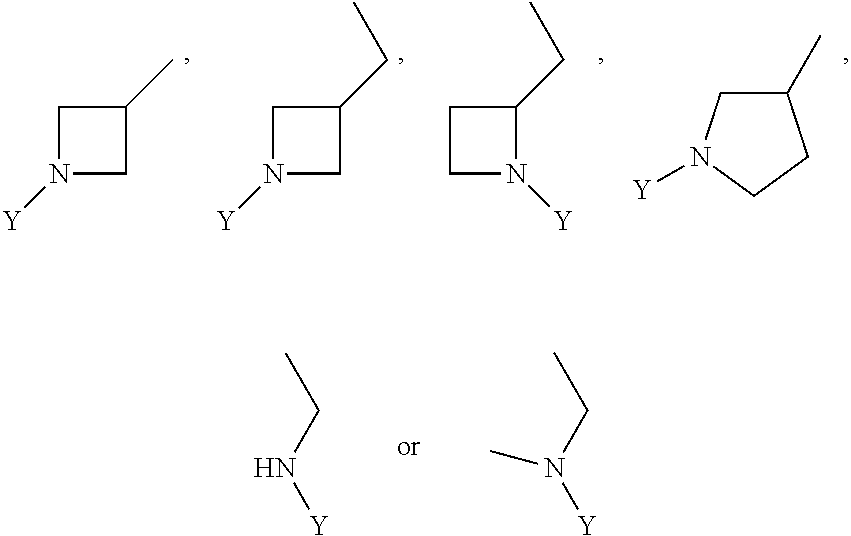
C00195
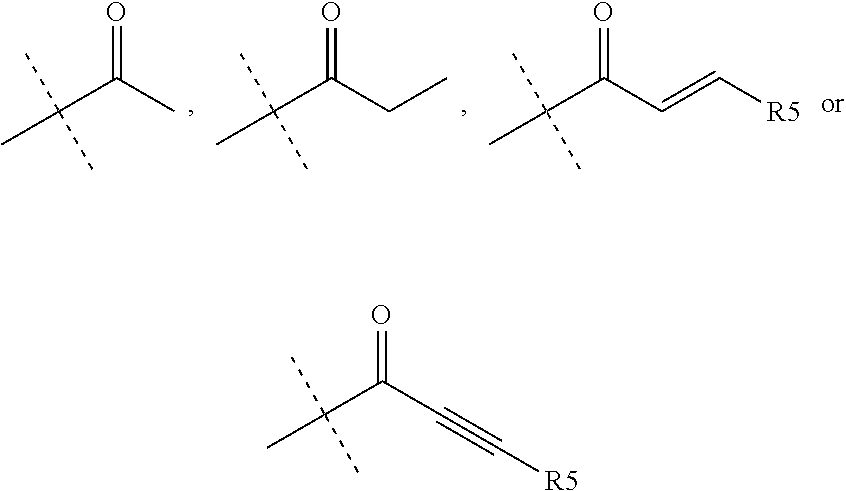
C00196
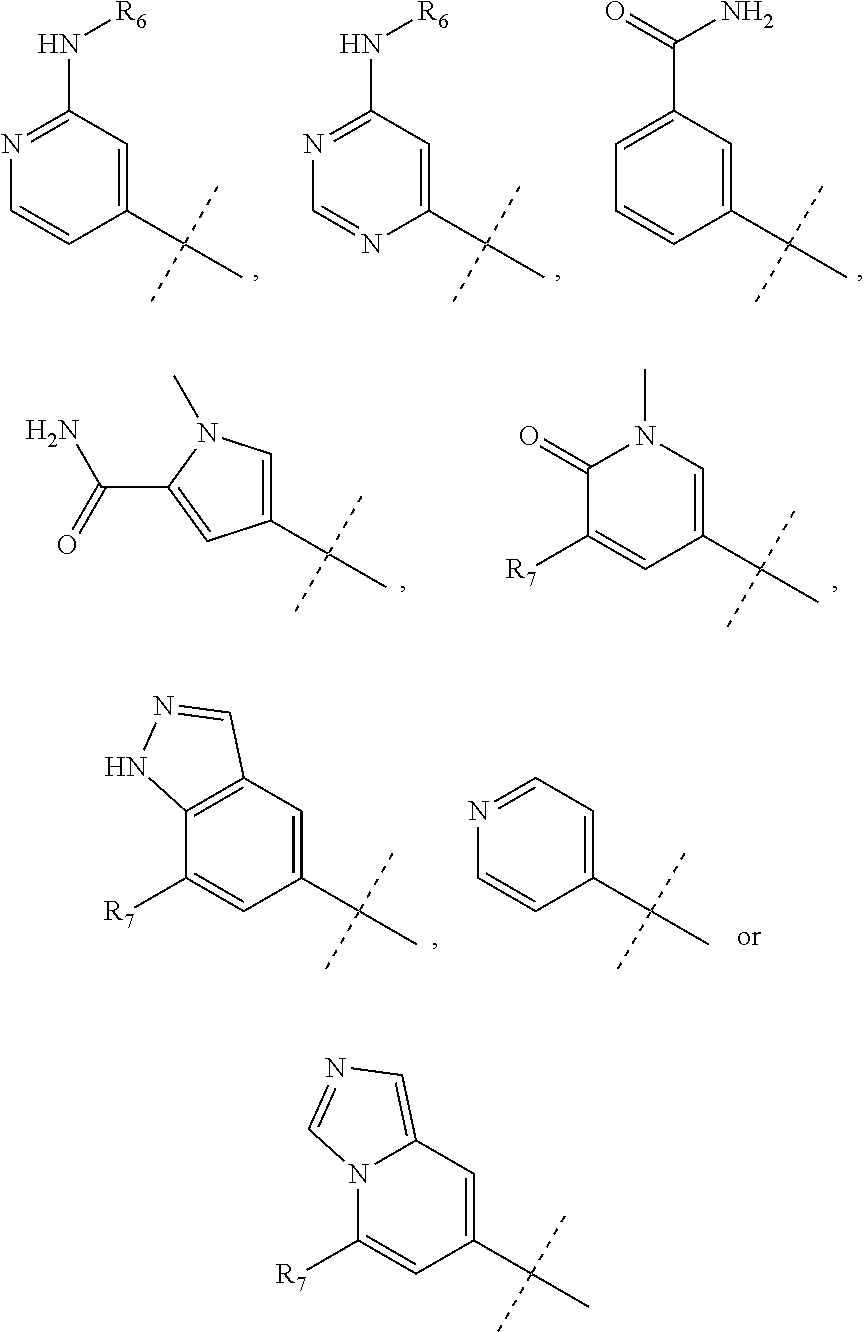
C00197
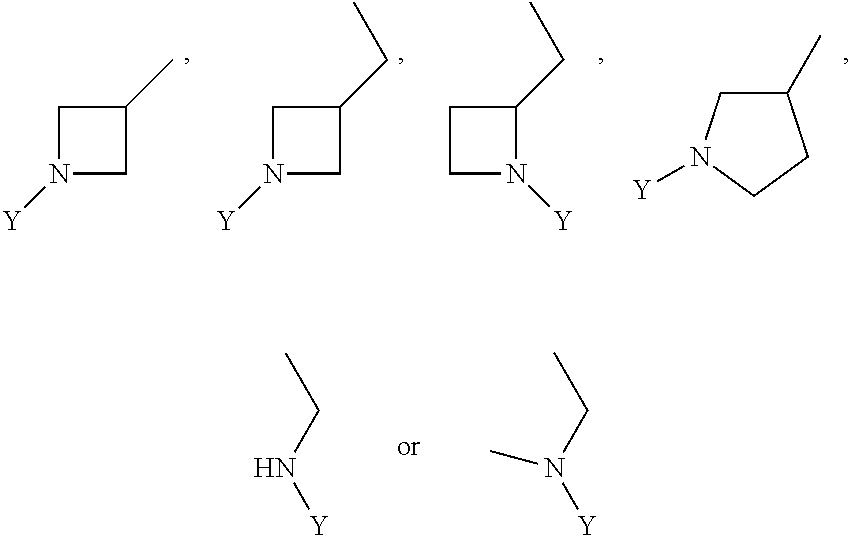
C00198
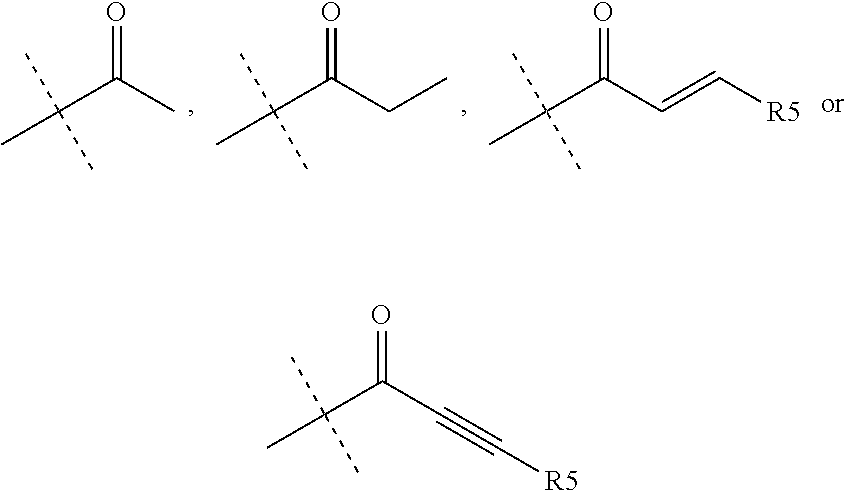
C00199
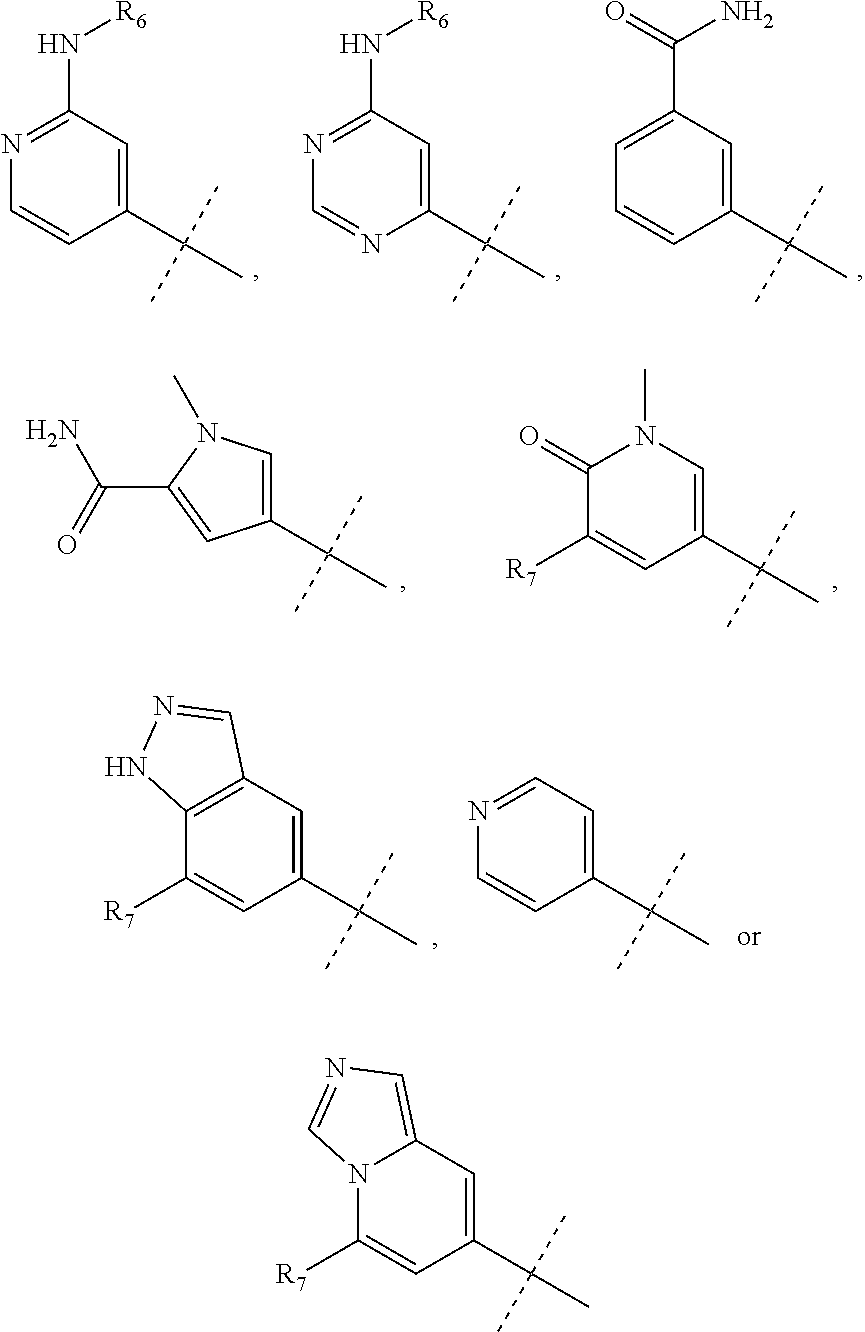
C00200
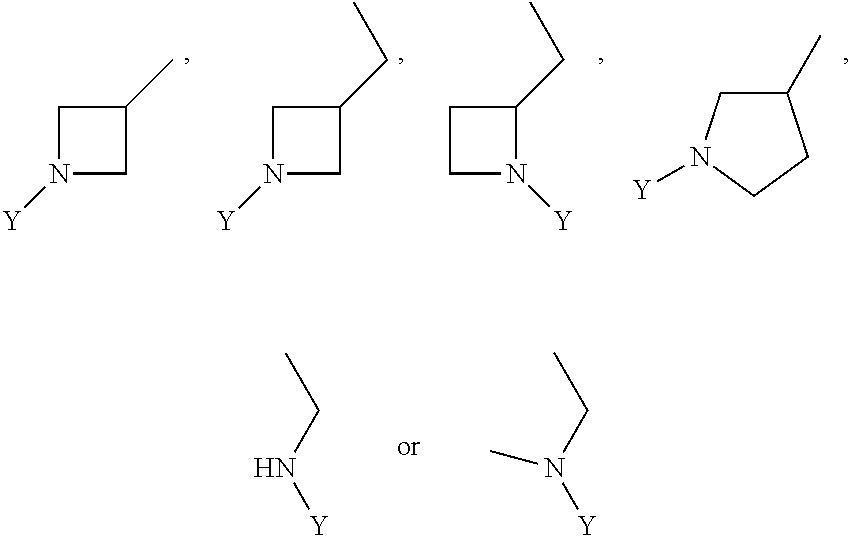
C00201
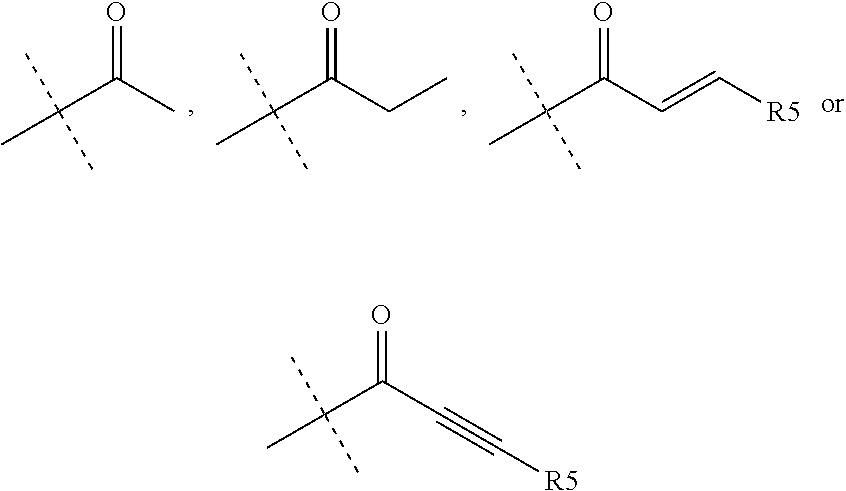
C00202
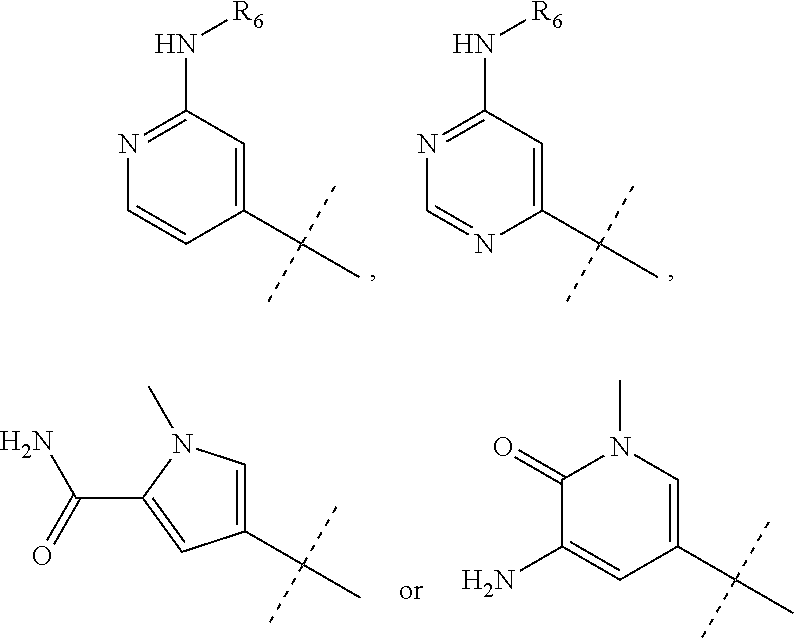
C00203

C00204
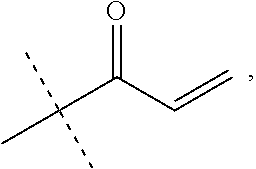
C00205

C00206
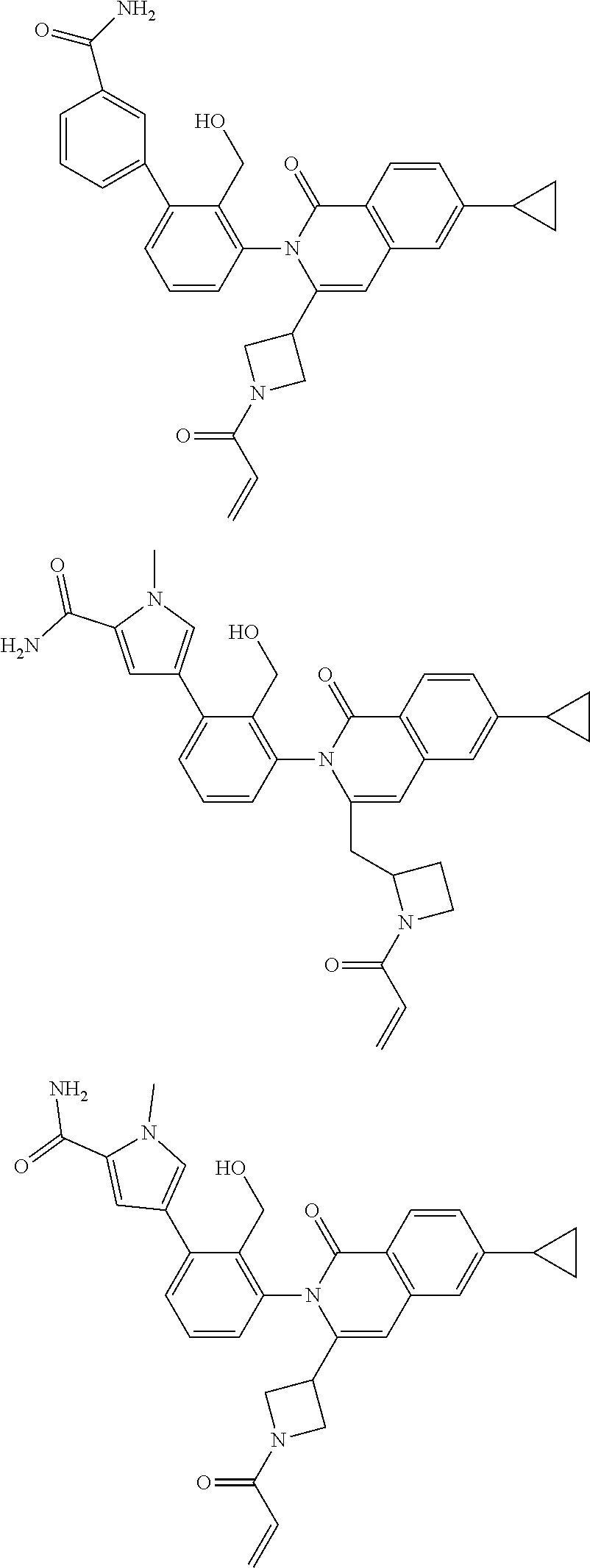
C00207

C00208

C00209

C00210

C00211

C00212
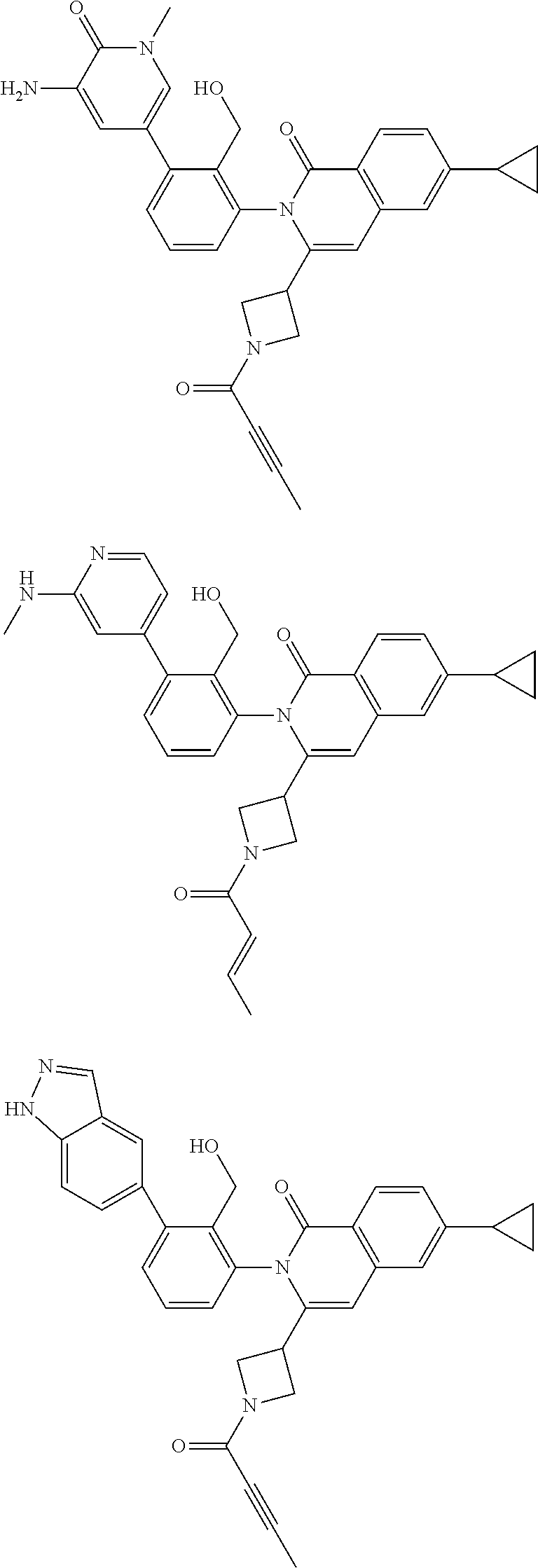
C00213

C00214
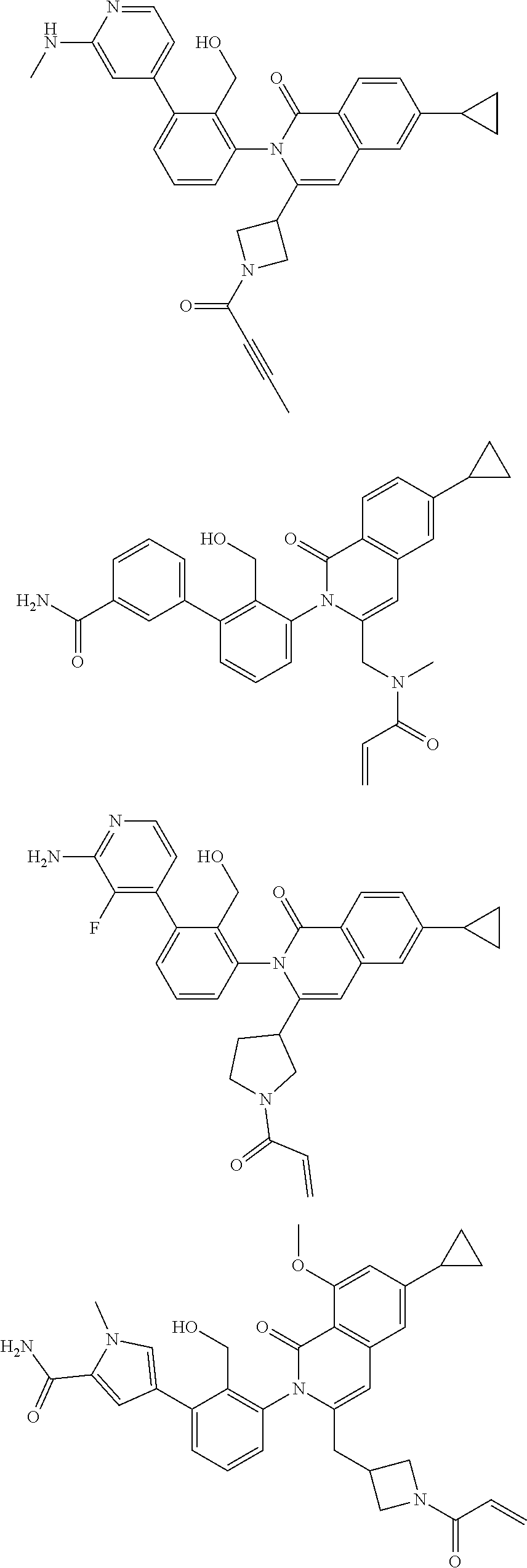
C00215
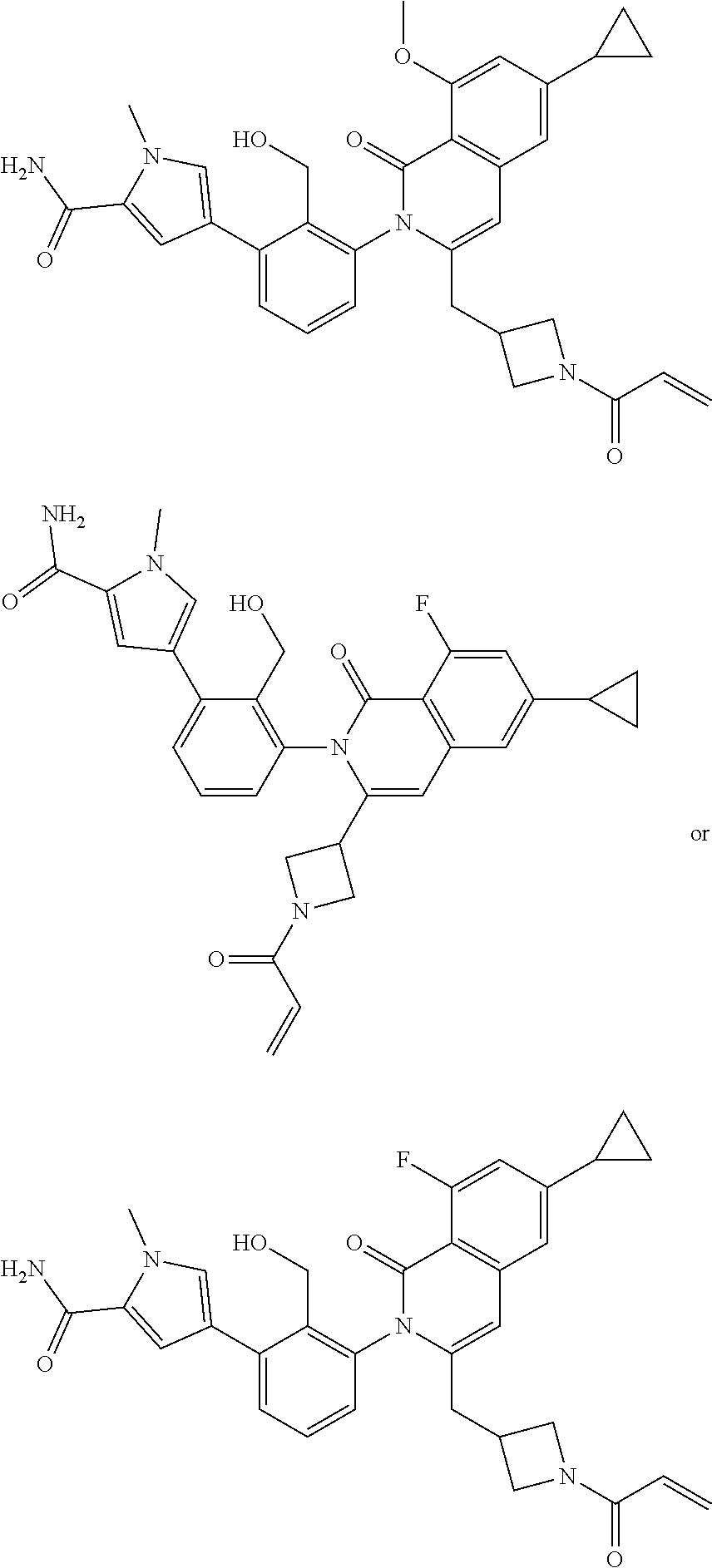
XML
uspto.report is an independent third-party trademark research tool that is not affiliated, endorsed, or sponsored by the United States Patent and Trademark Office (USPTO) or any other governmental organization. The information provided by uspto.report is based on publicly available data at the time of writing and is intended for informational purposes only.
While we strive to provide accurate and up-to-date information, we do not guarantee the accuracy, completeness, reliability, or suitability of the information displayed on this site. The use of this site is at your own risk. Any reliance you place on such information is therefore strictly at your own risk.
All official trademark data, including owner information, should be verified by visiting the official USPTO website at www.uspto.gov. This site is not intended to replace professional legal advice and should not be used as a substitute for consulting with a legal professional who is knowledgeable about trademark law.